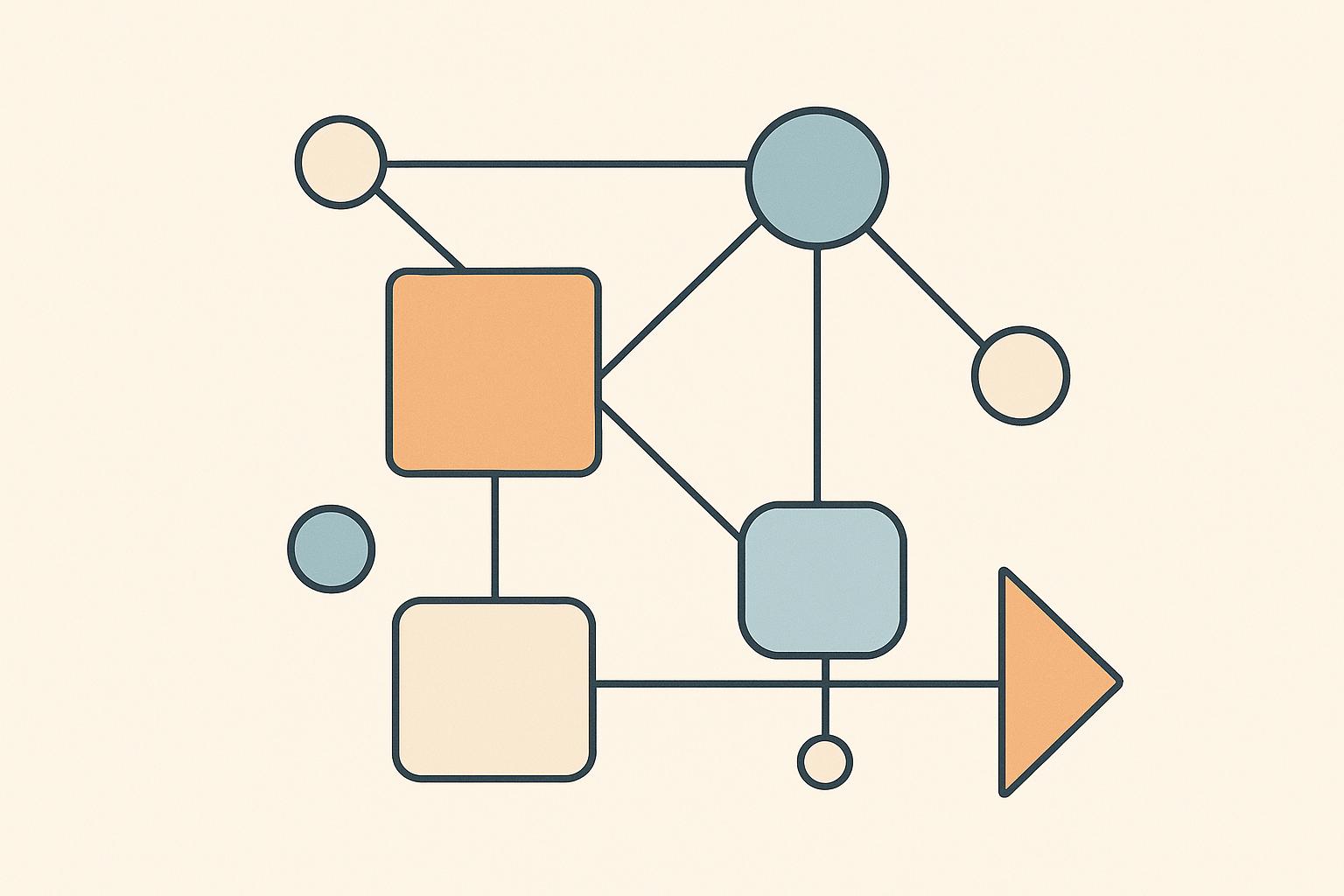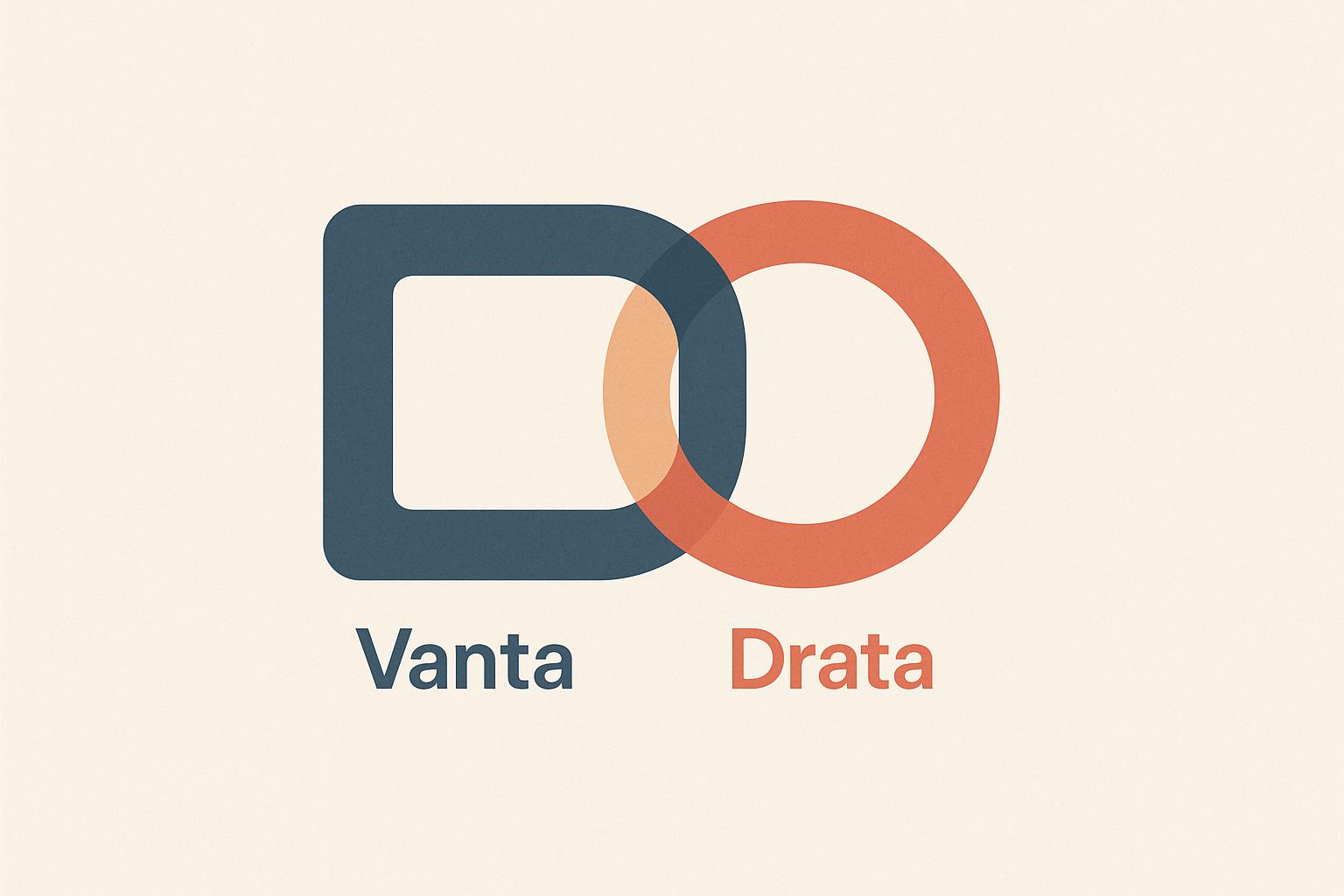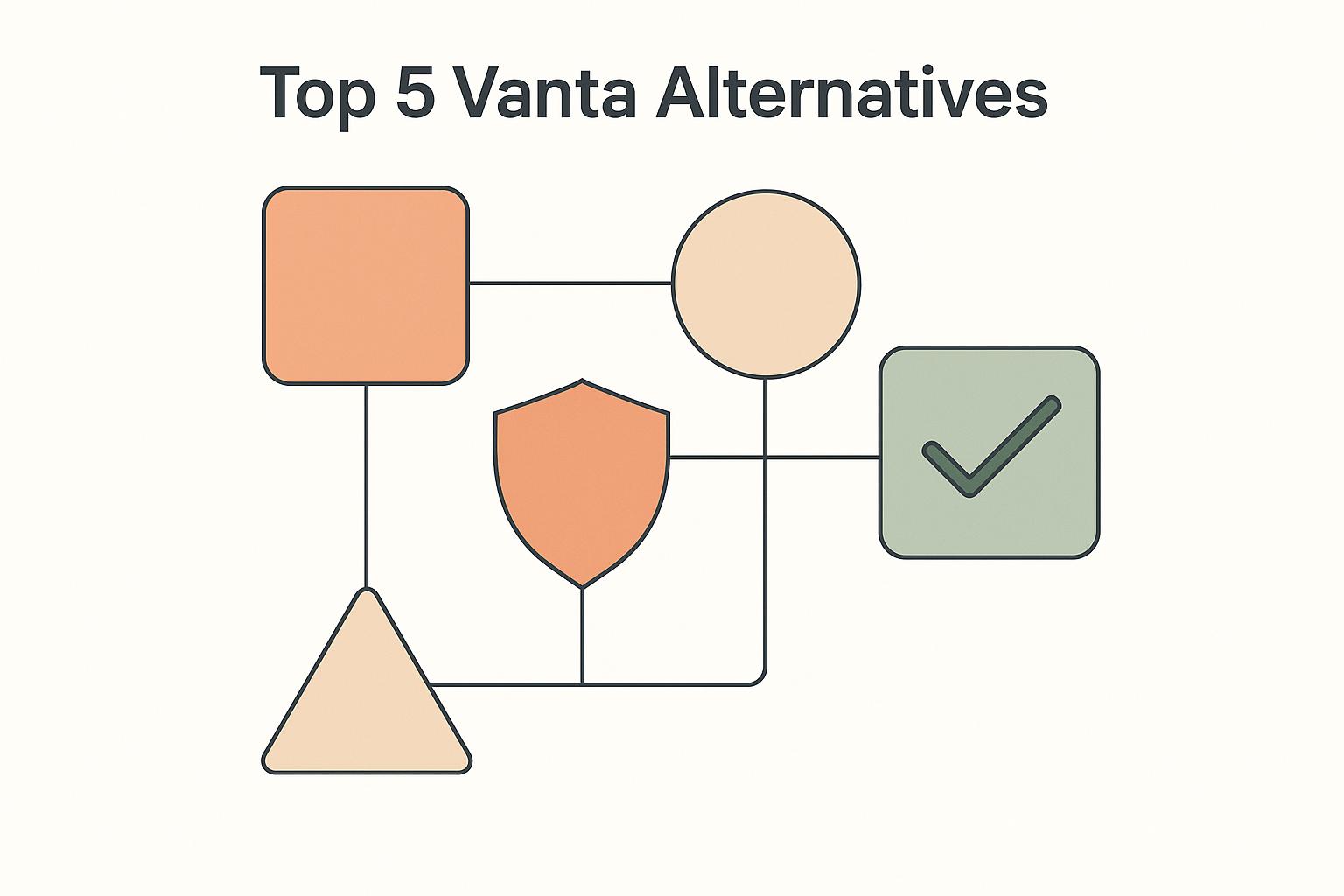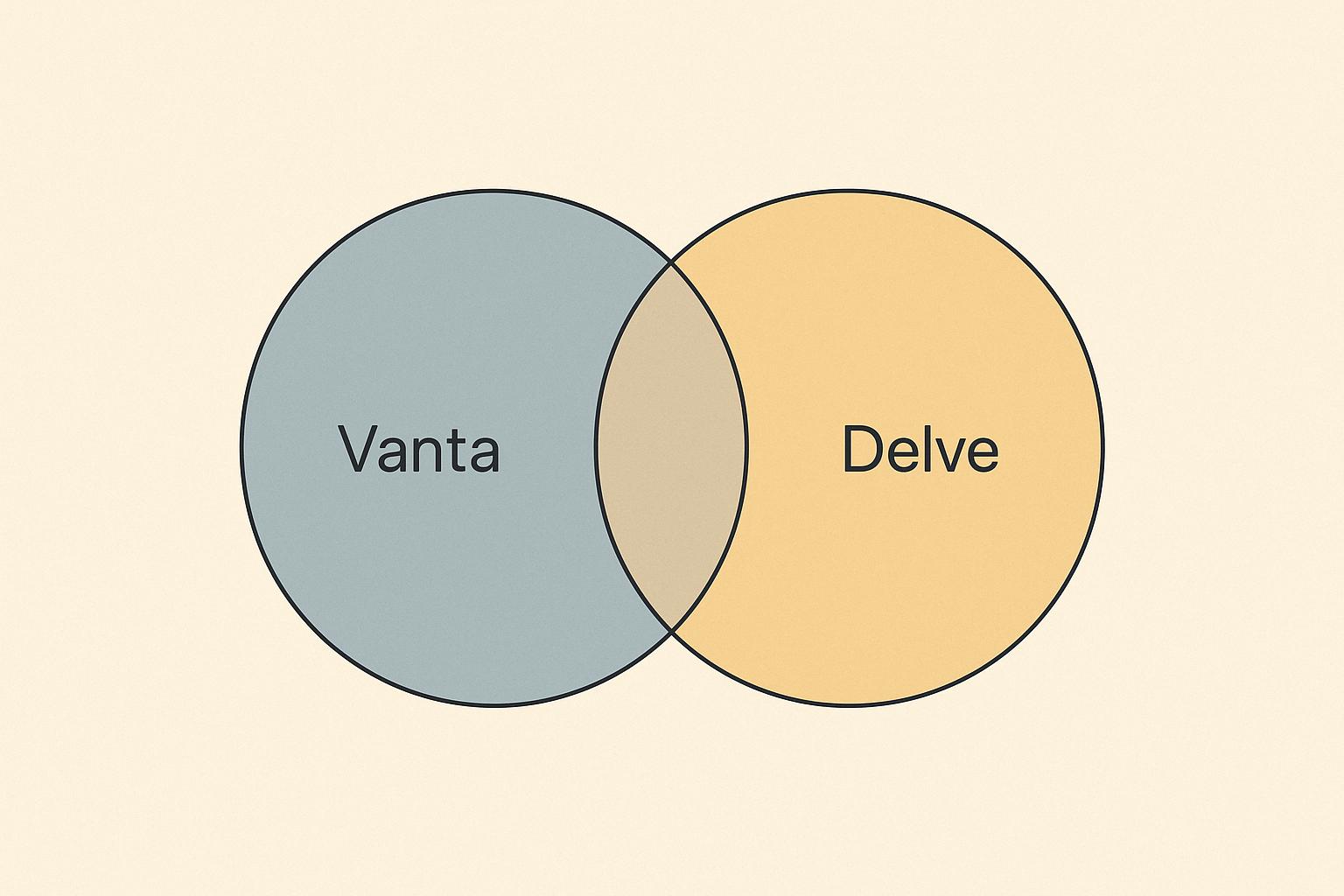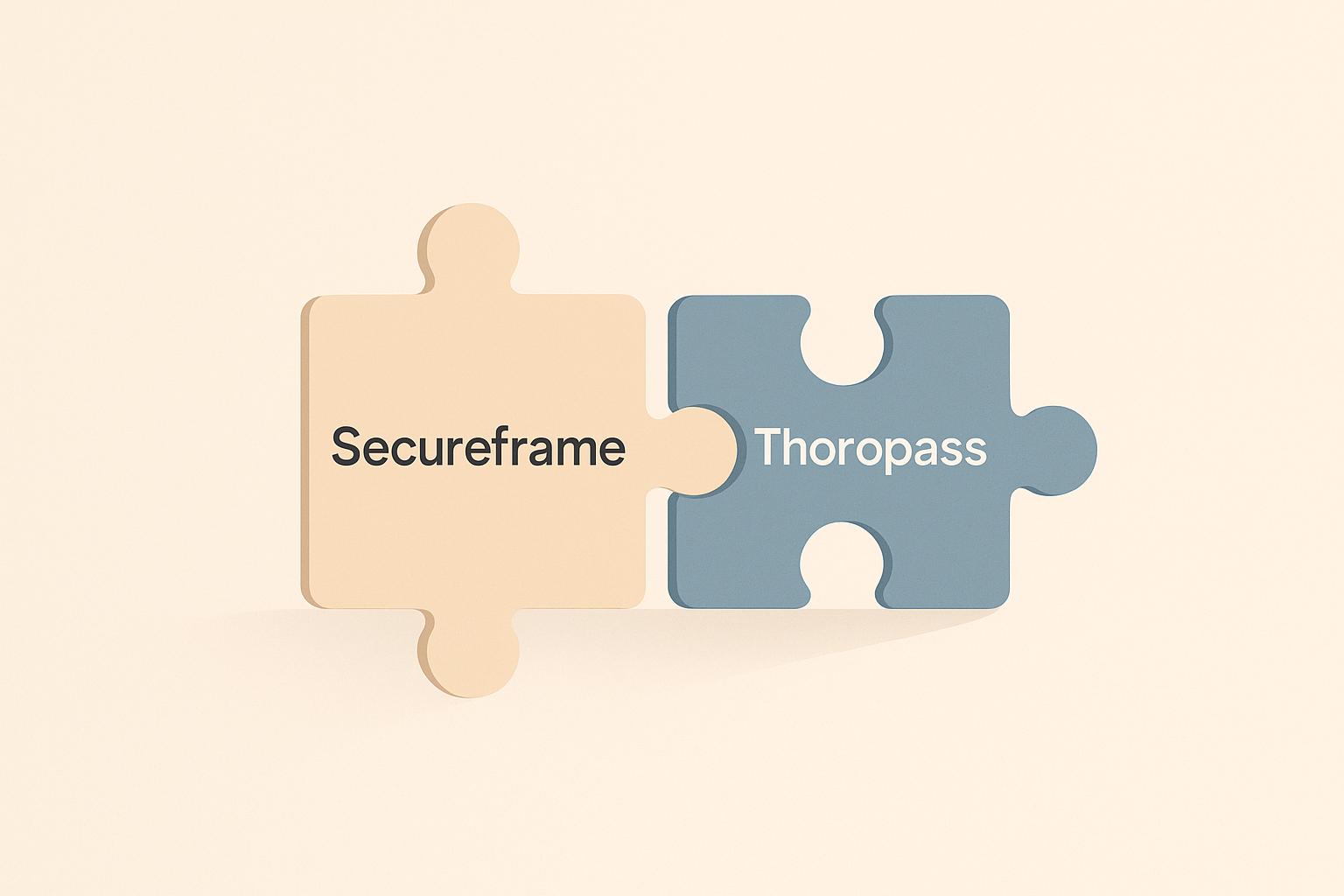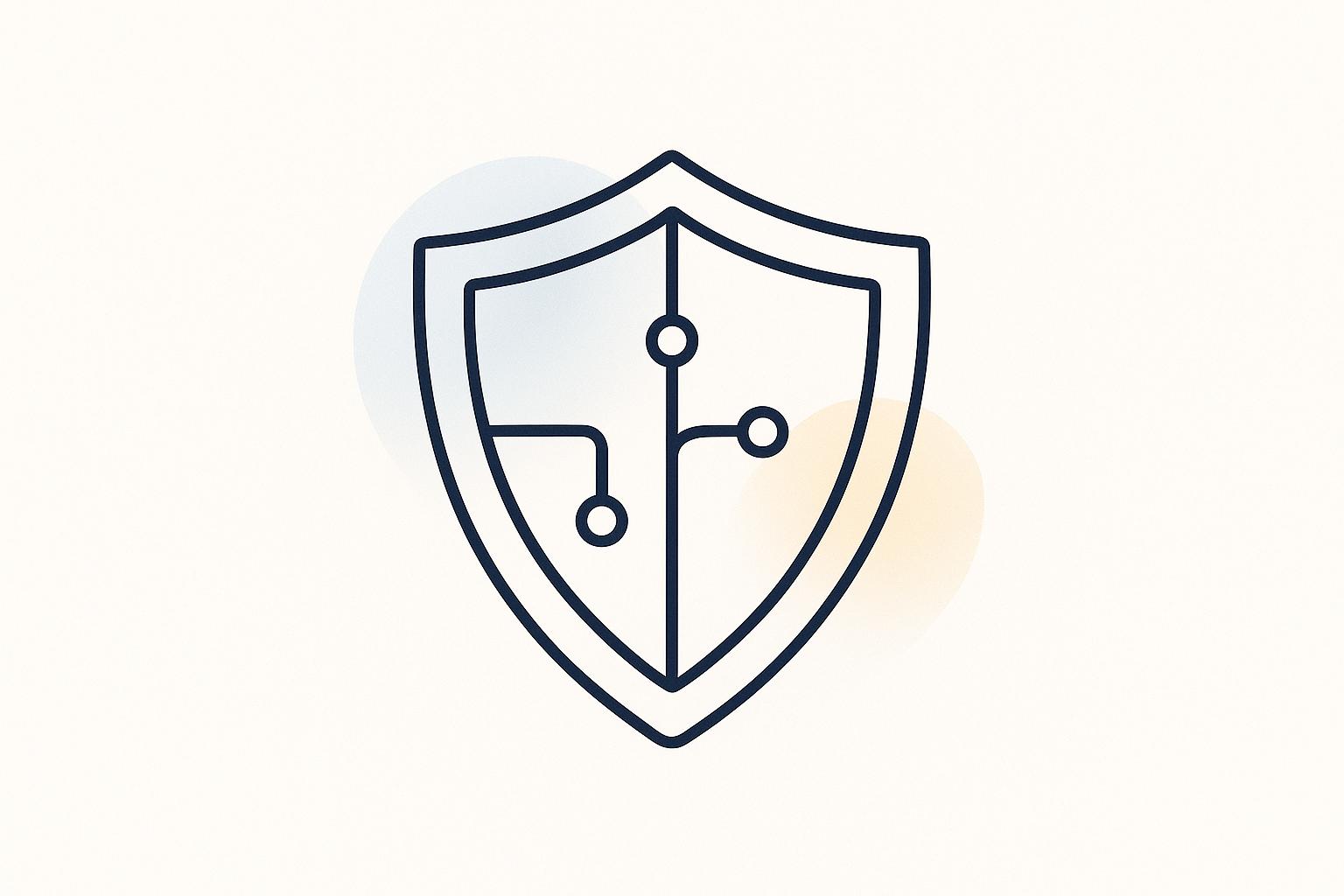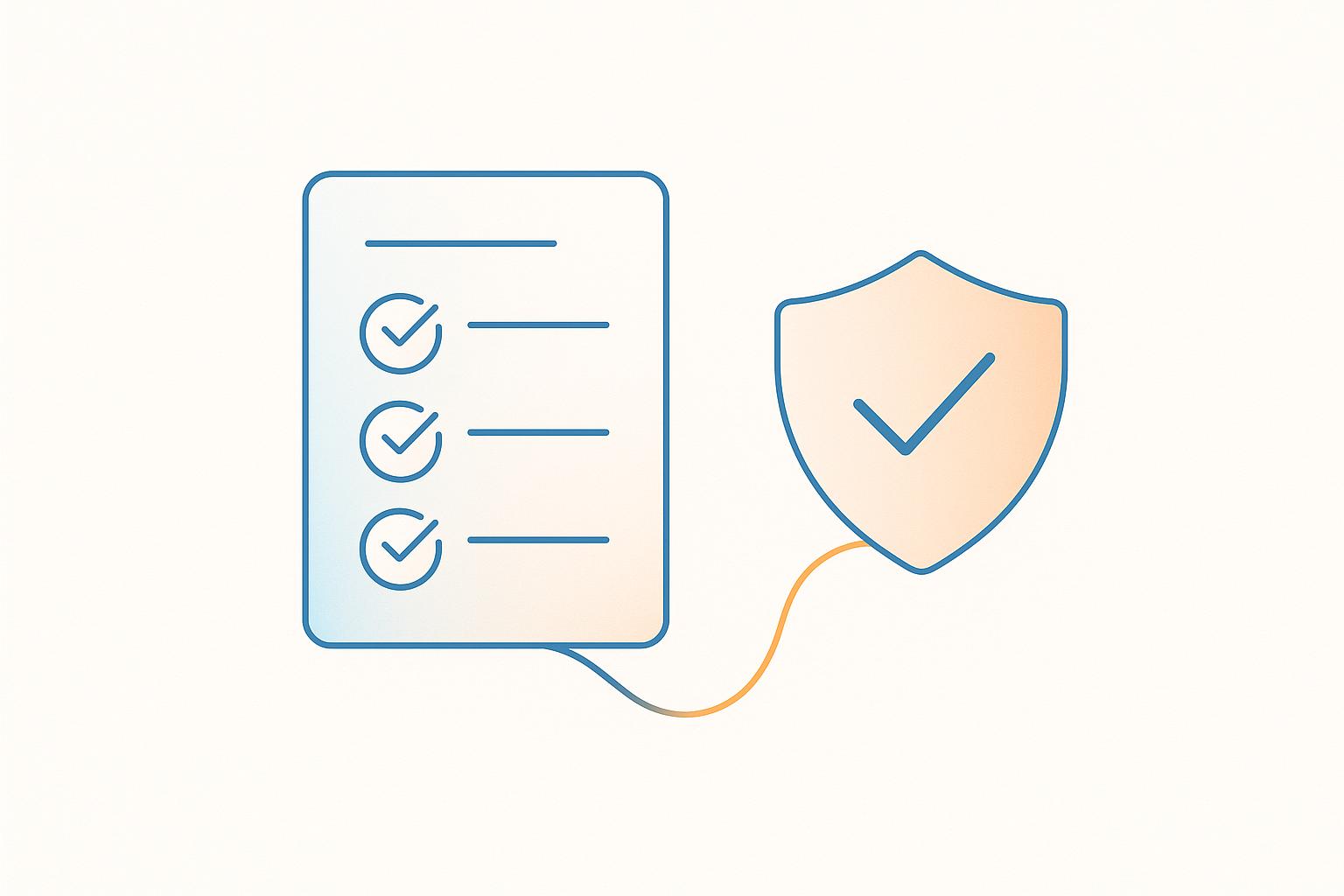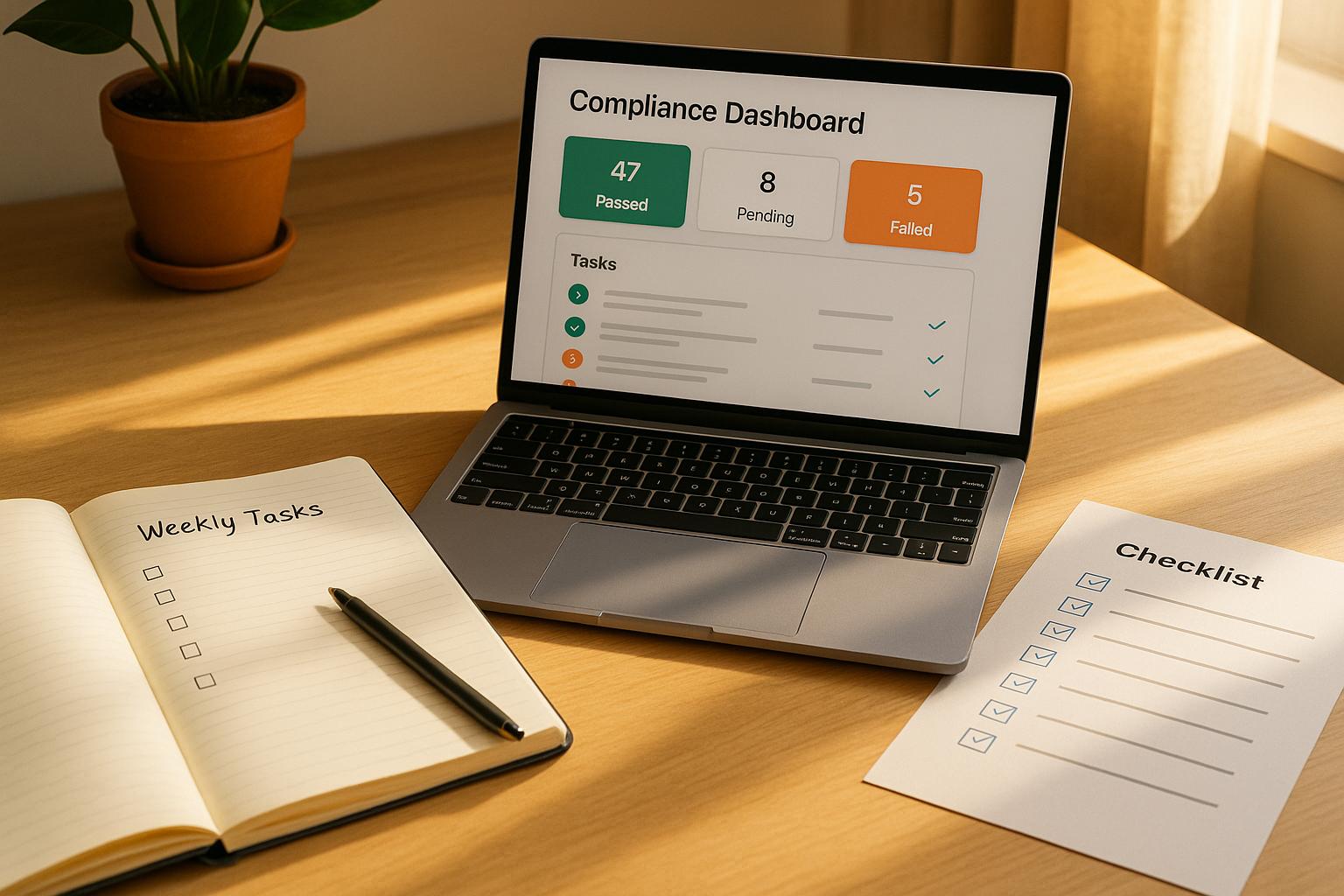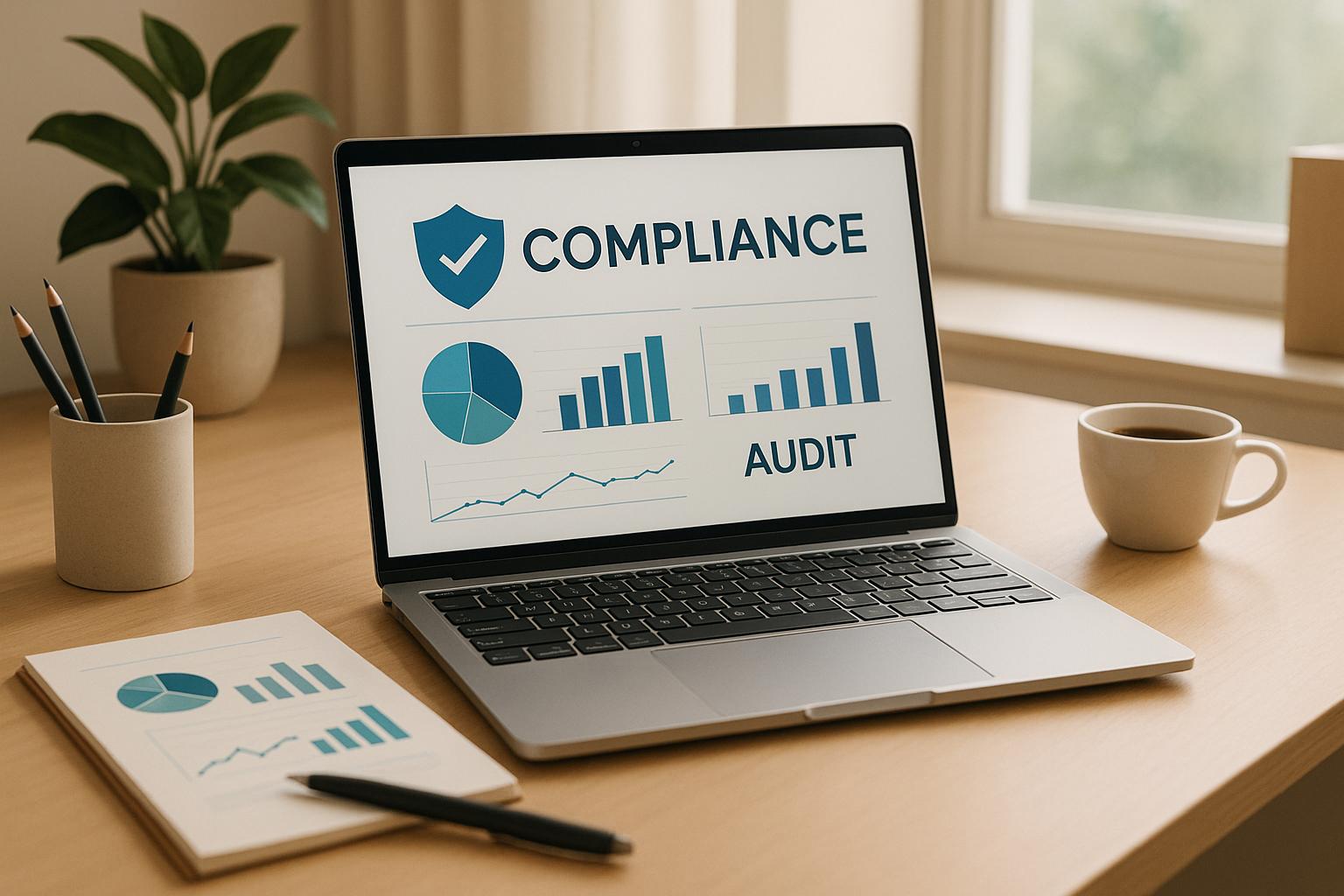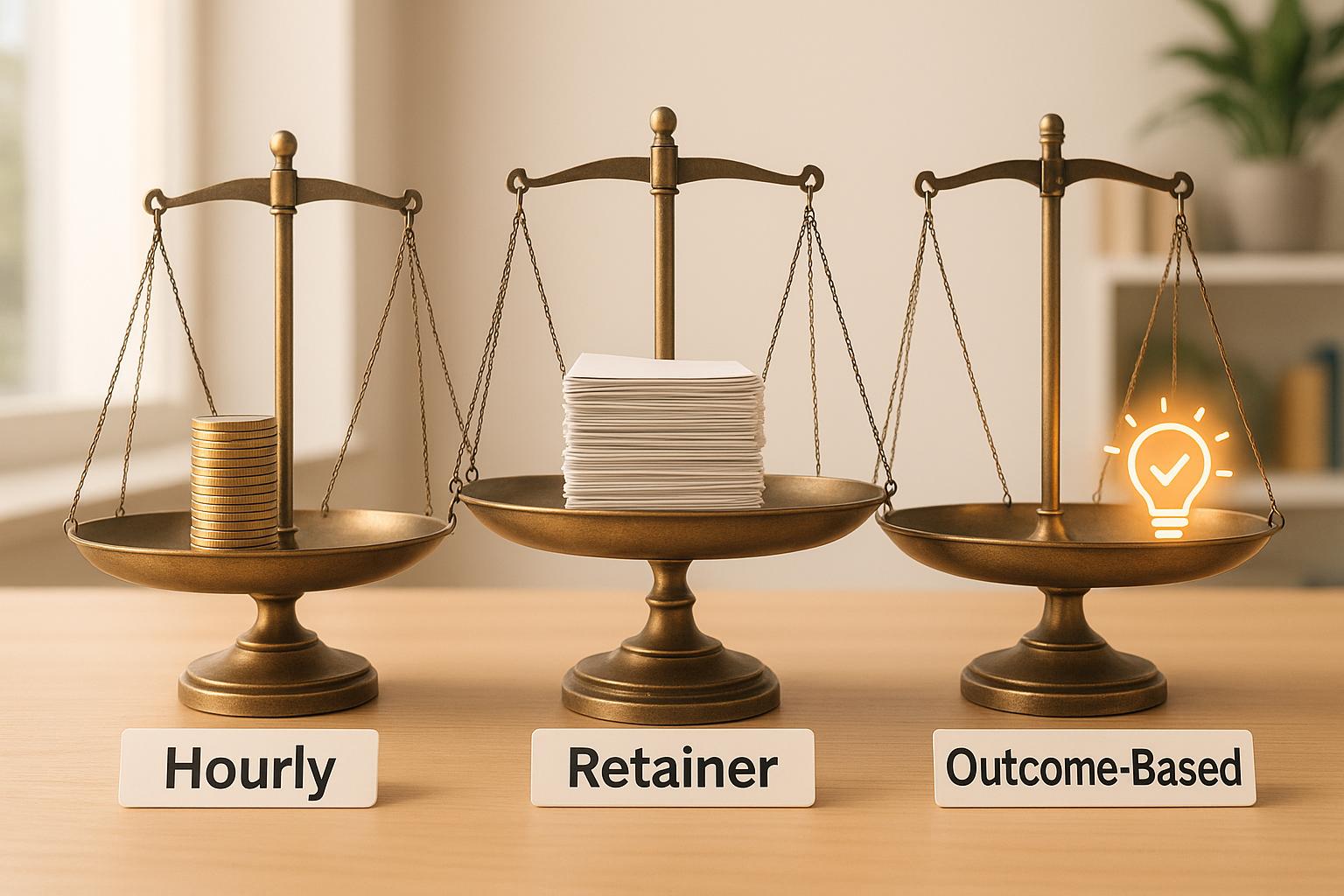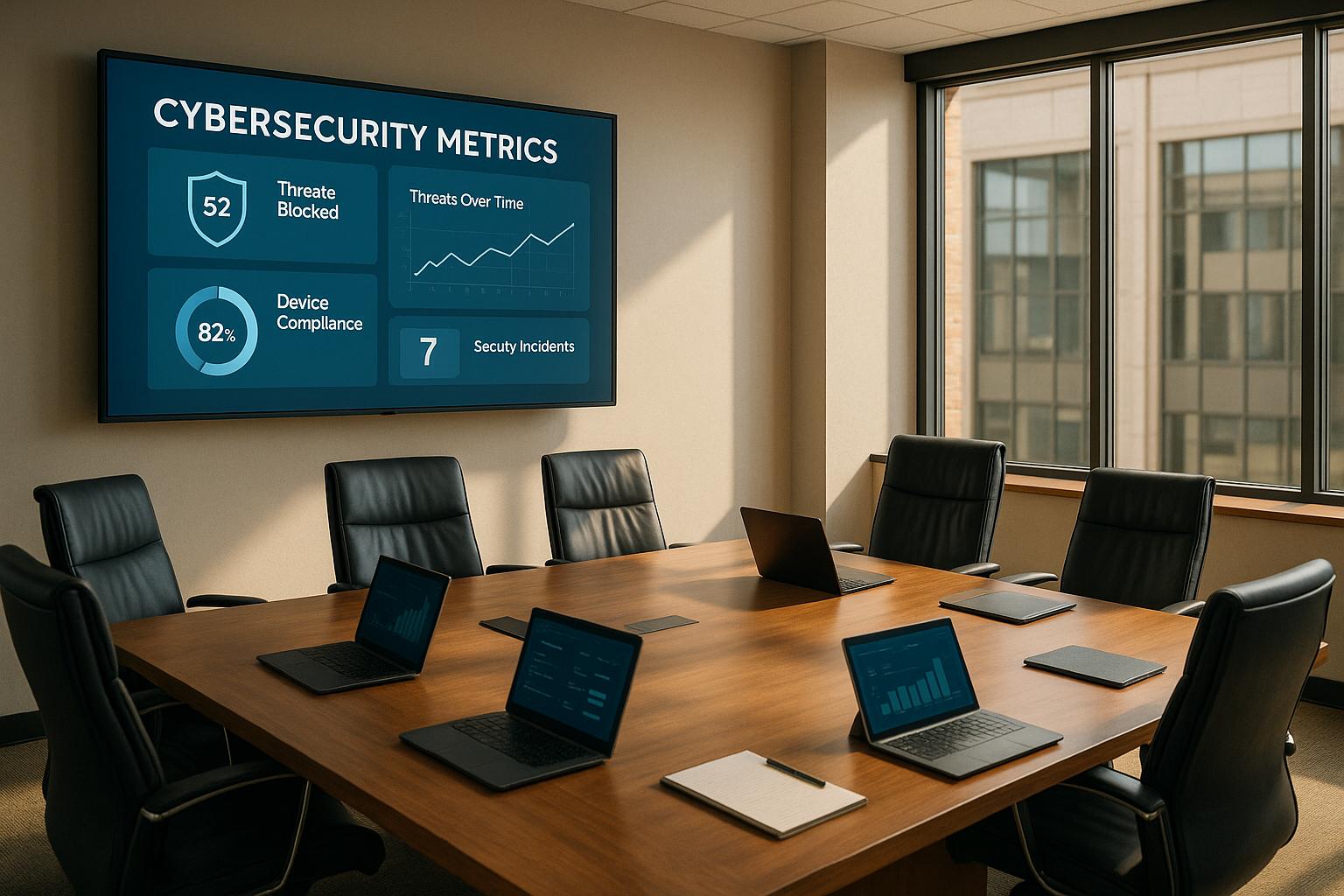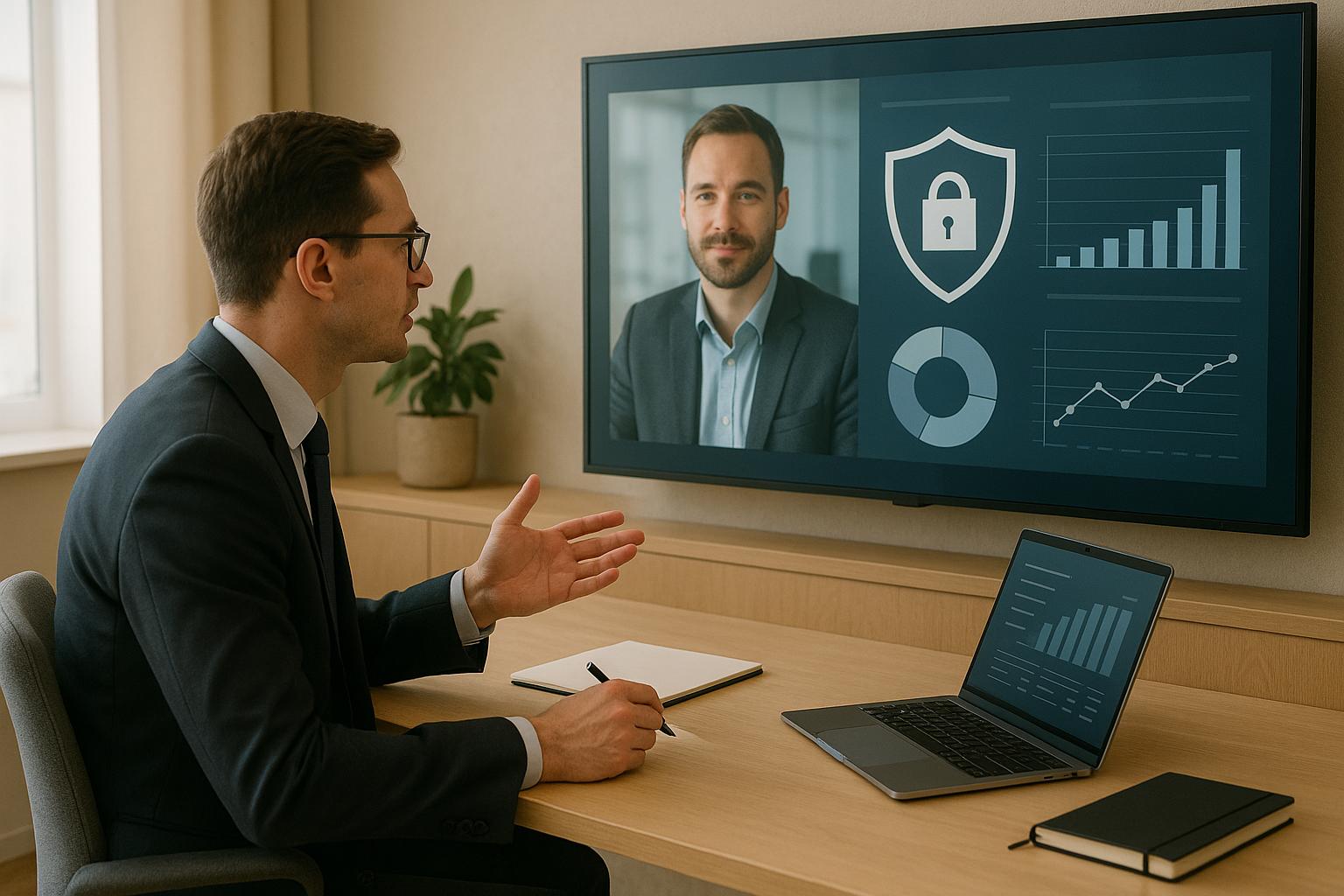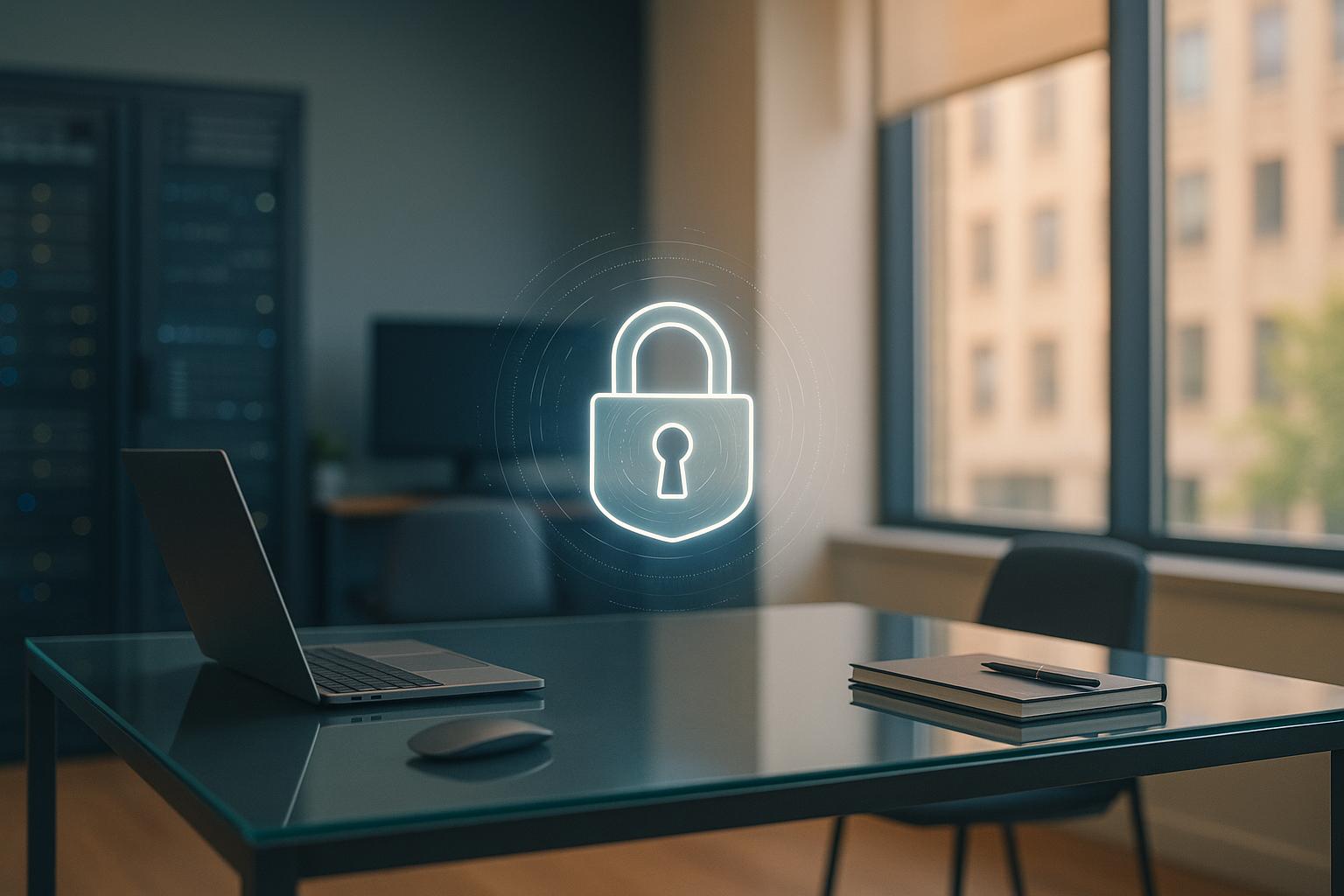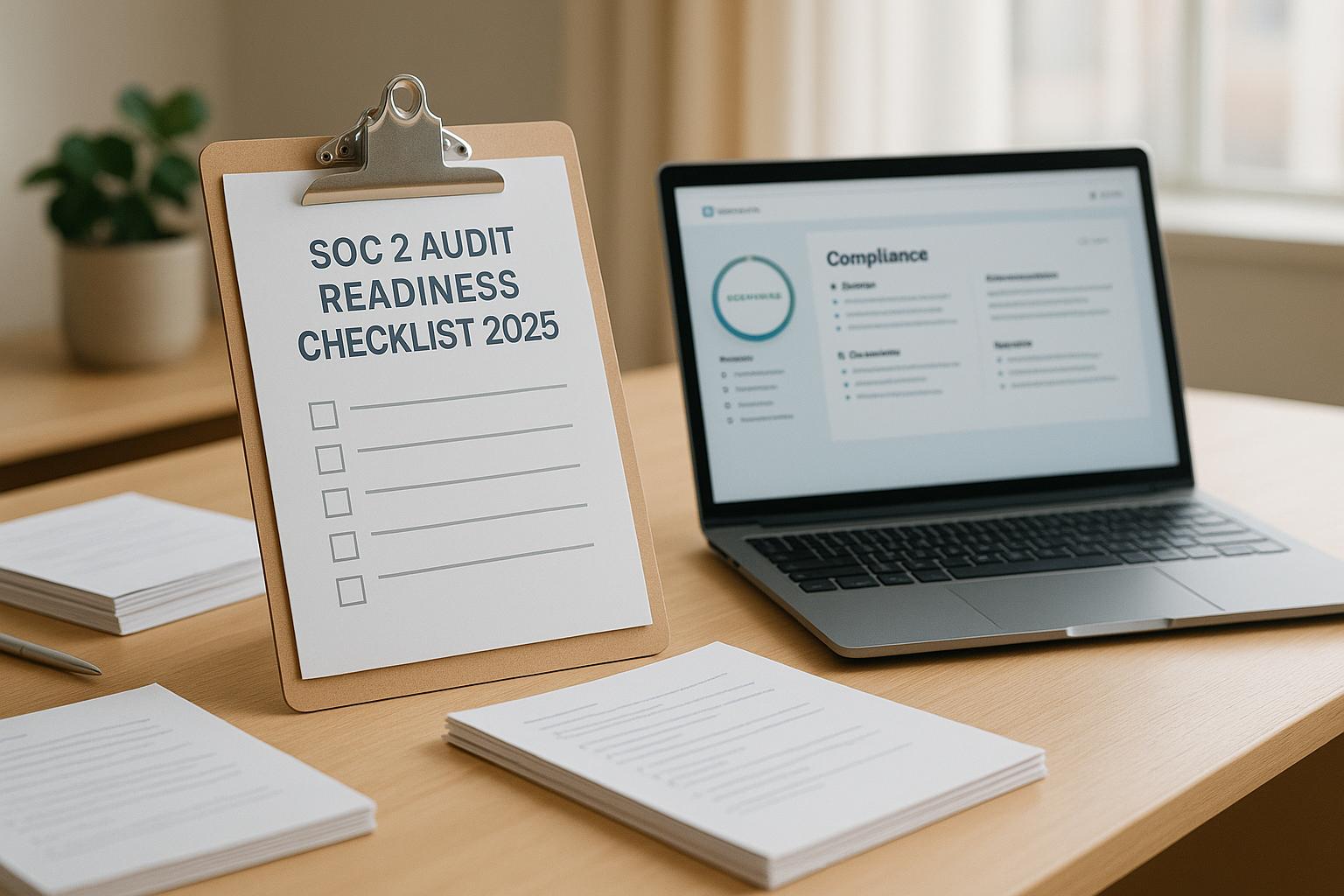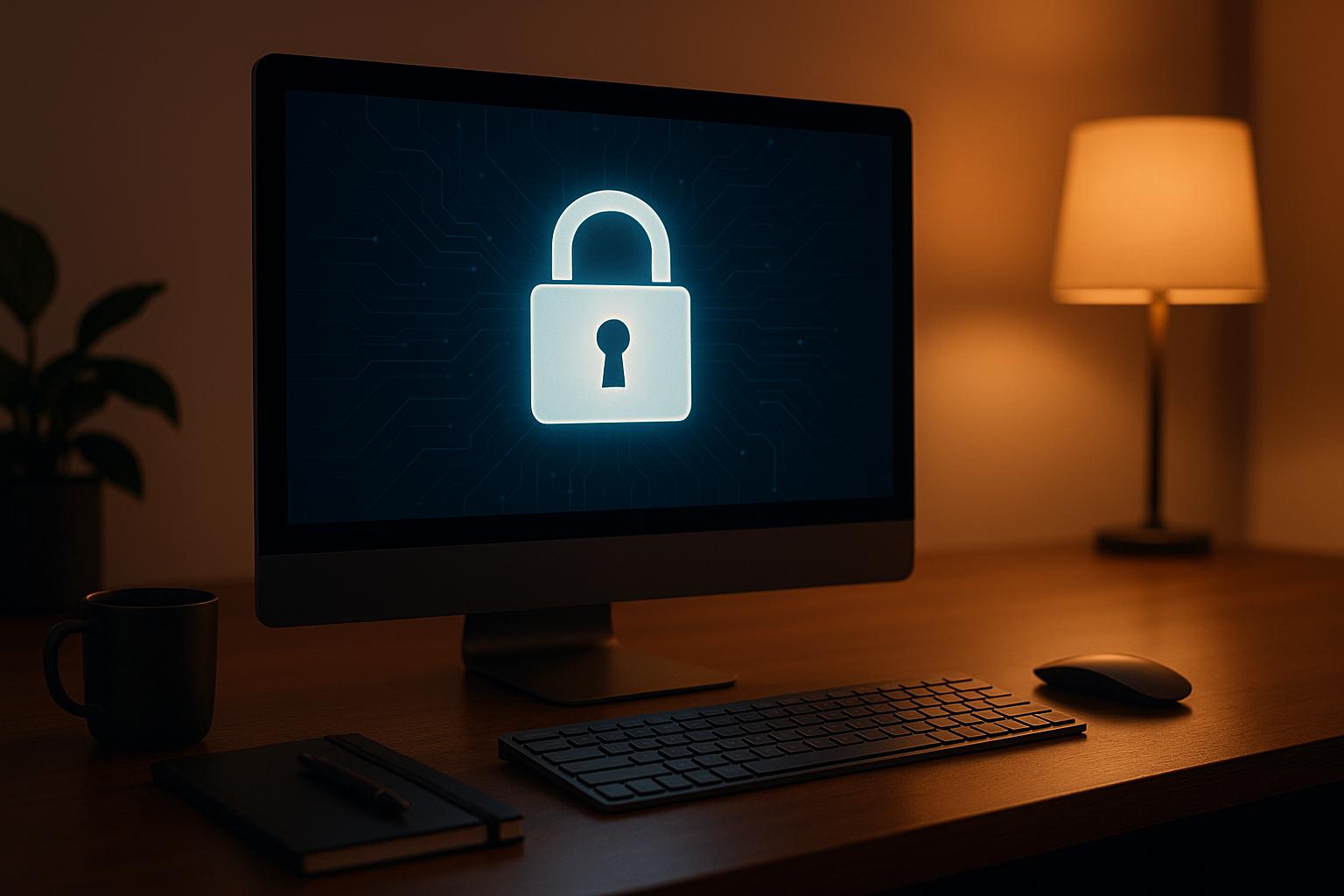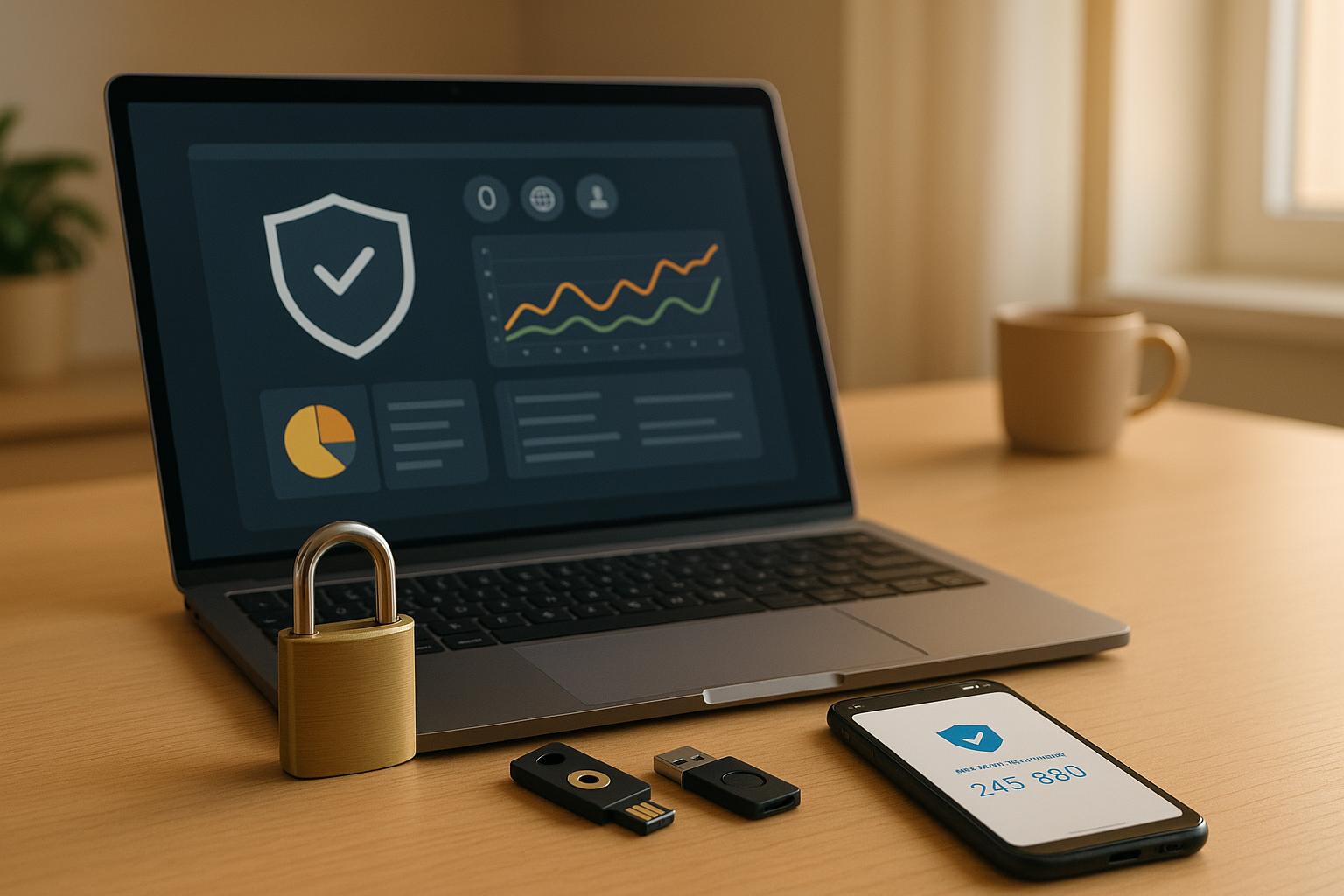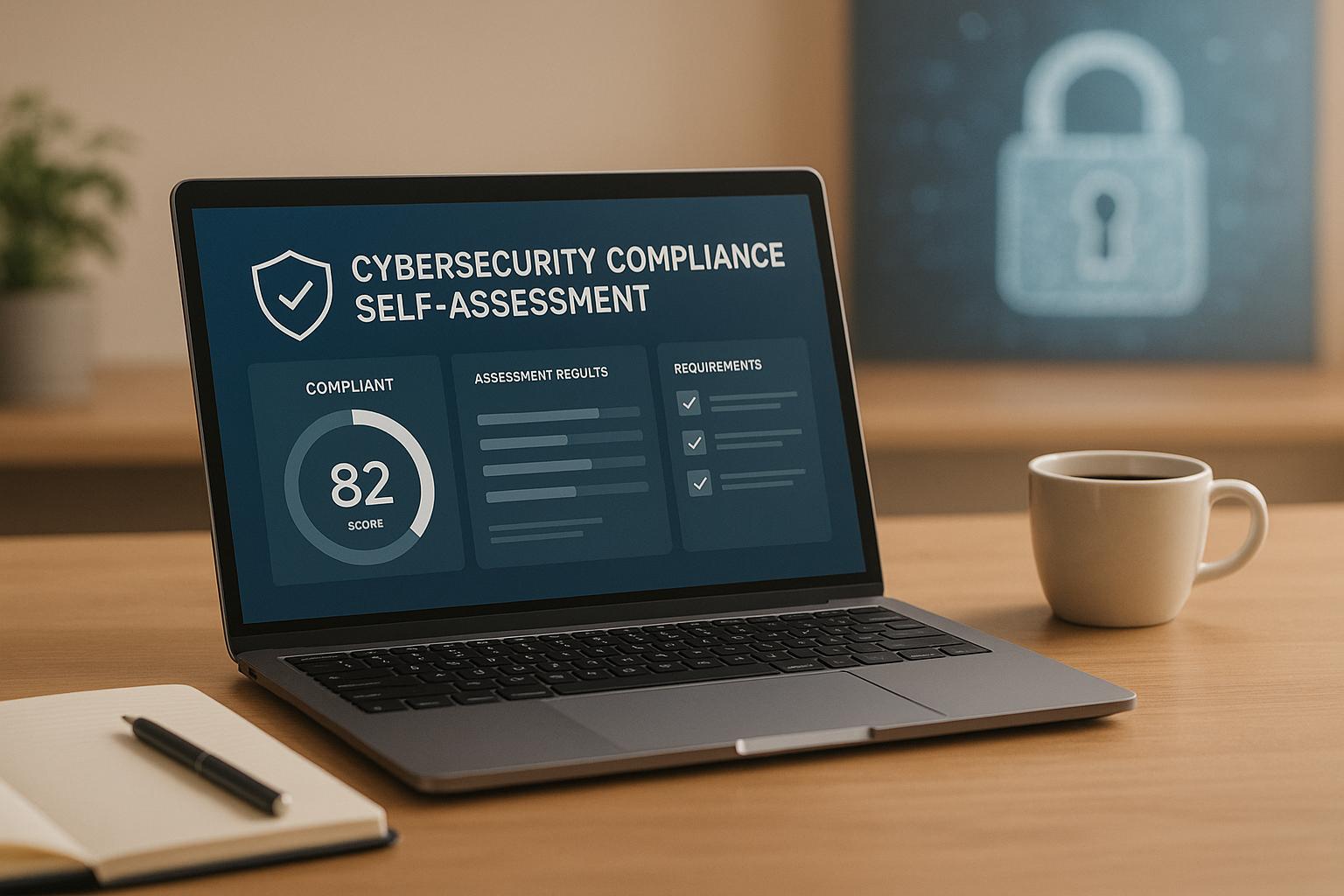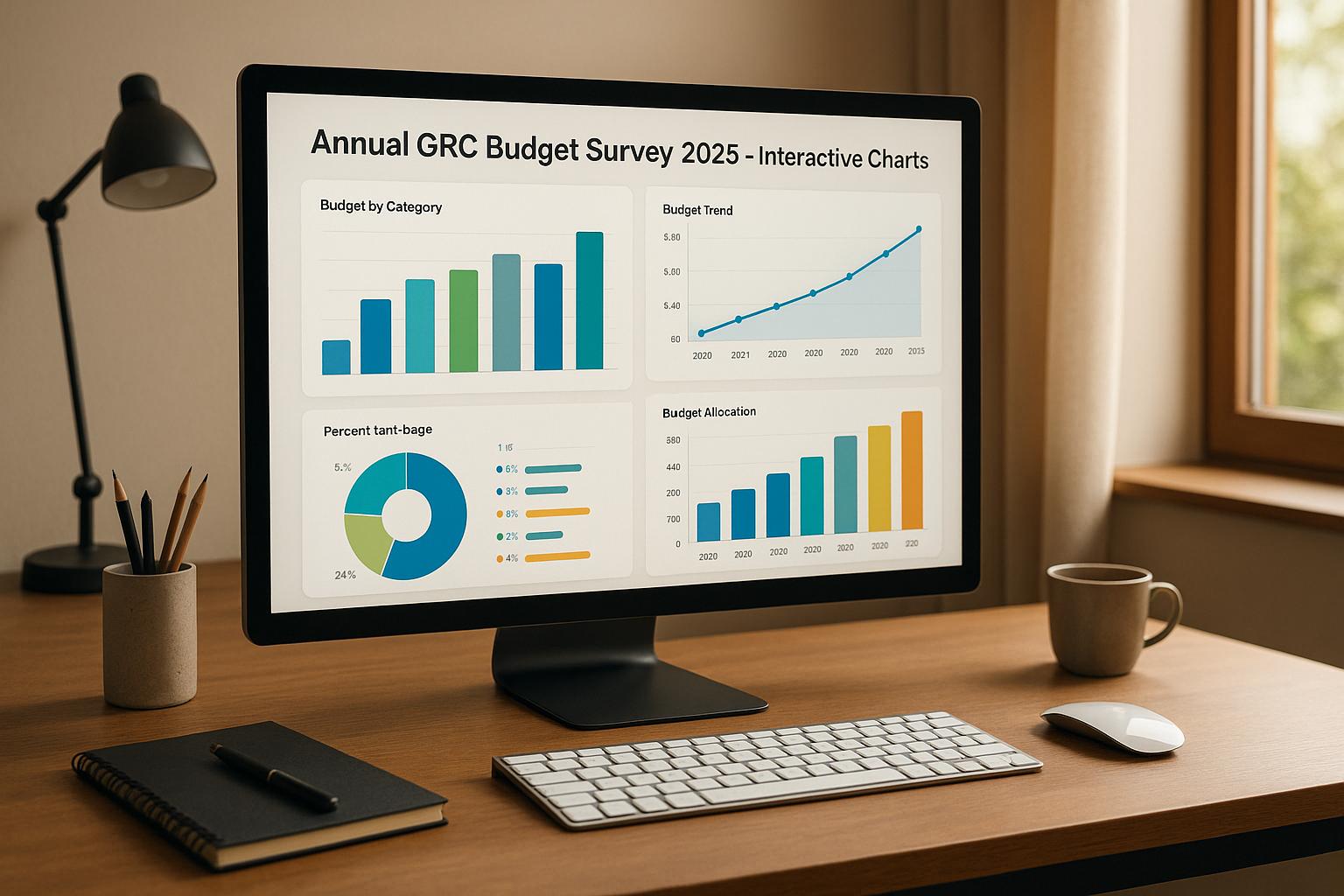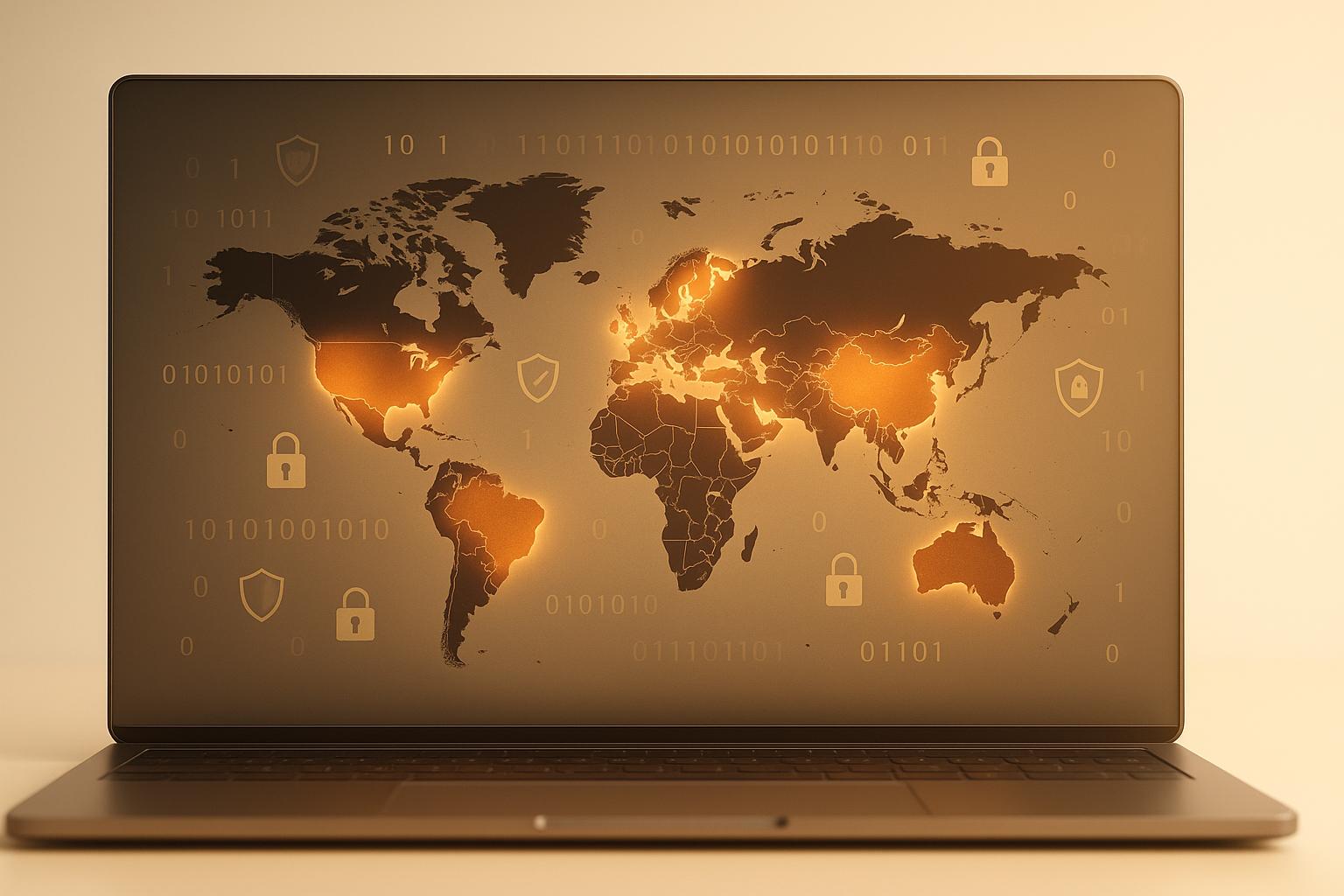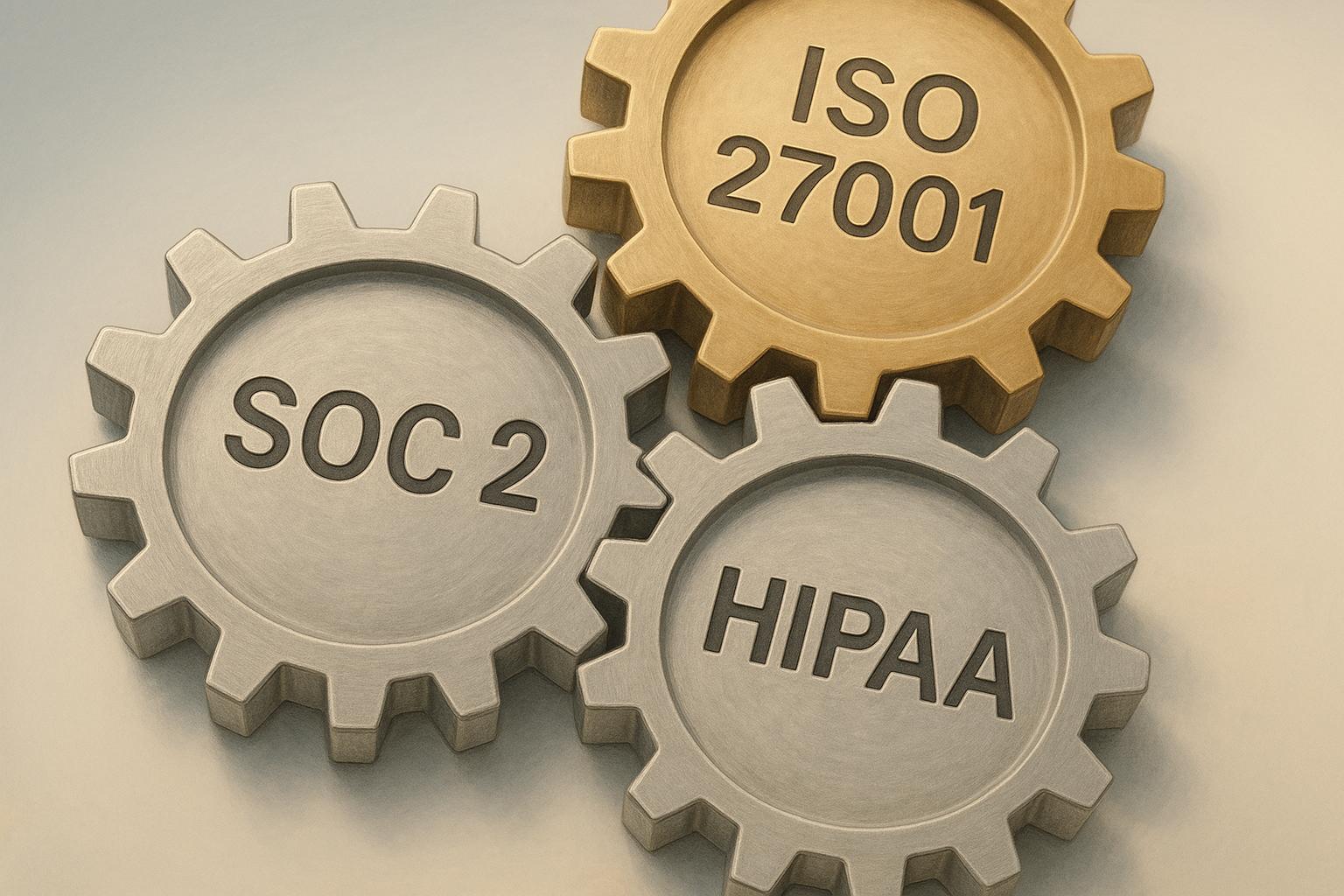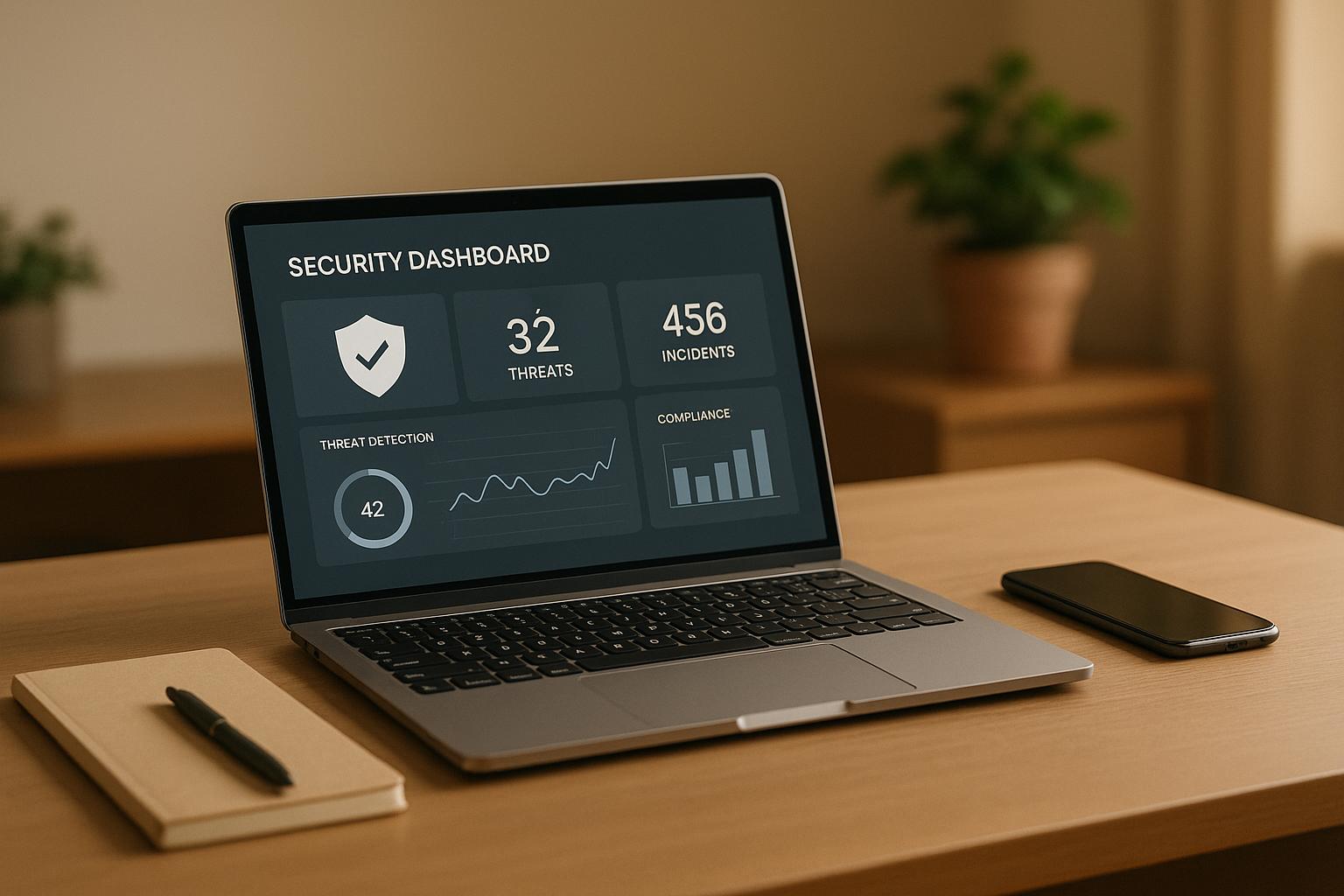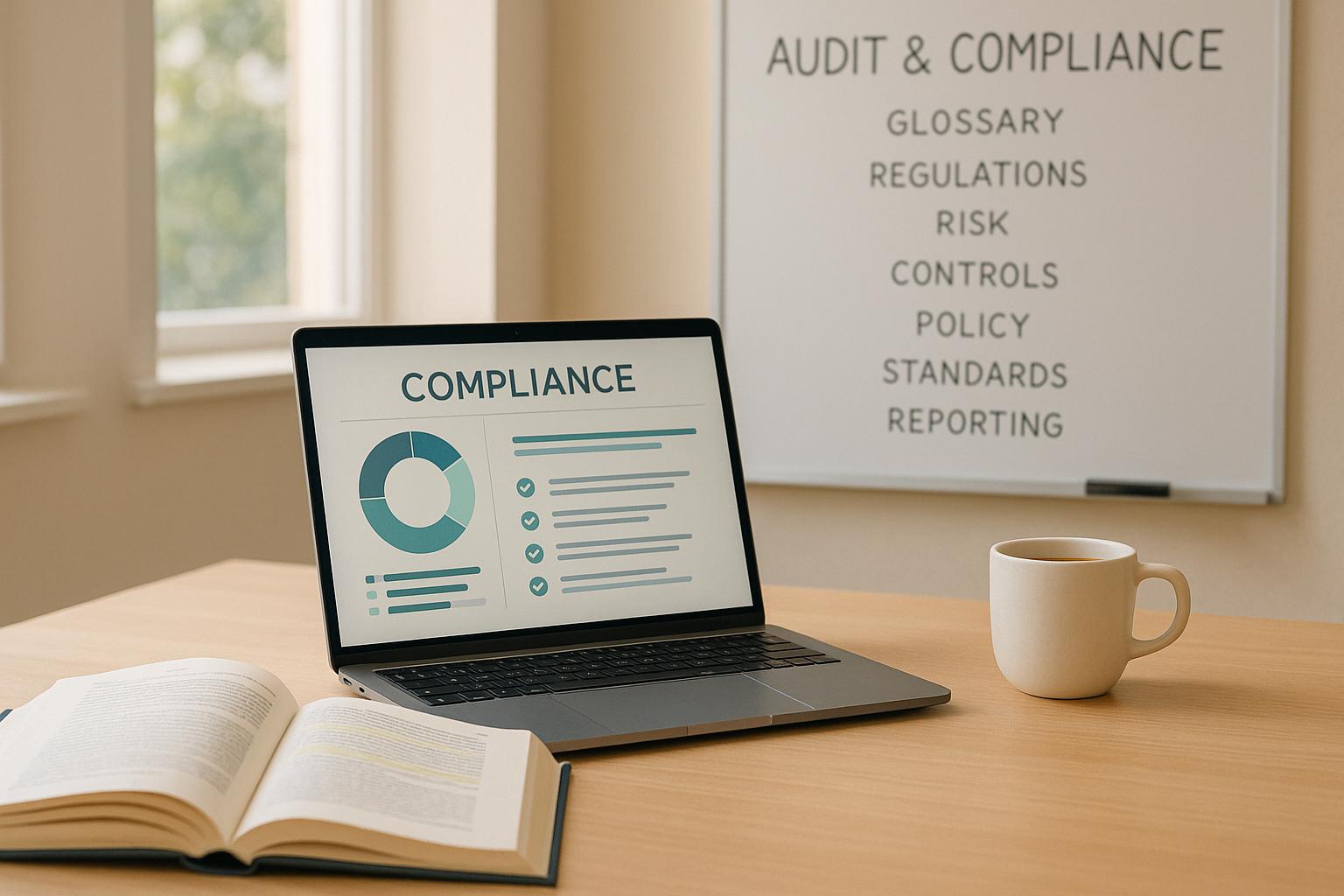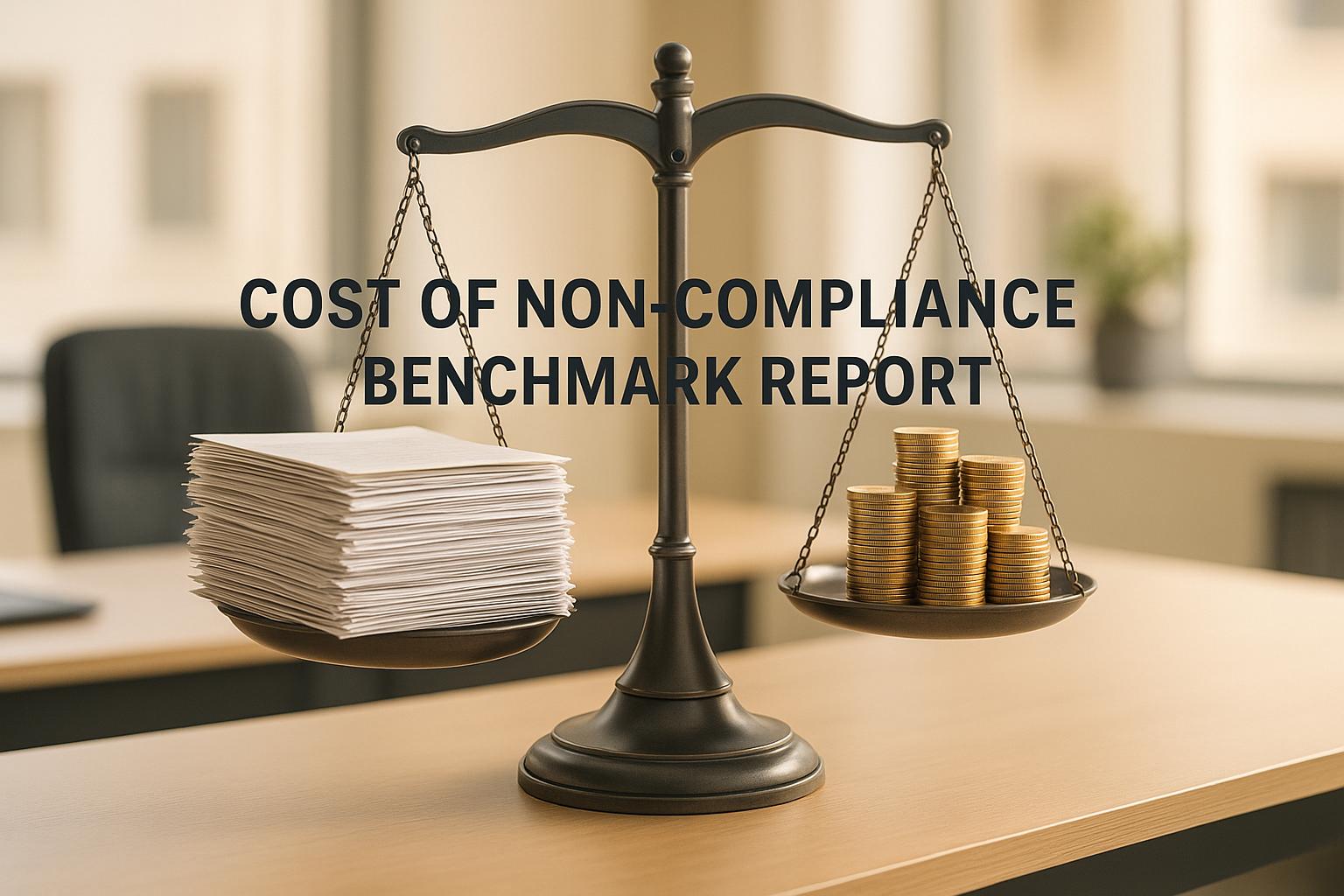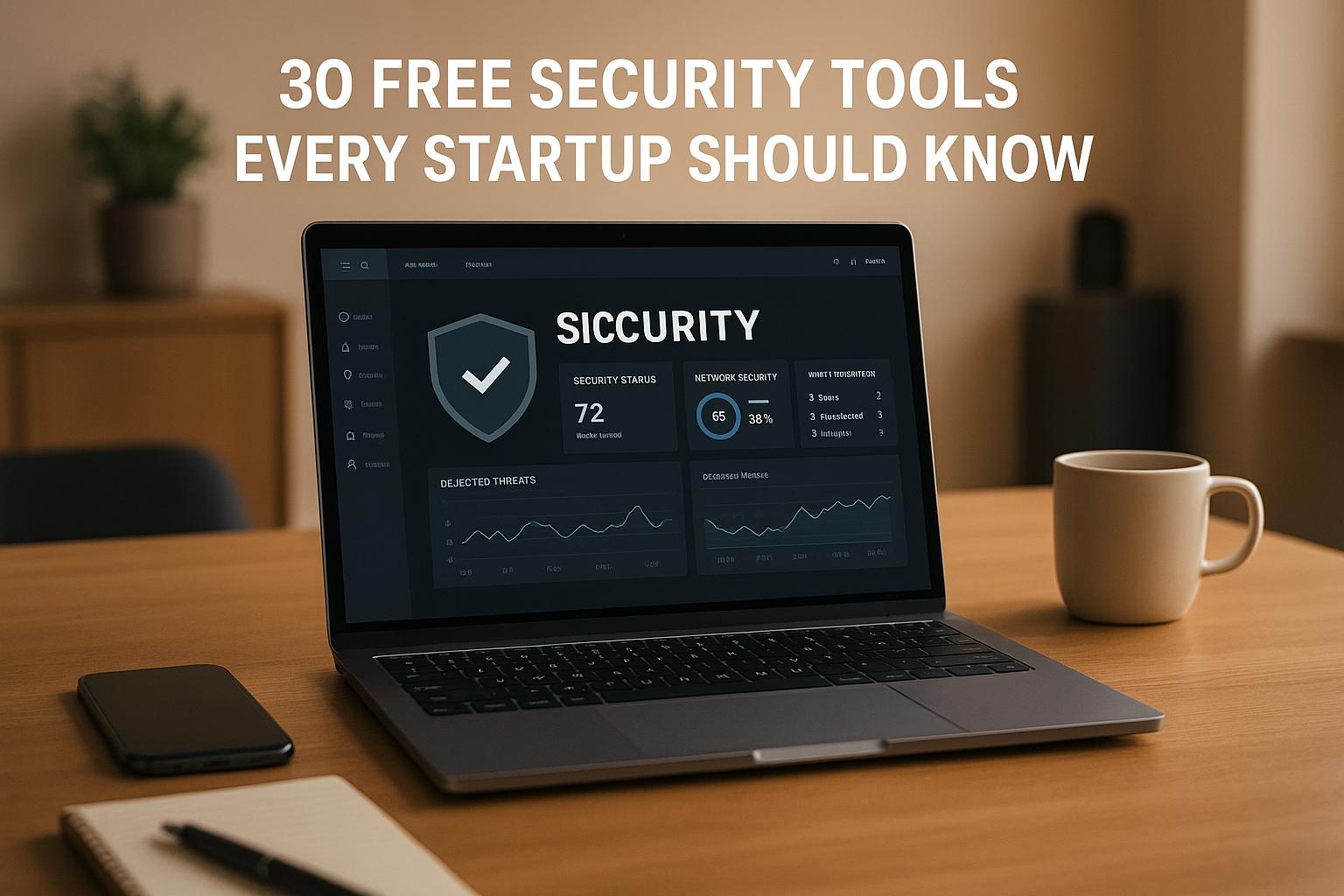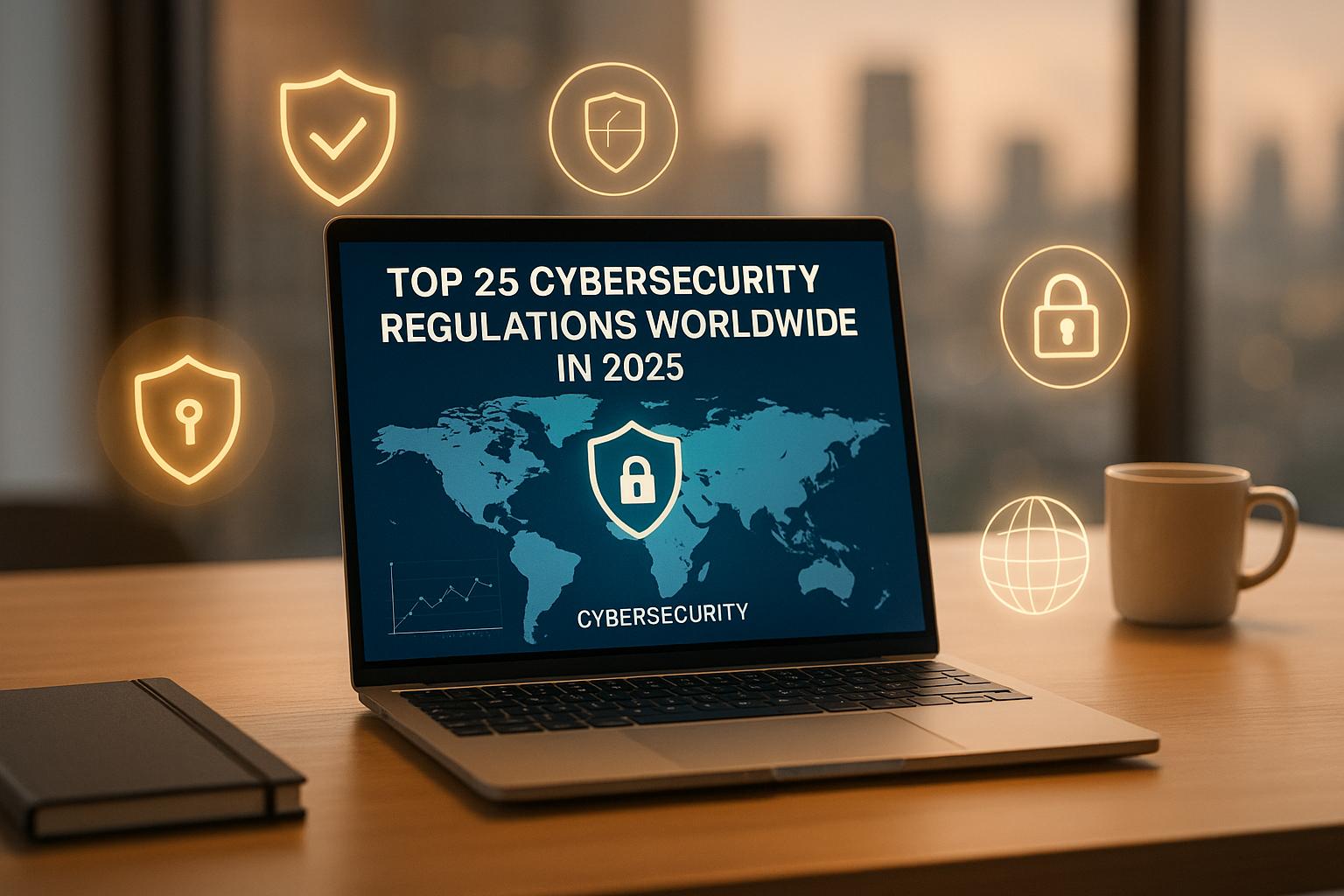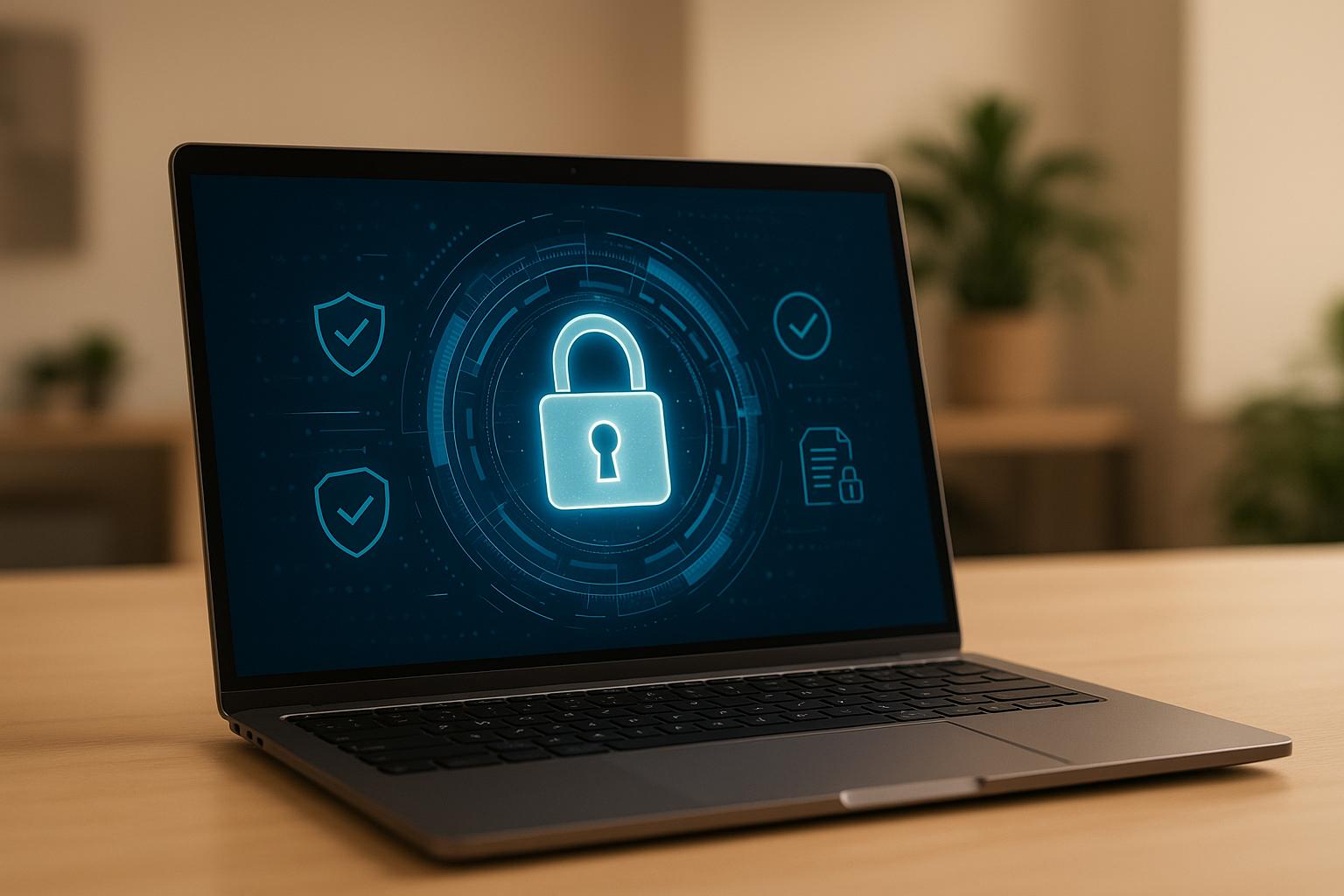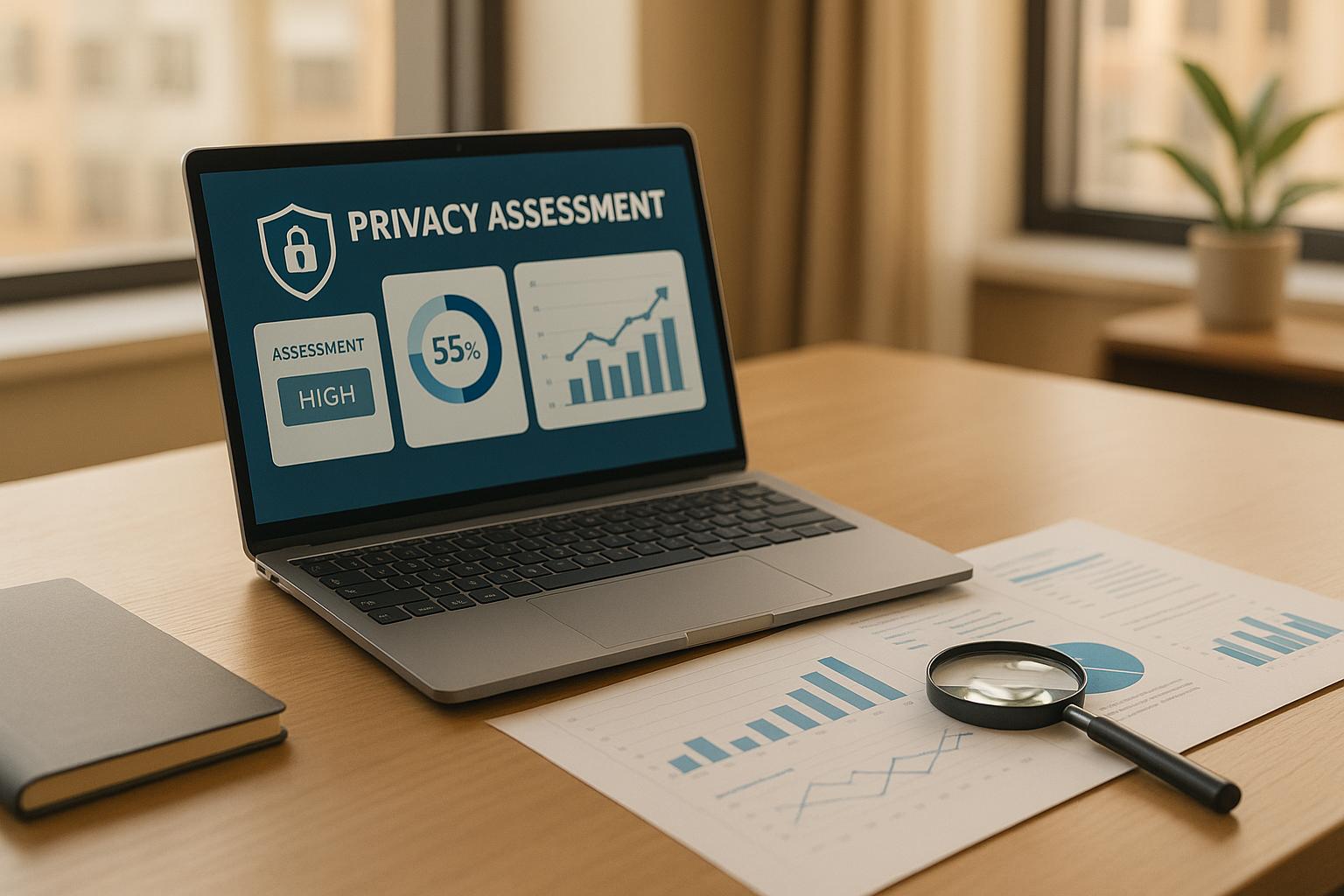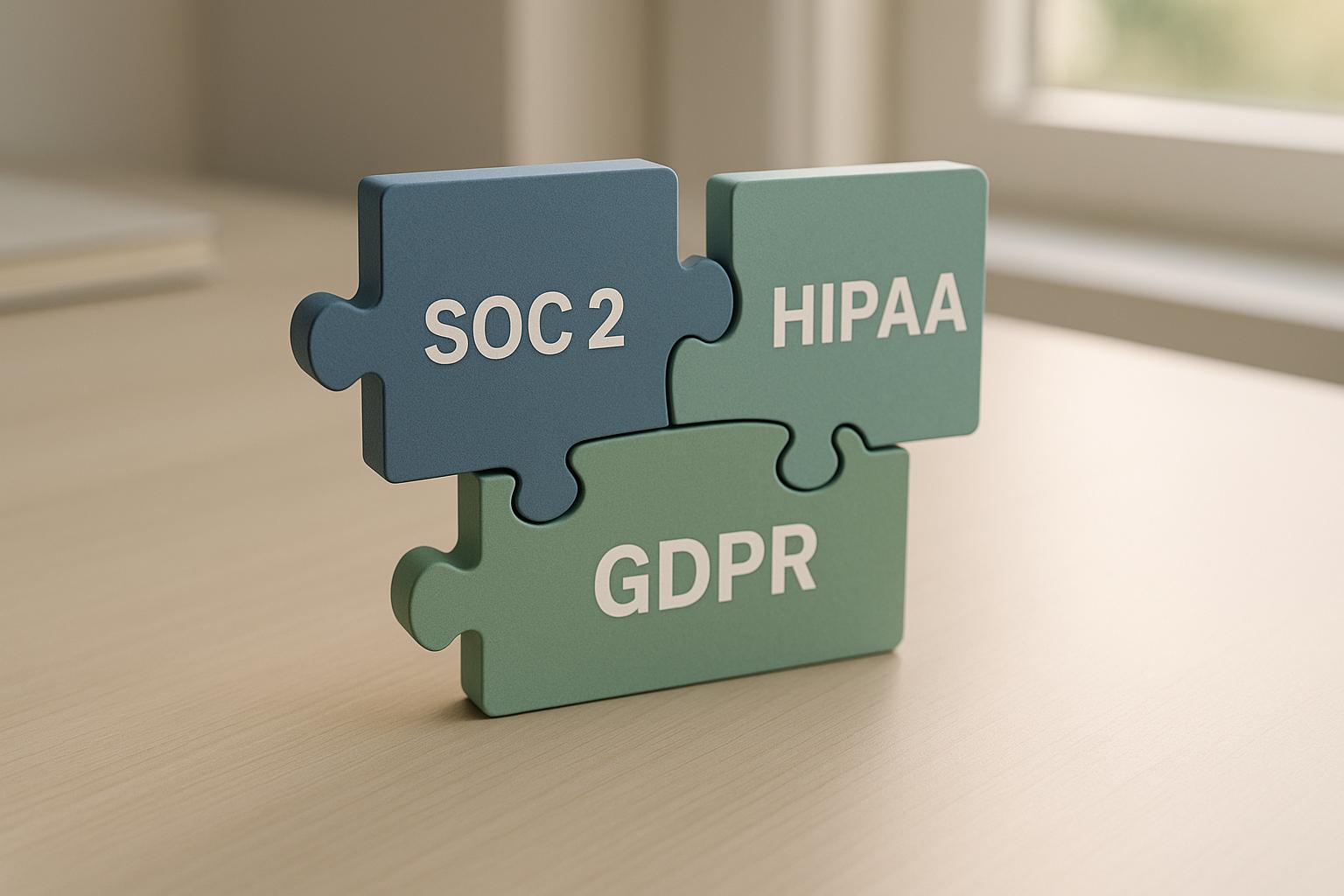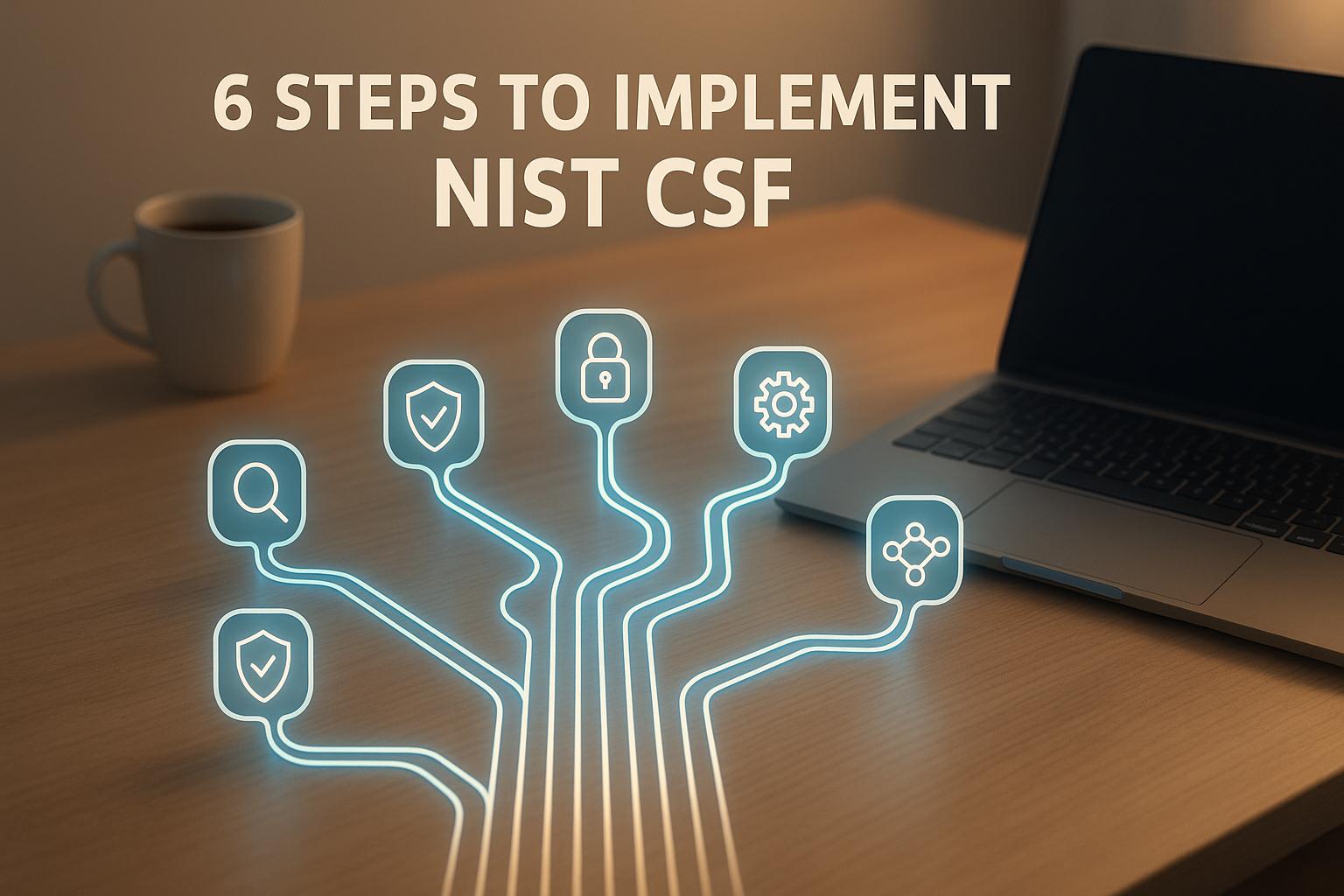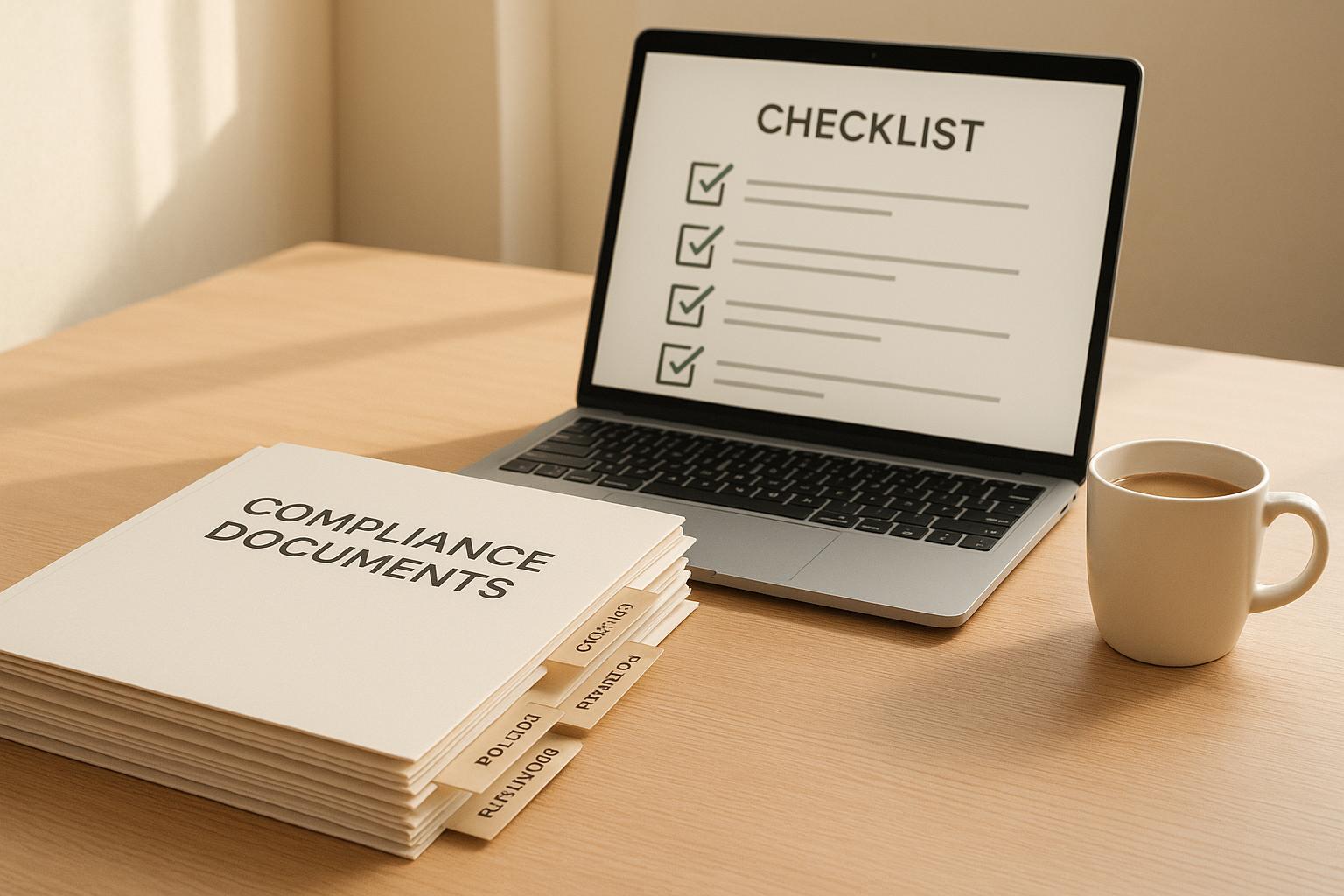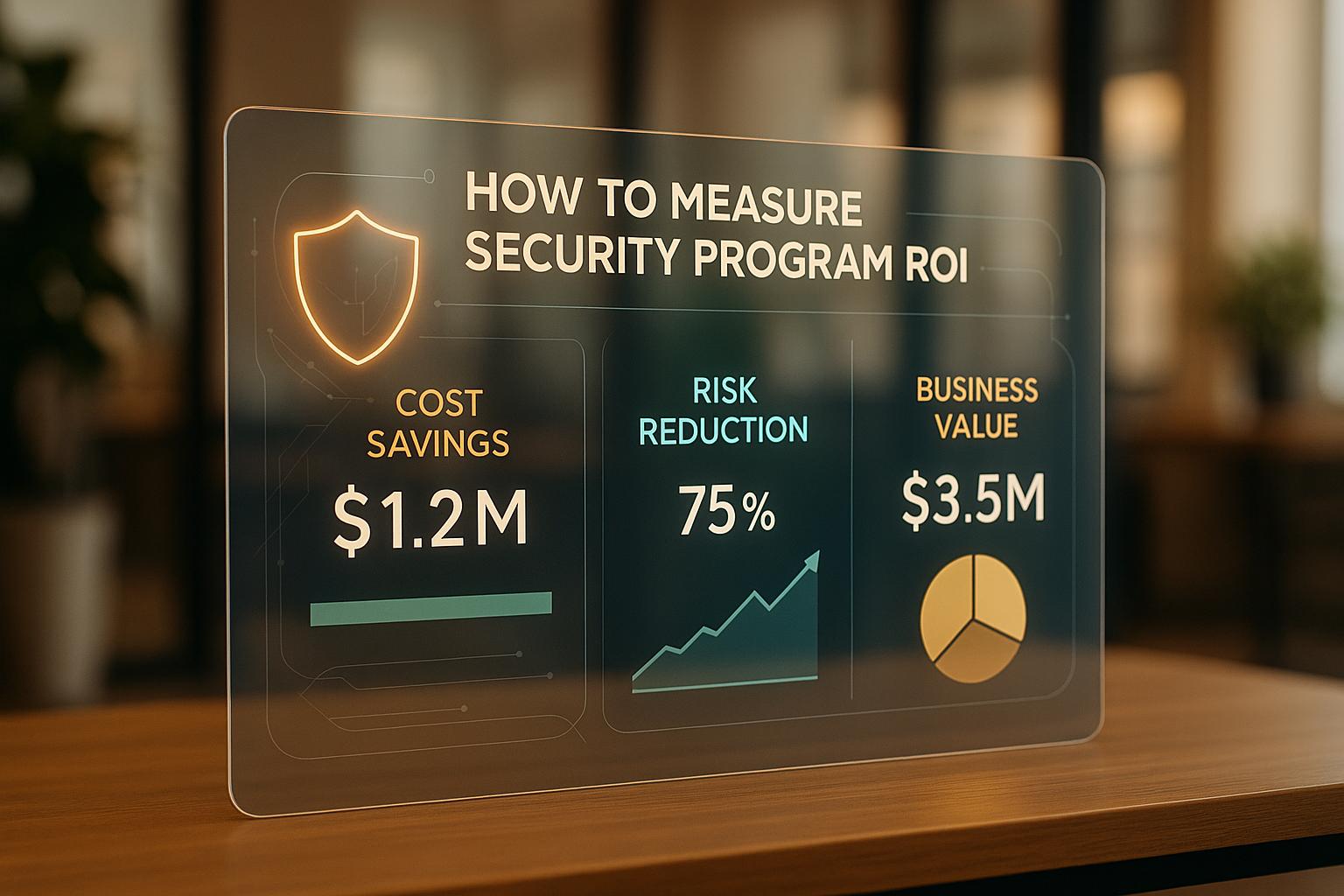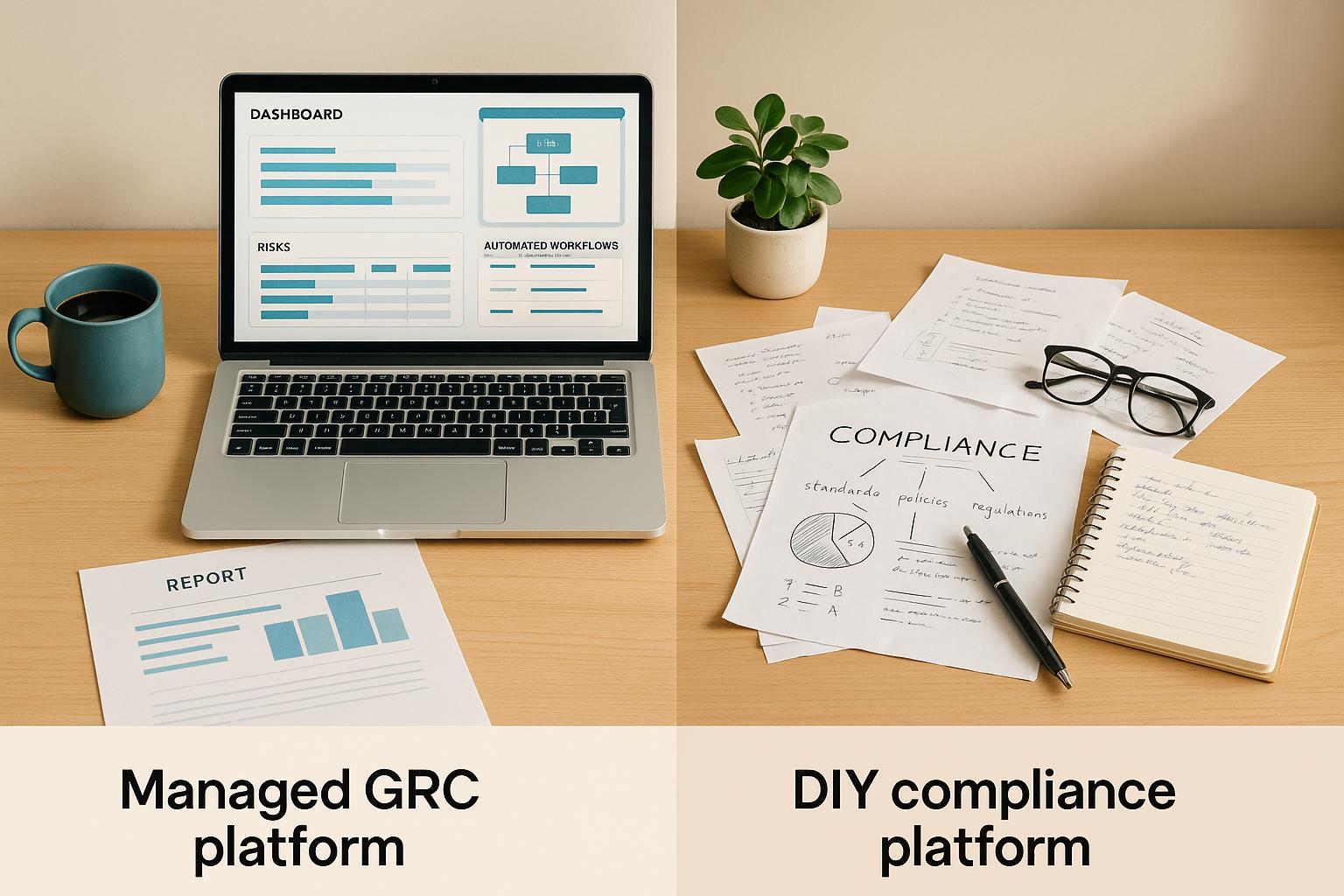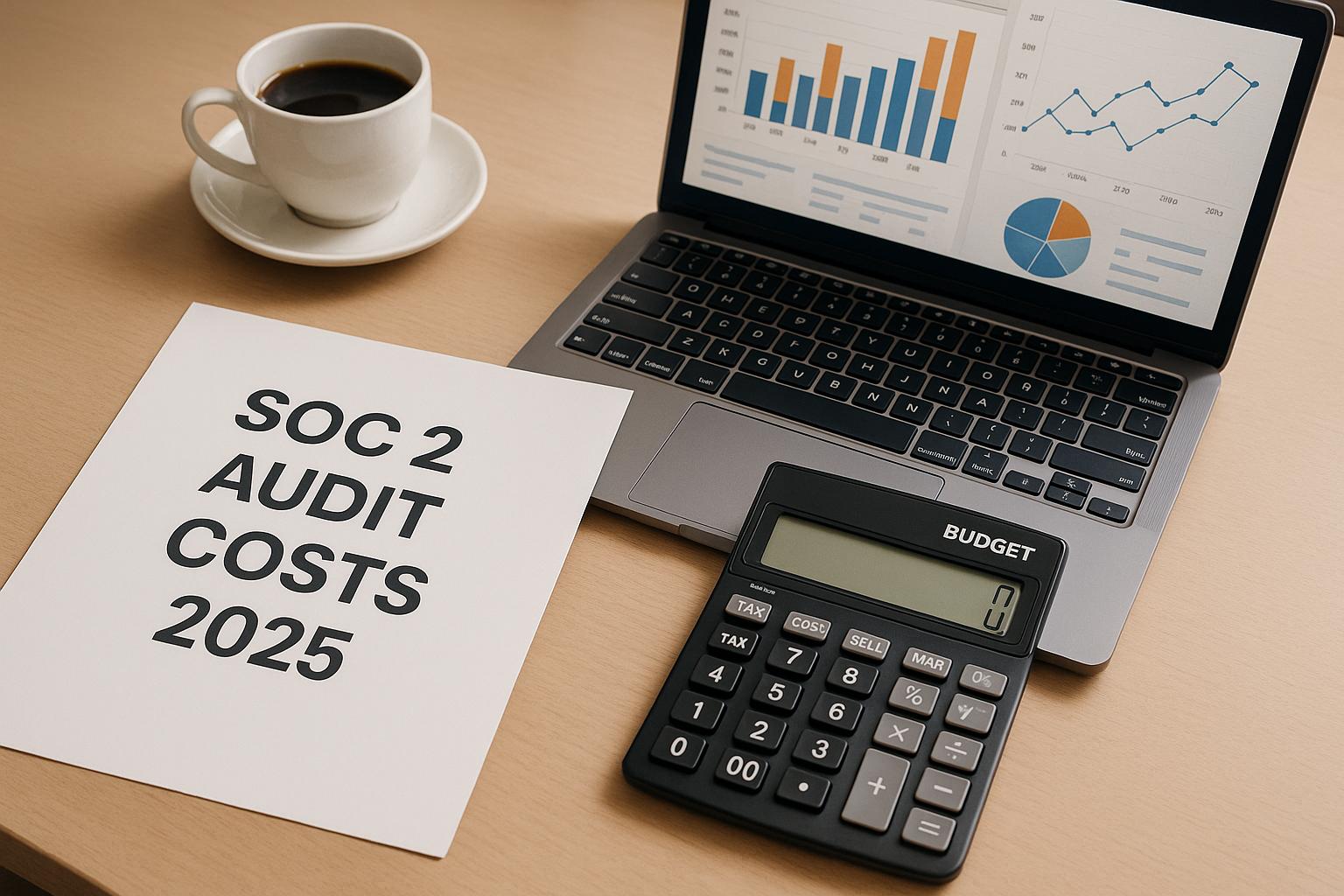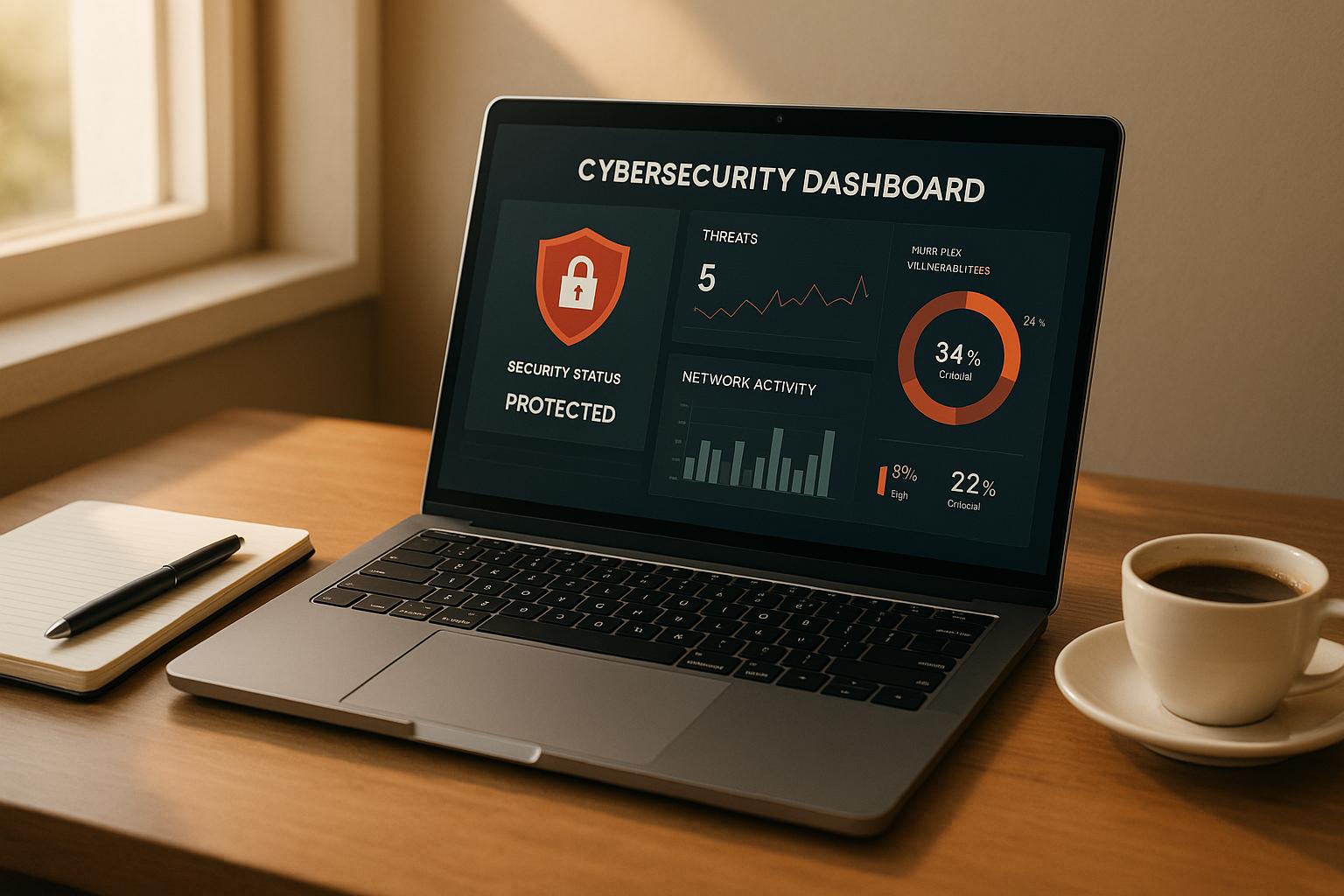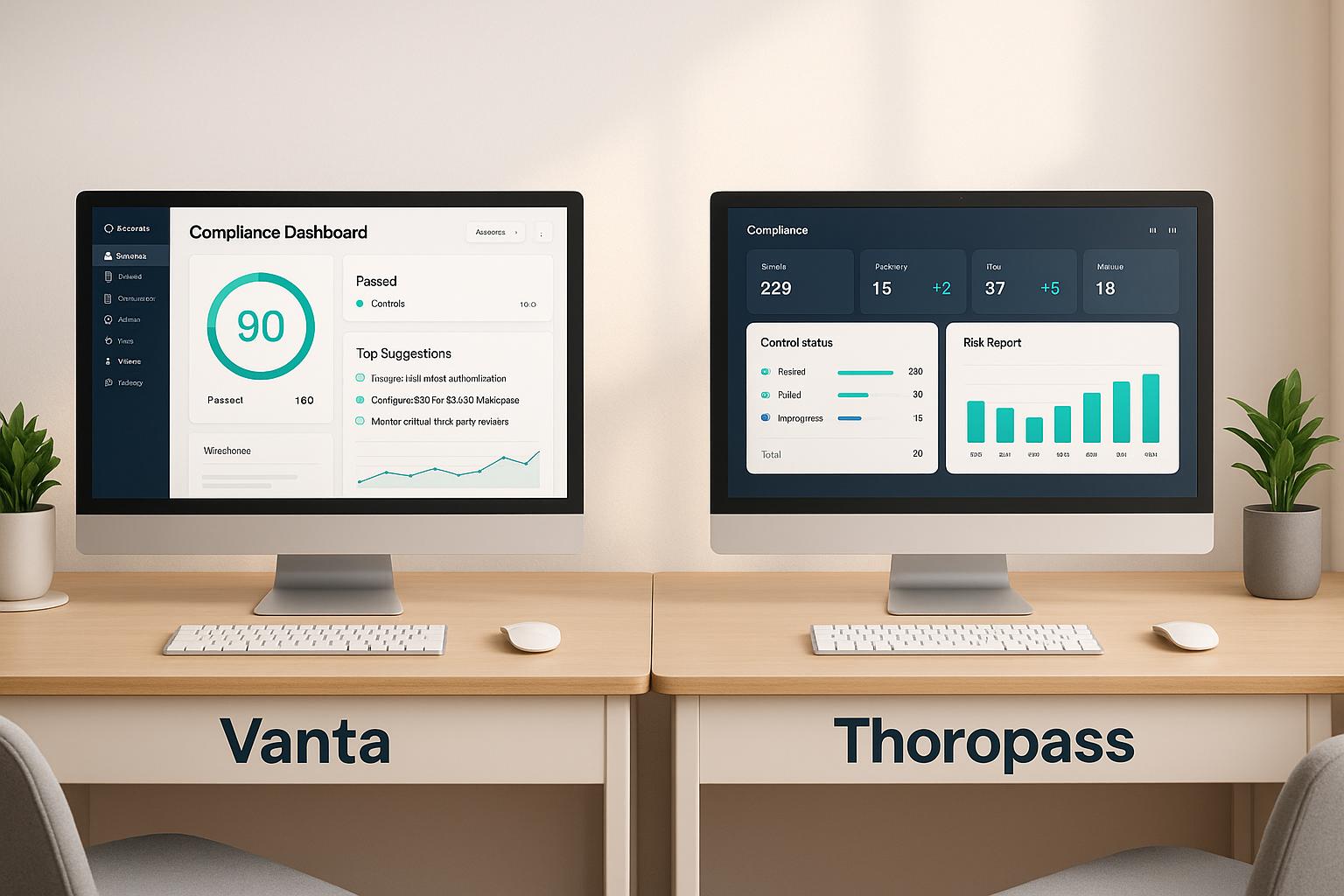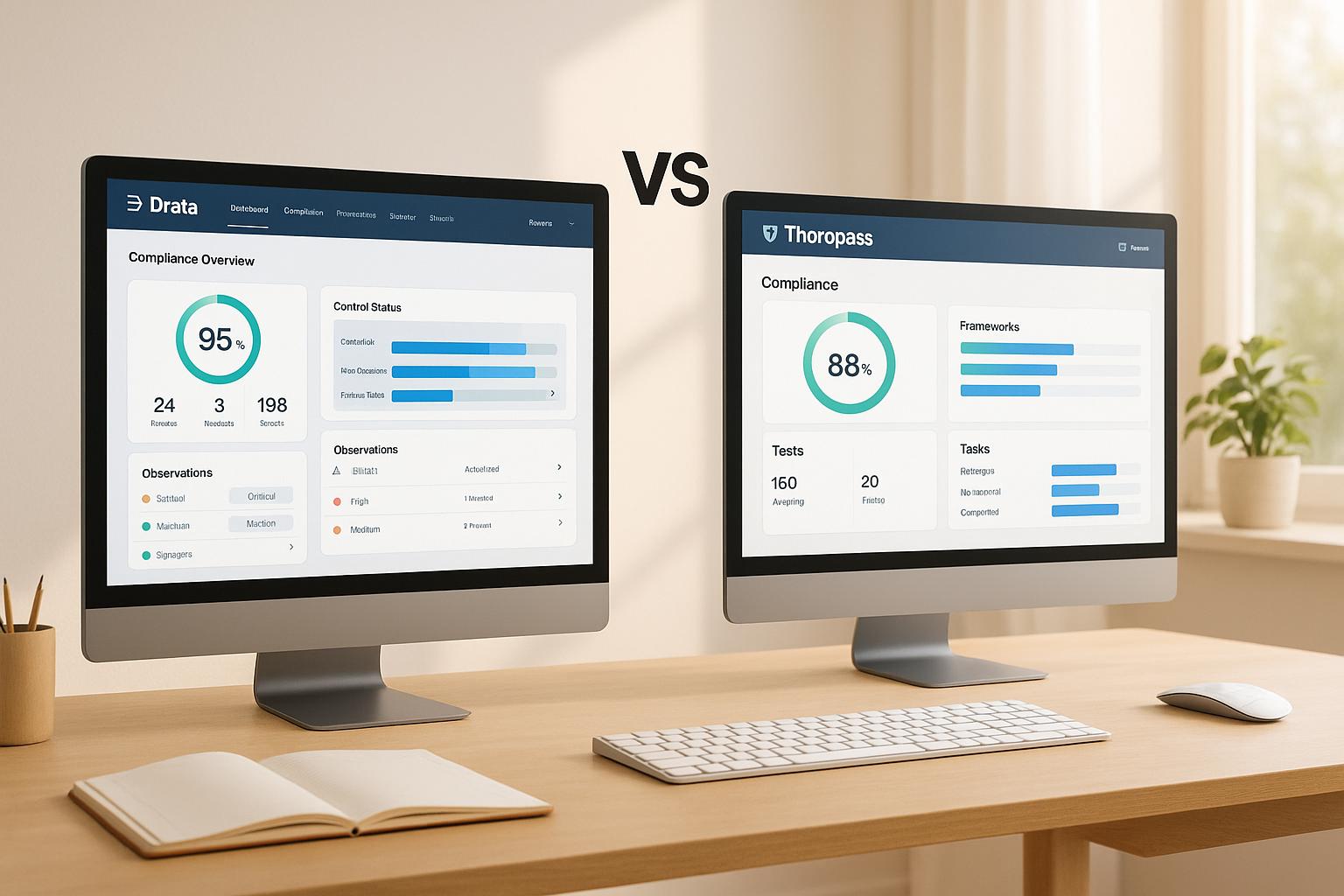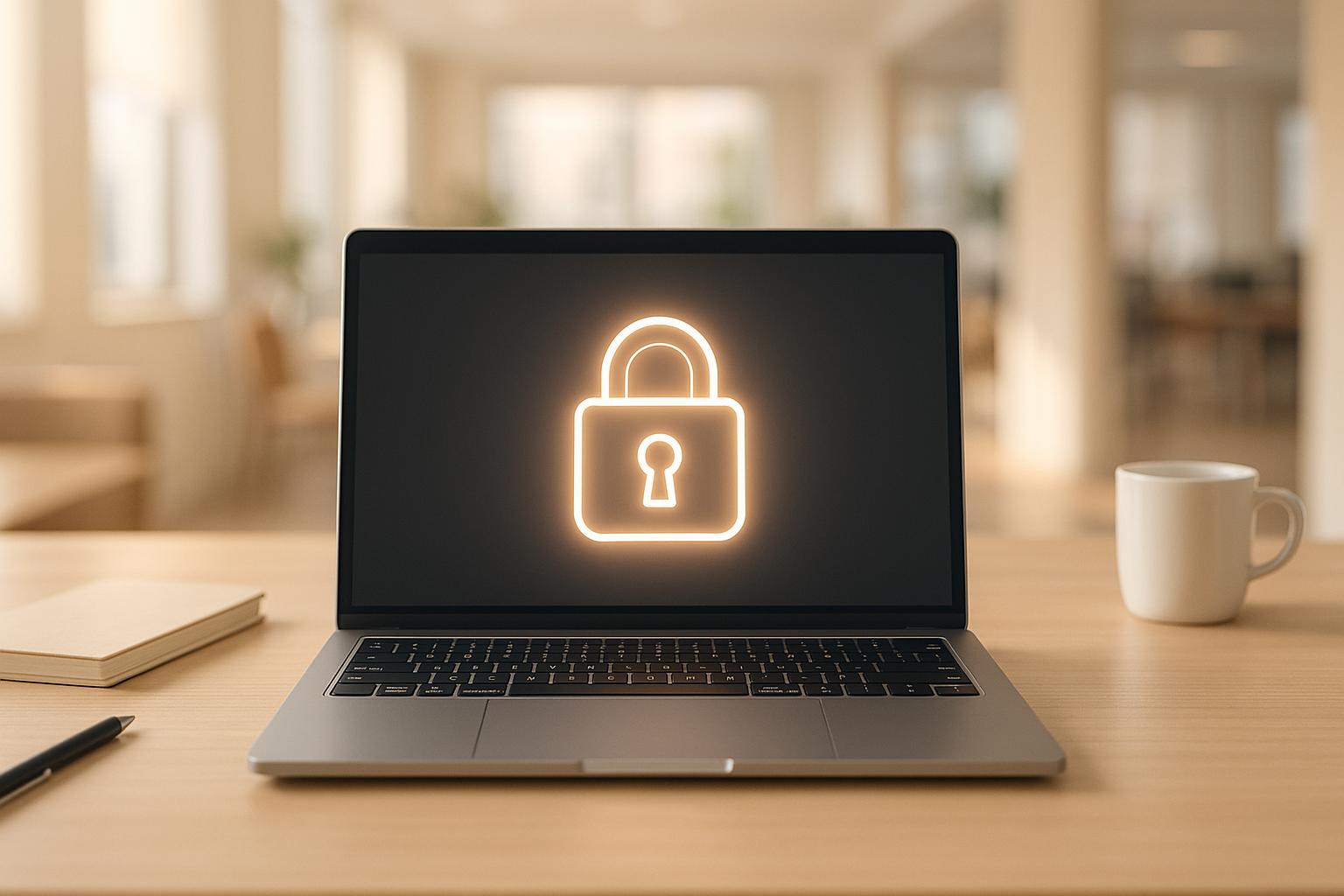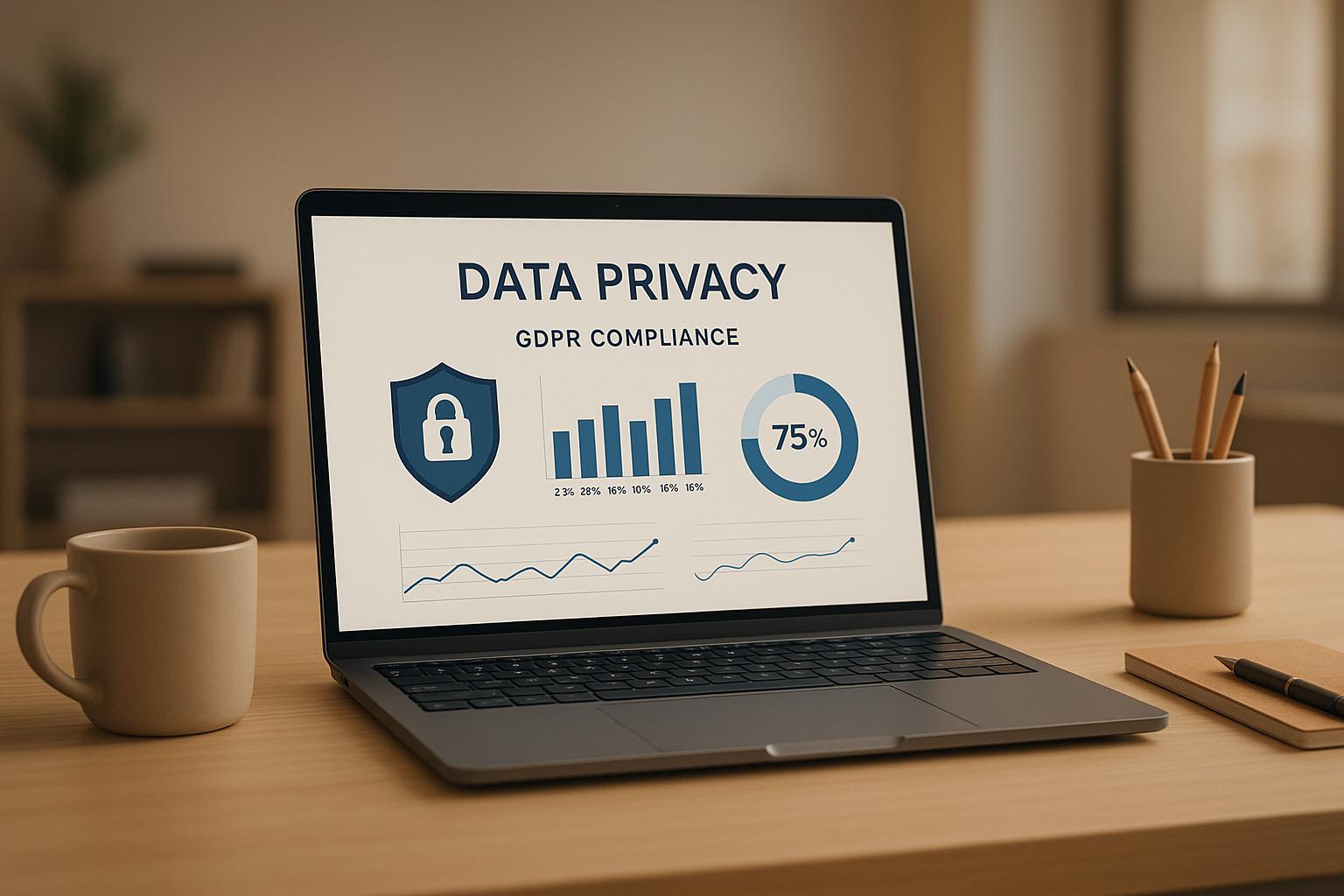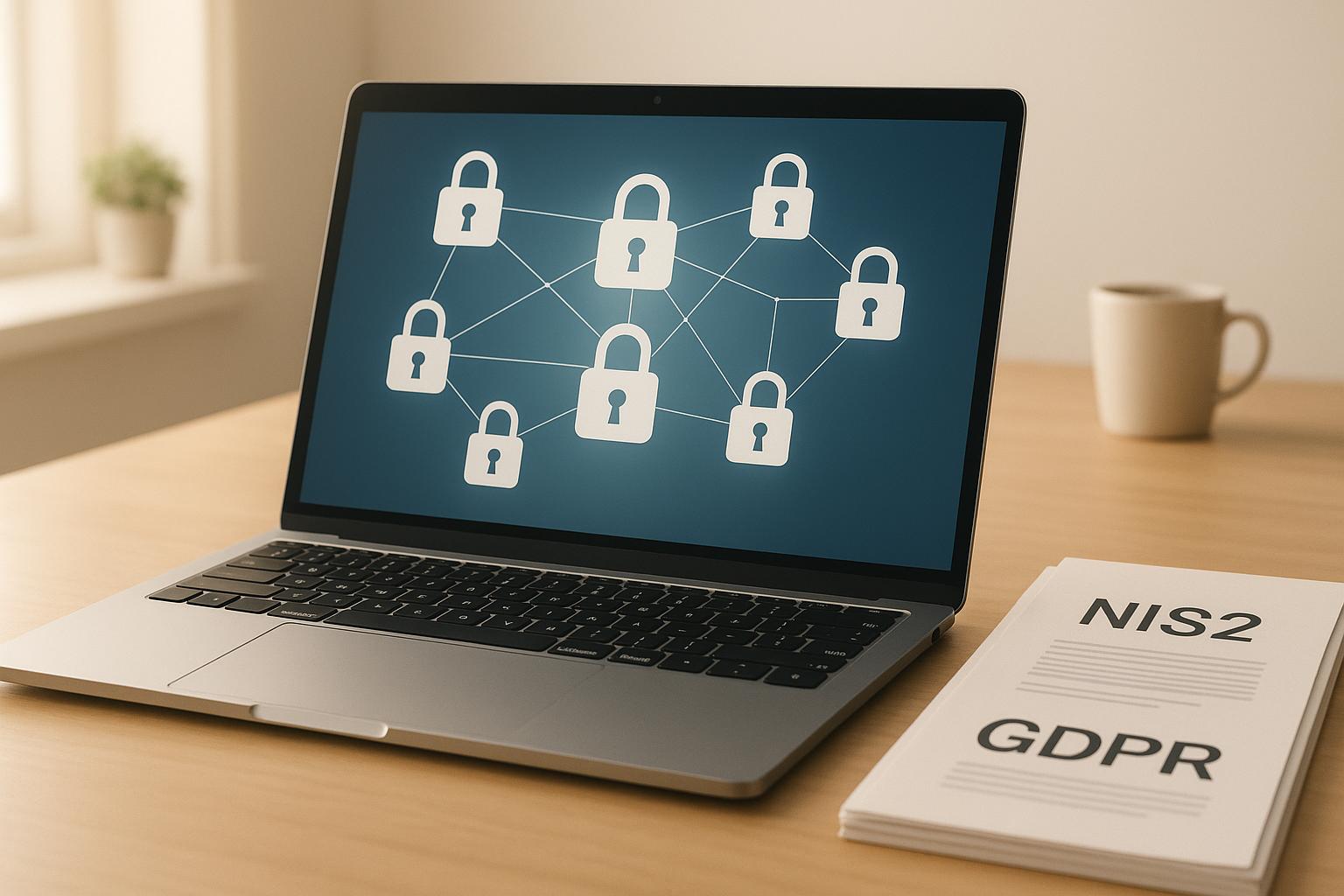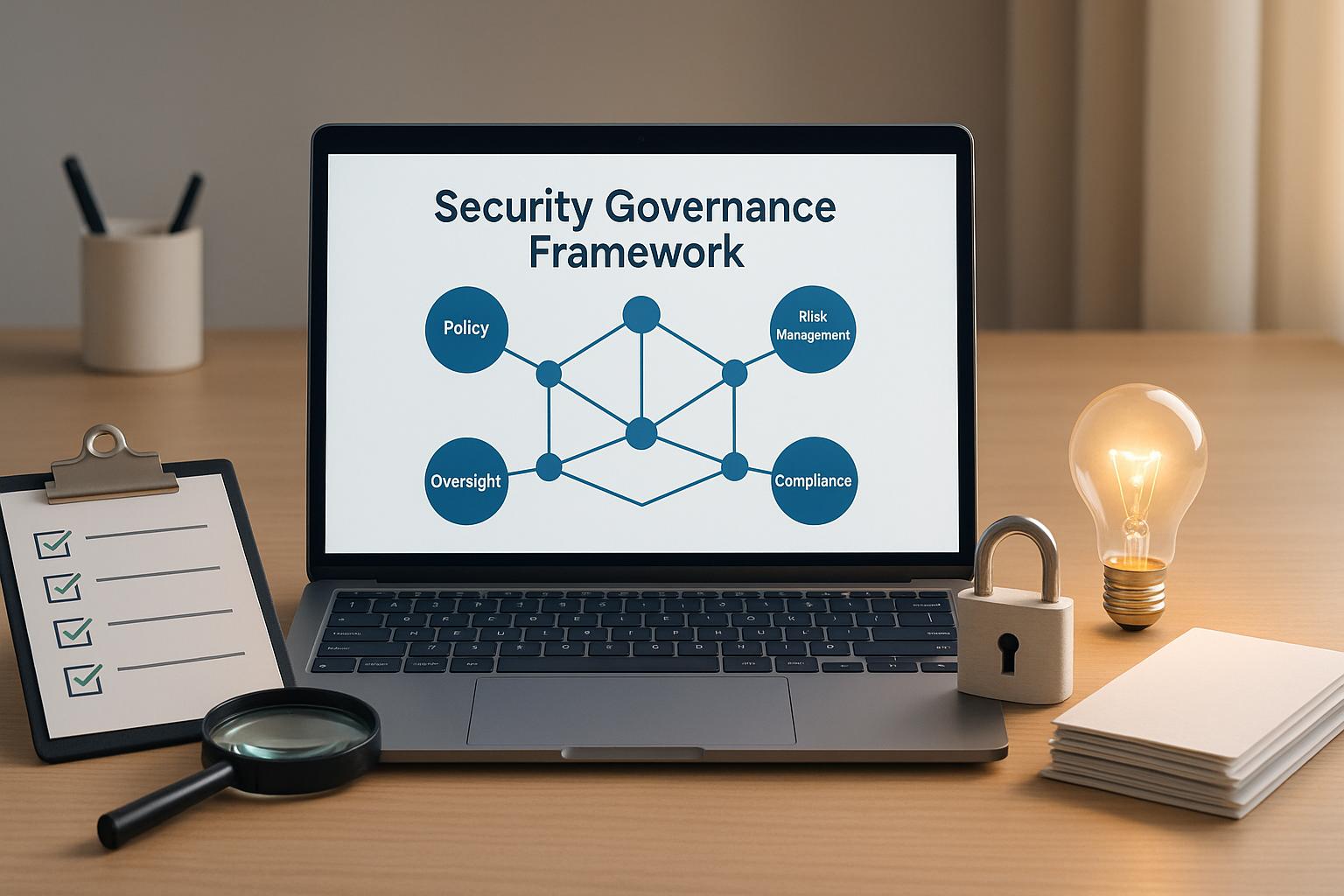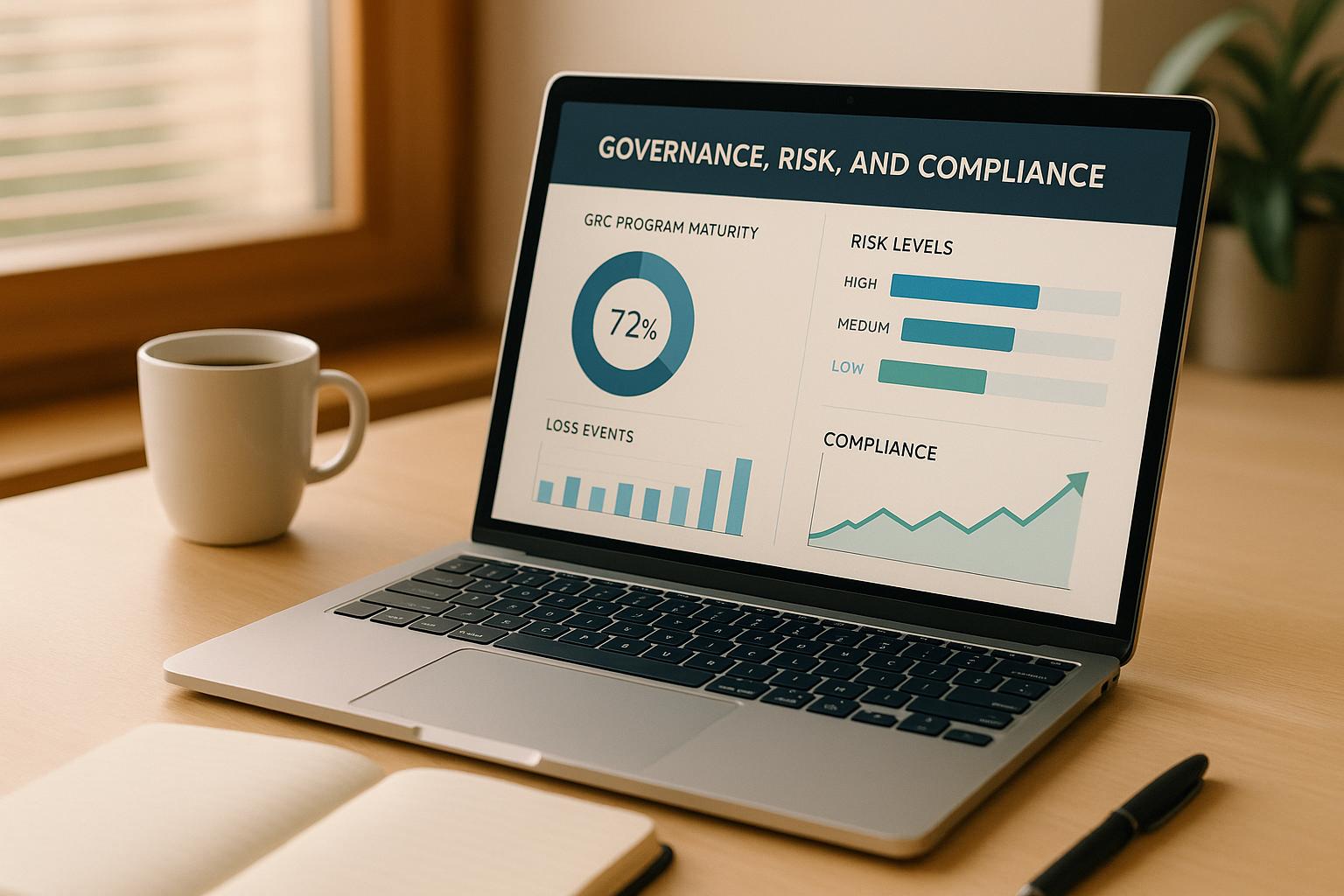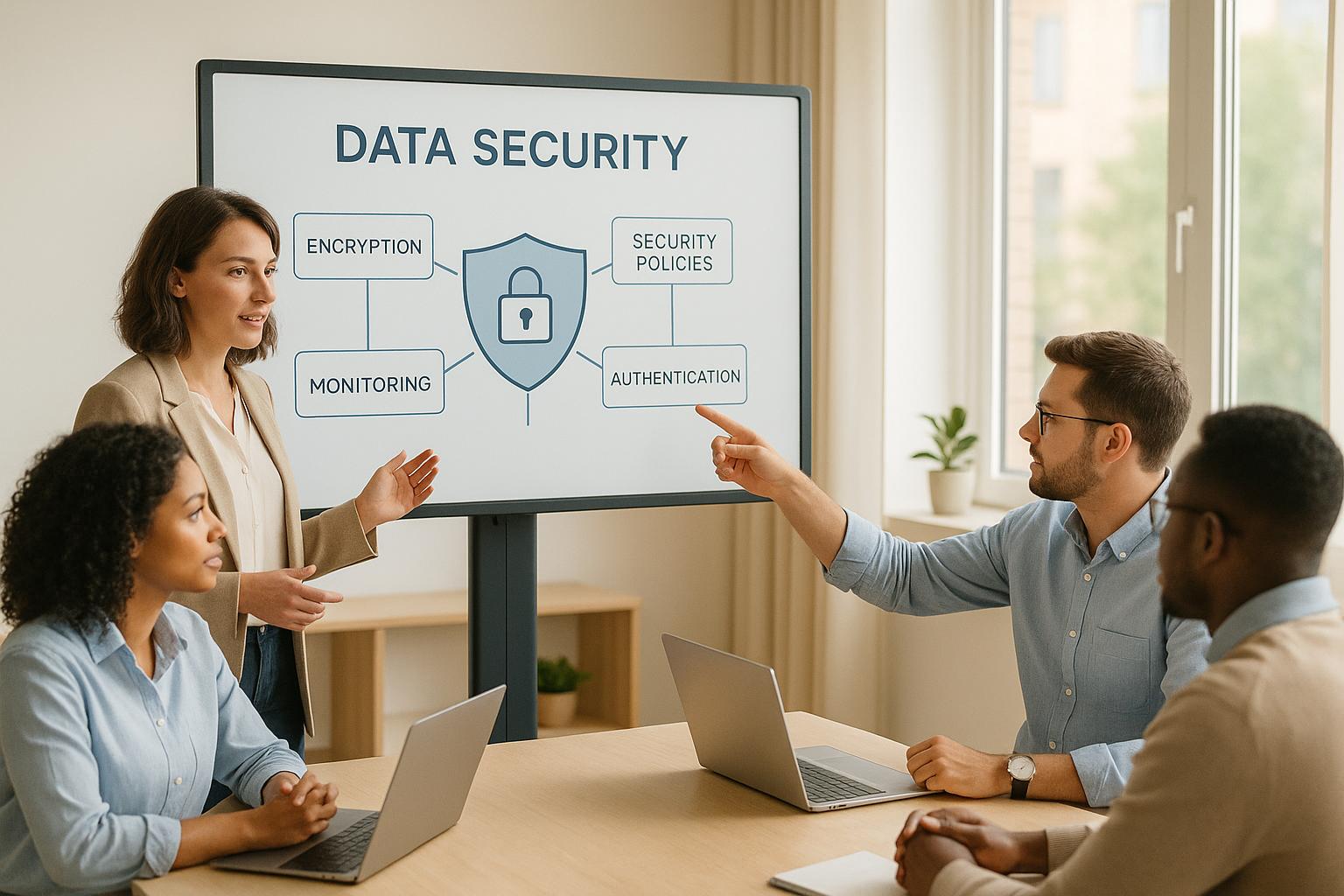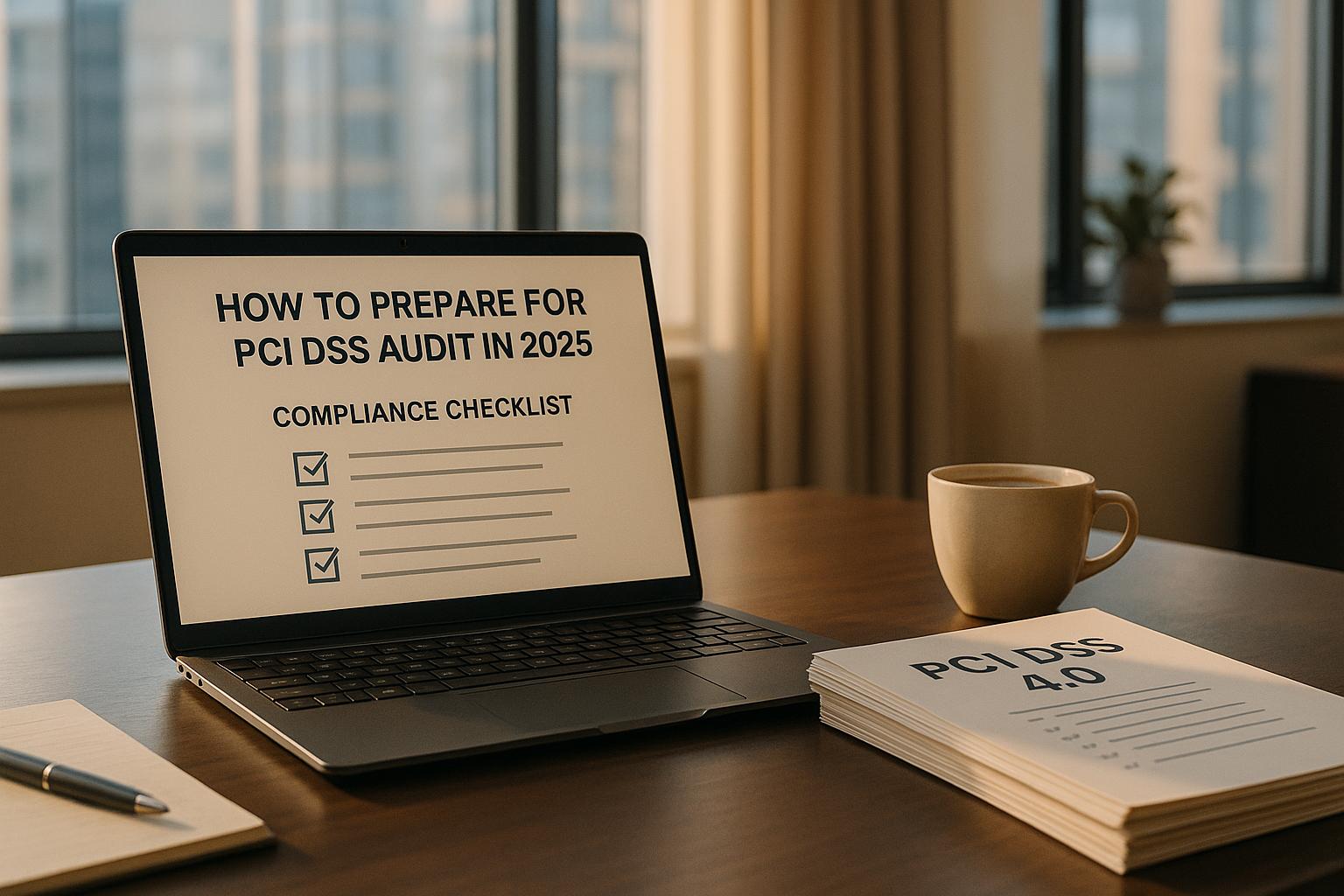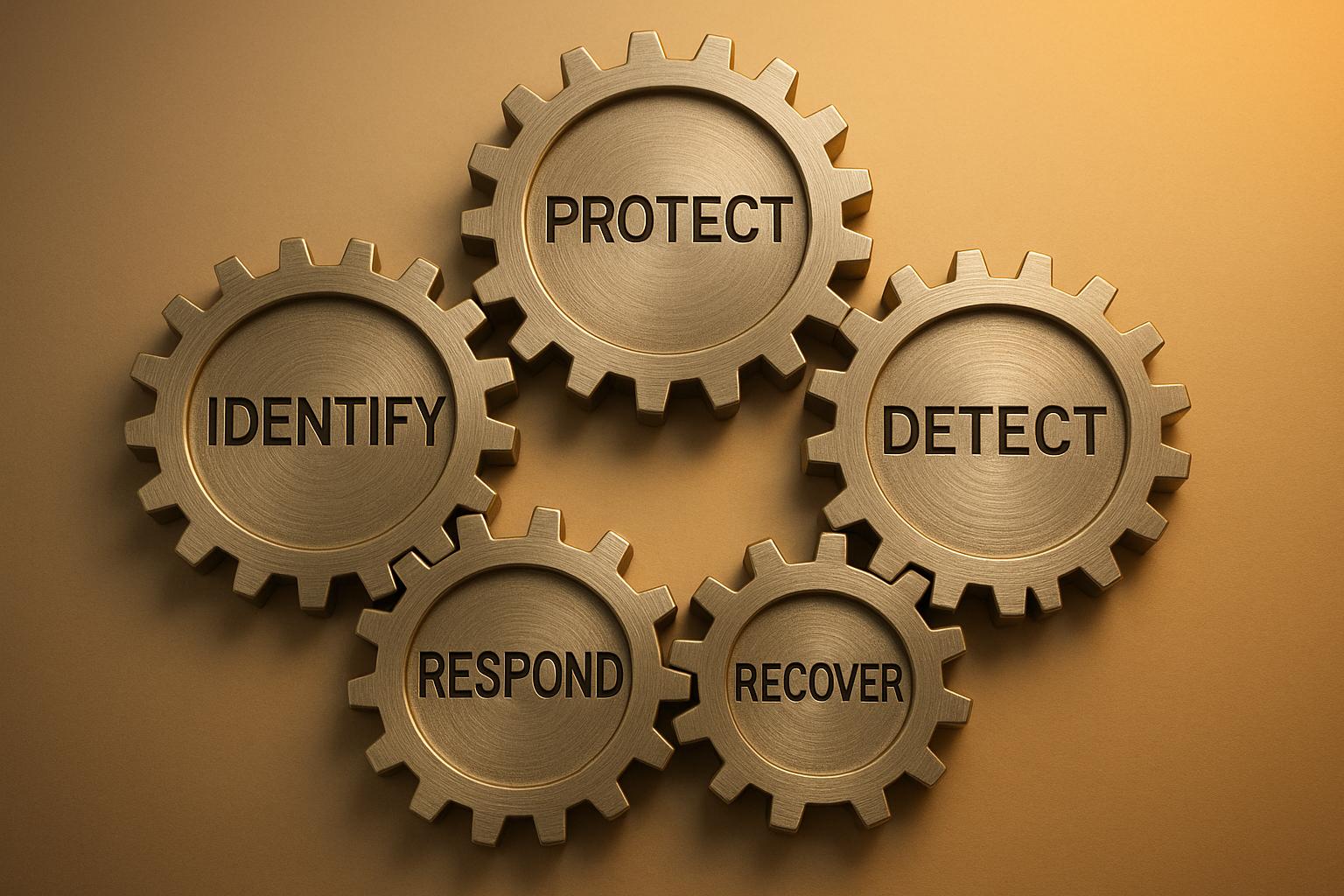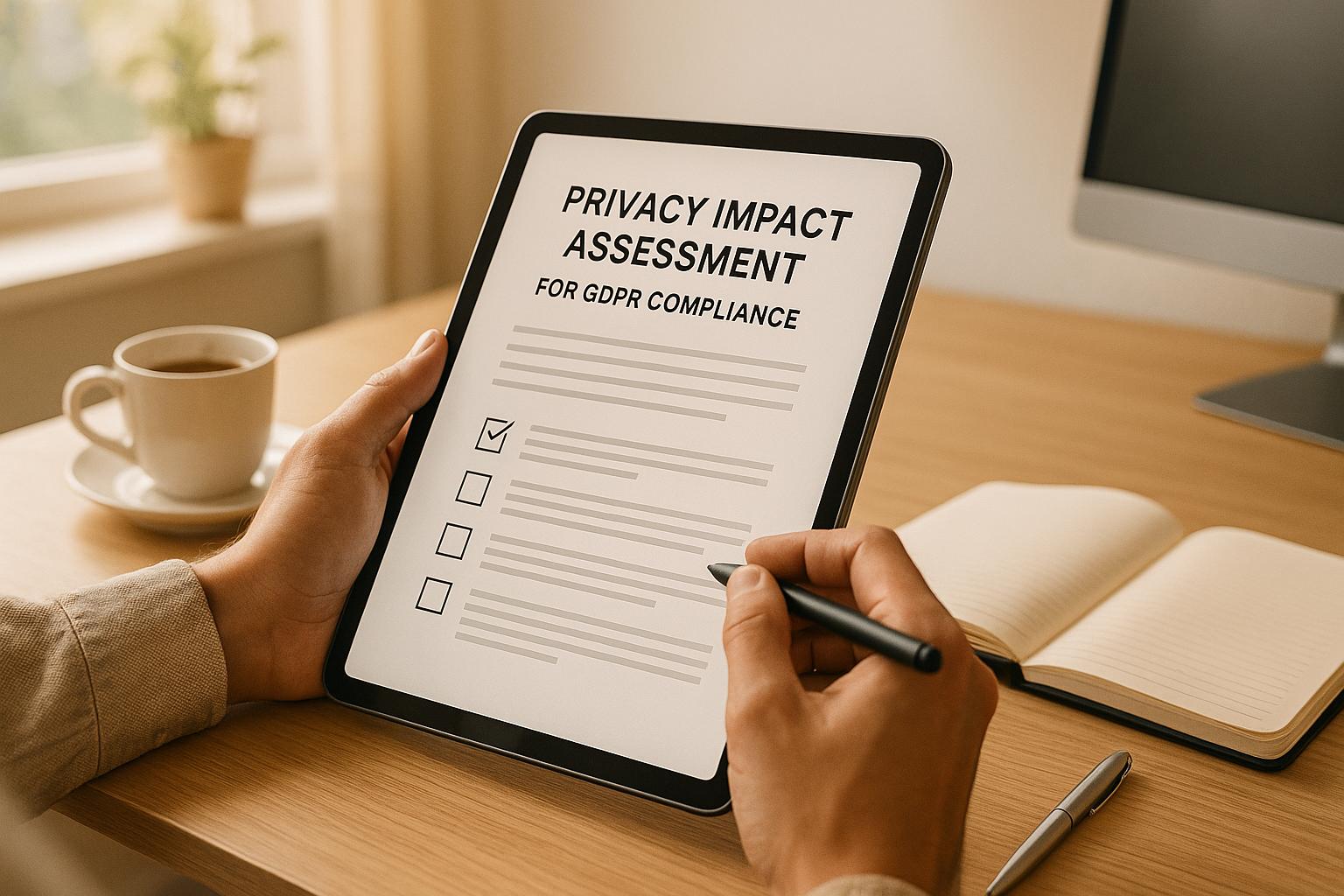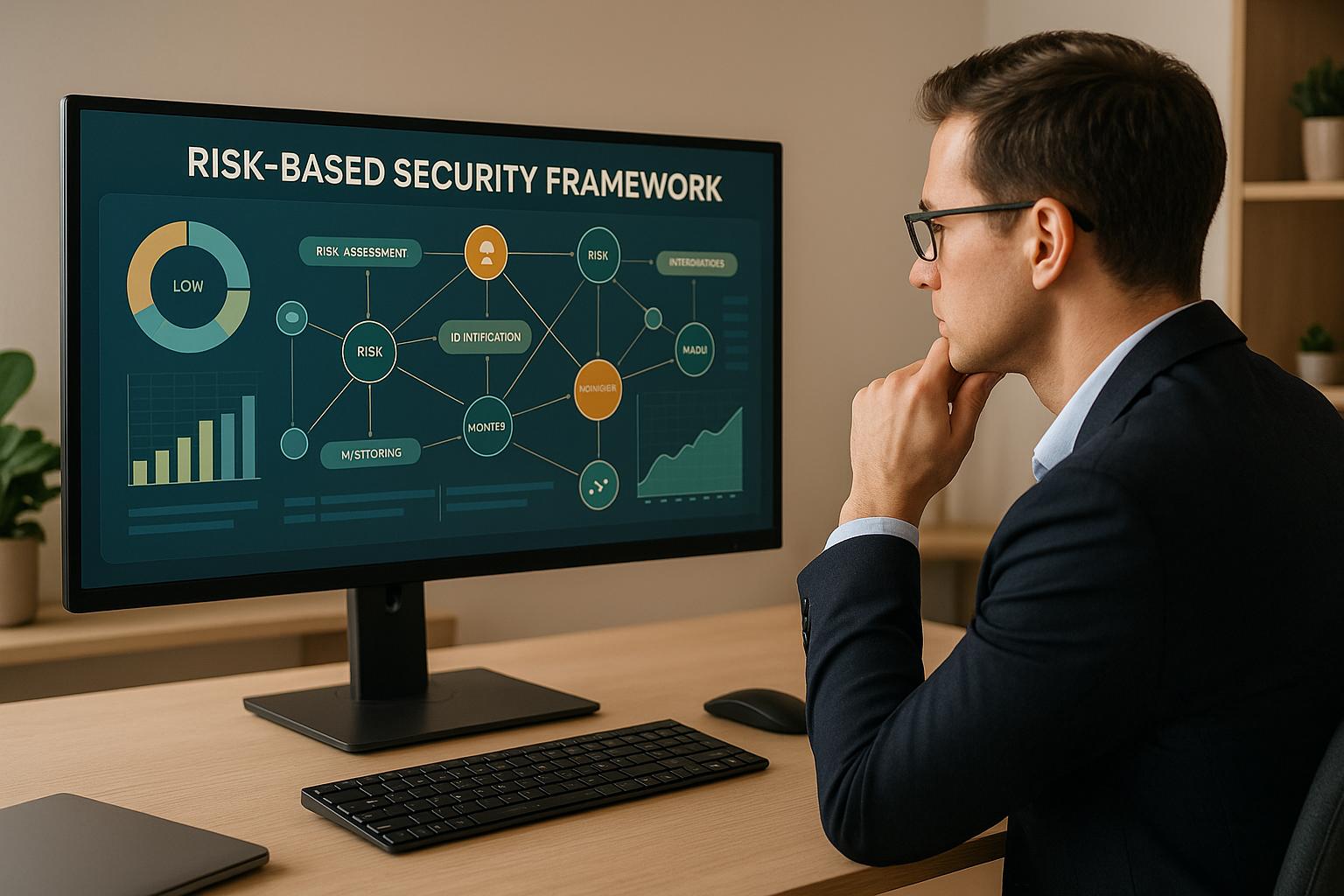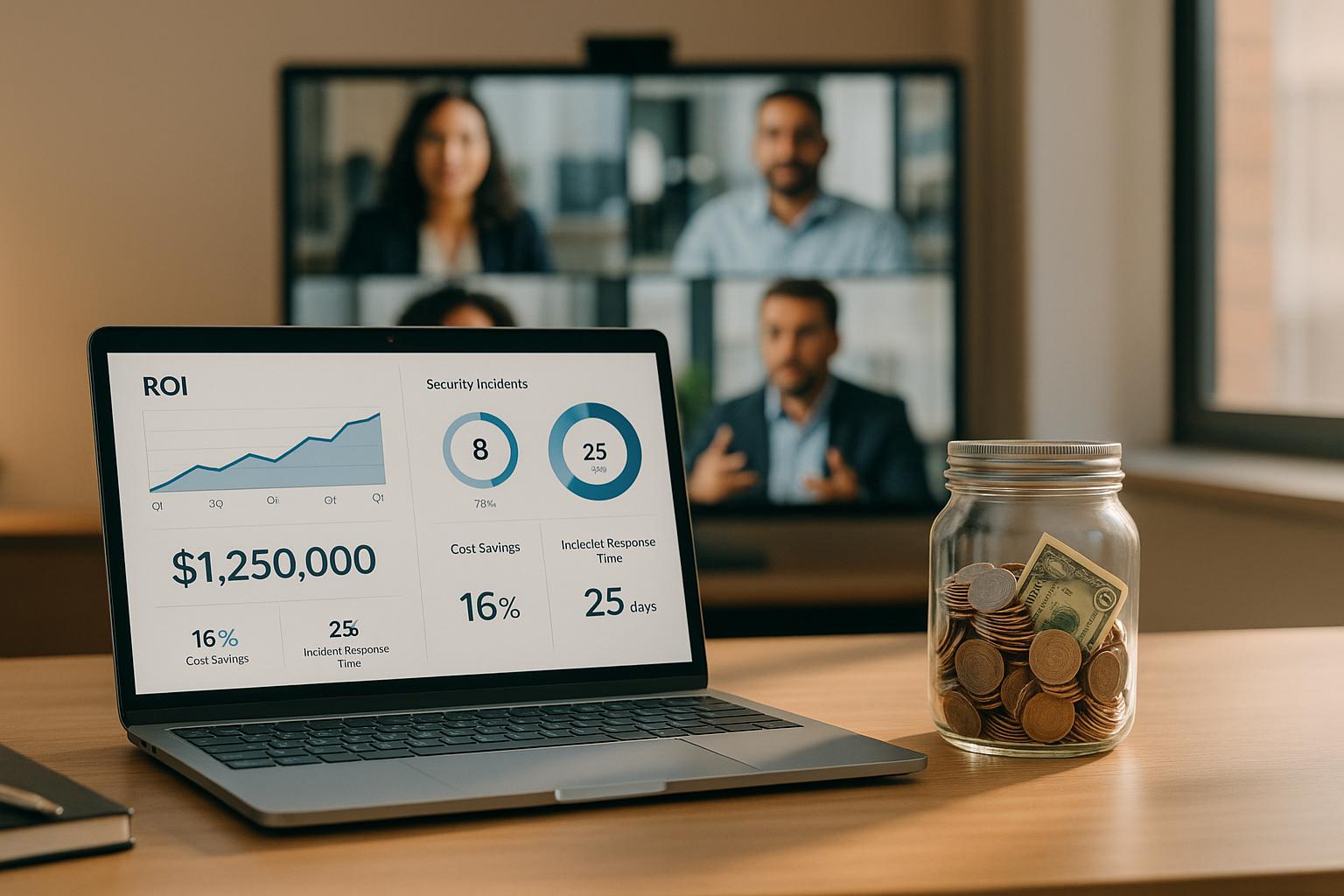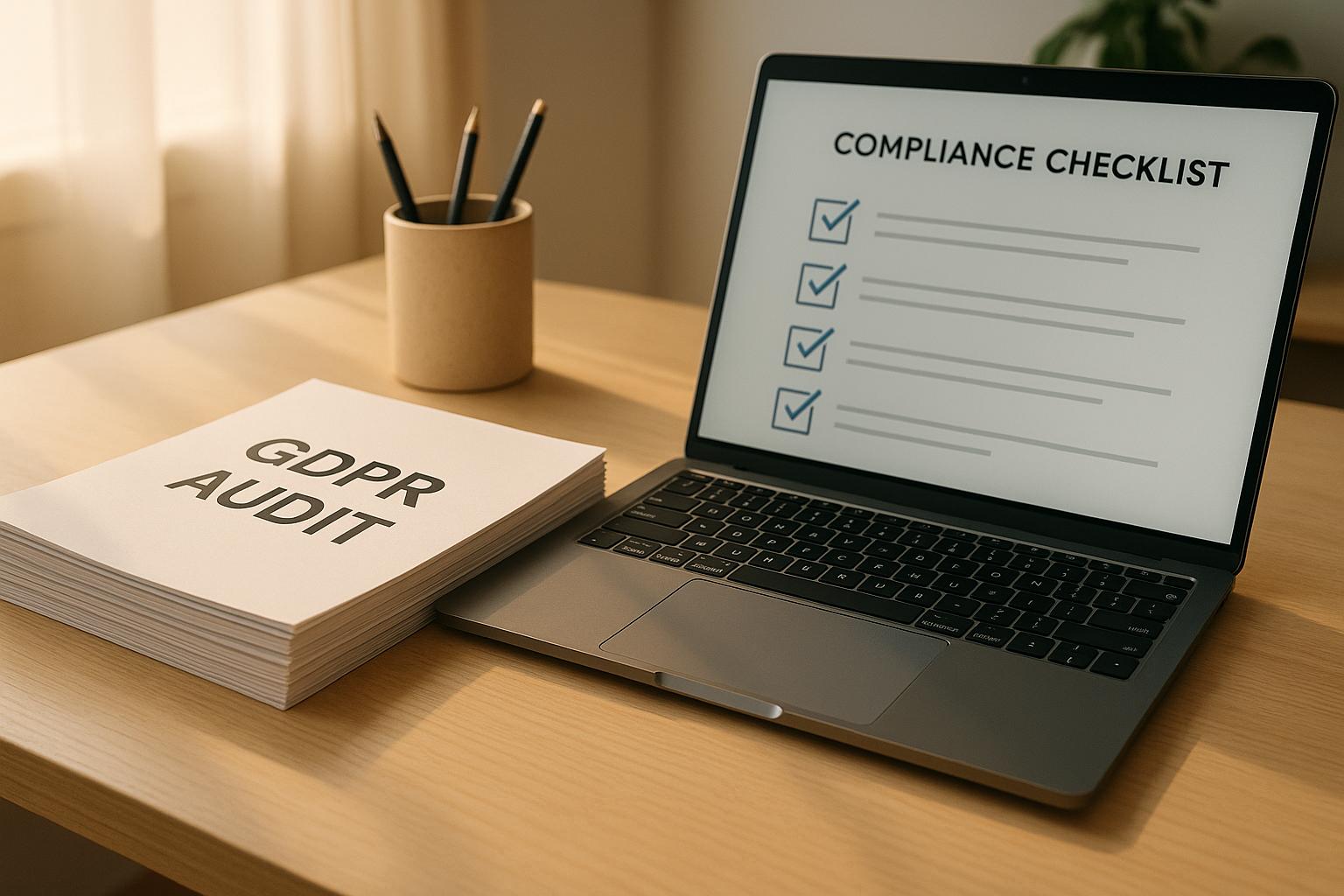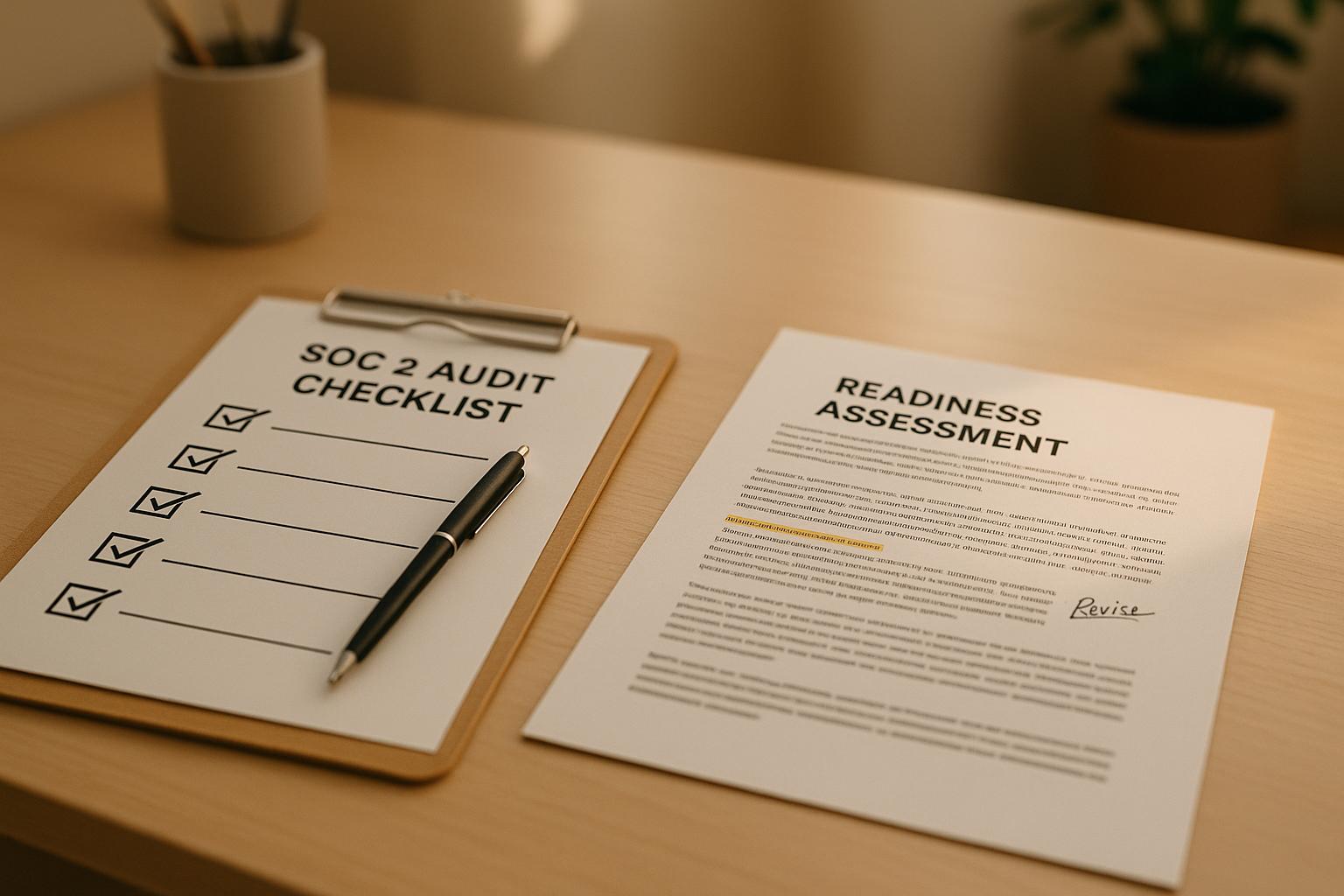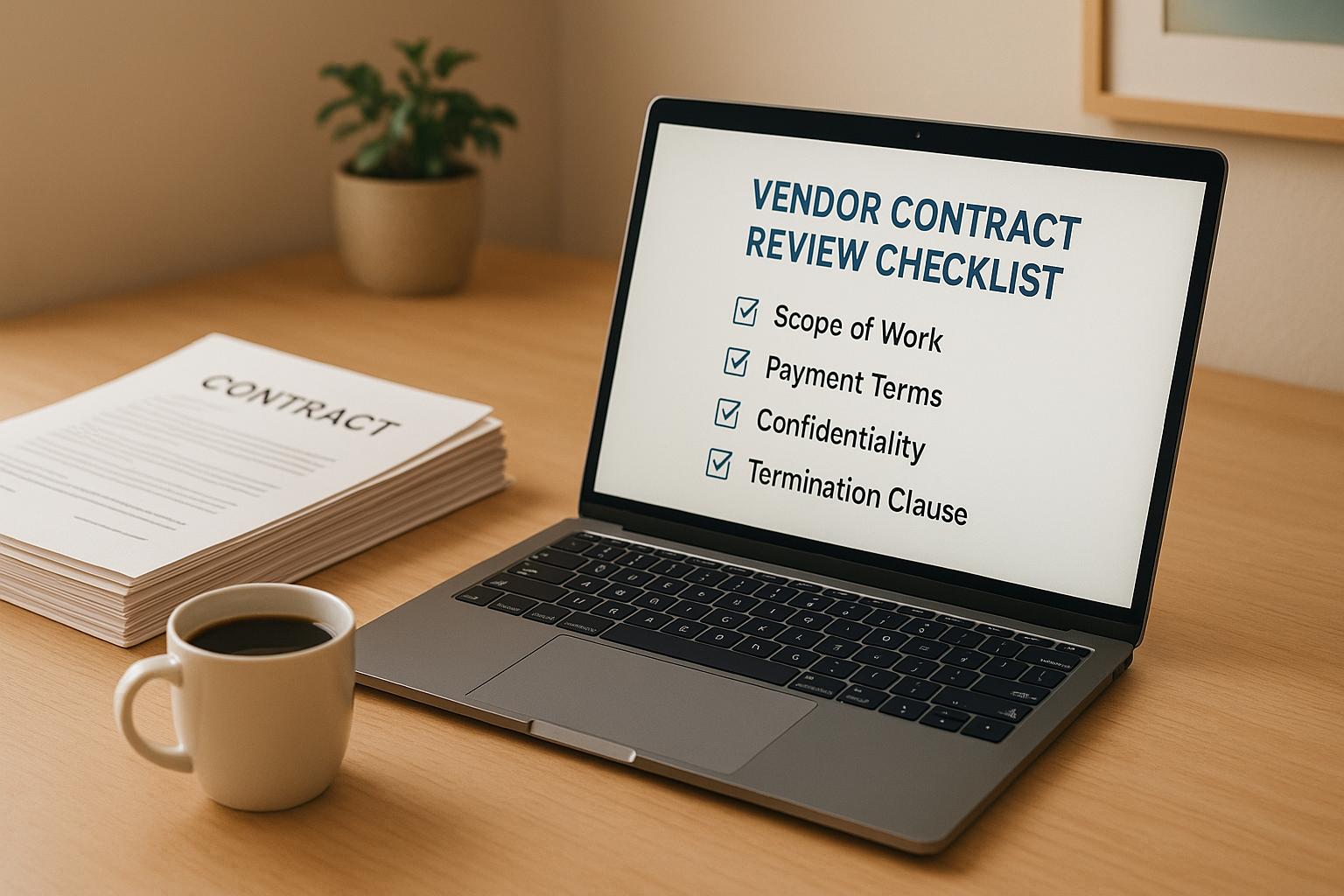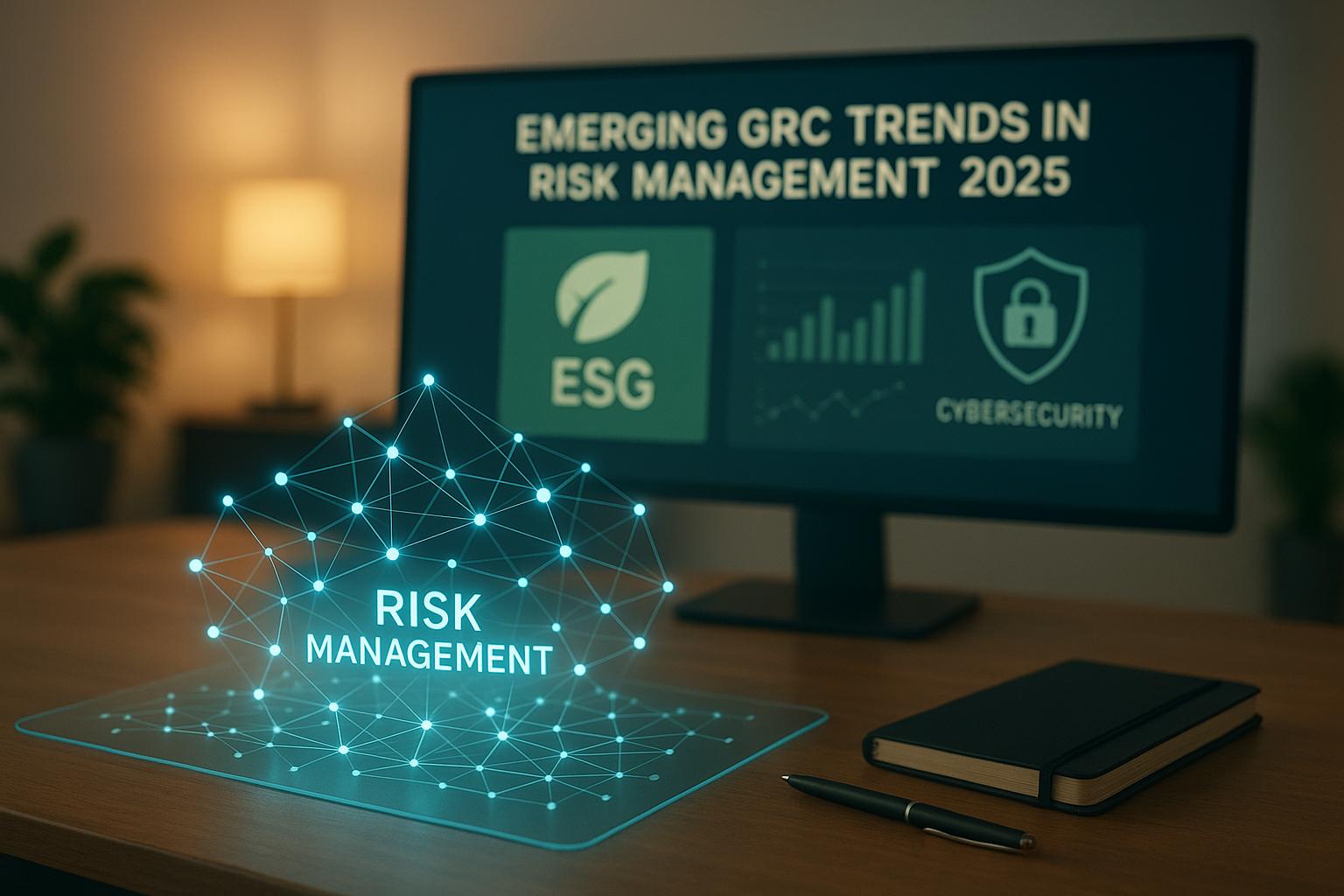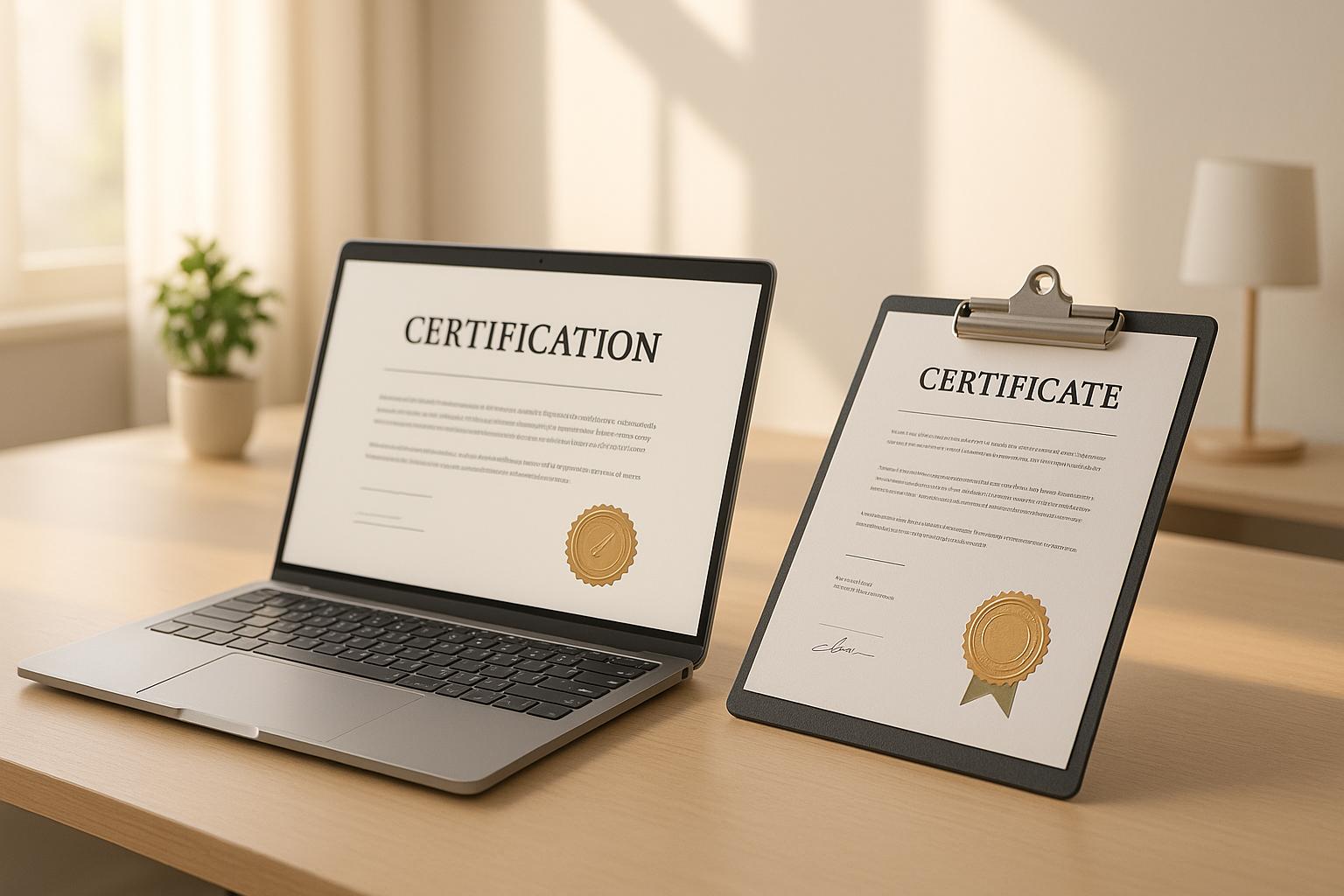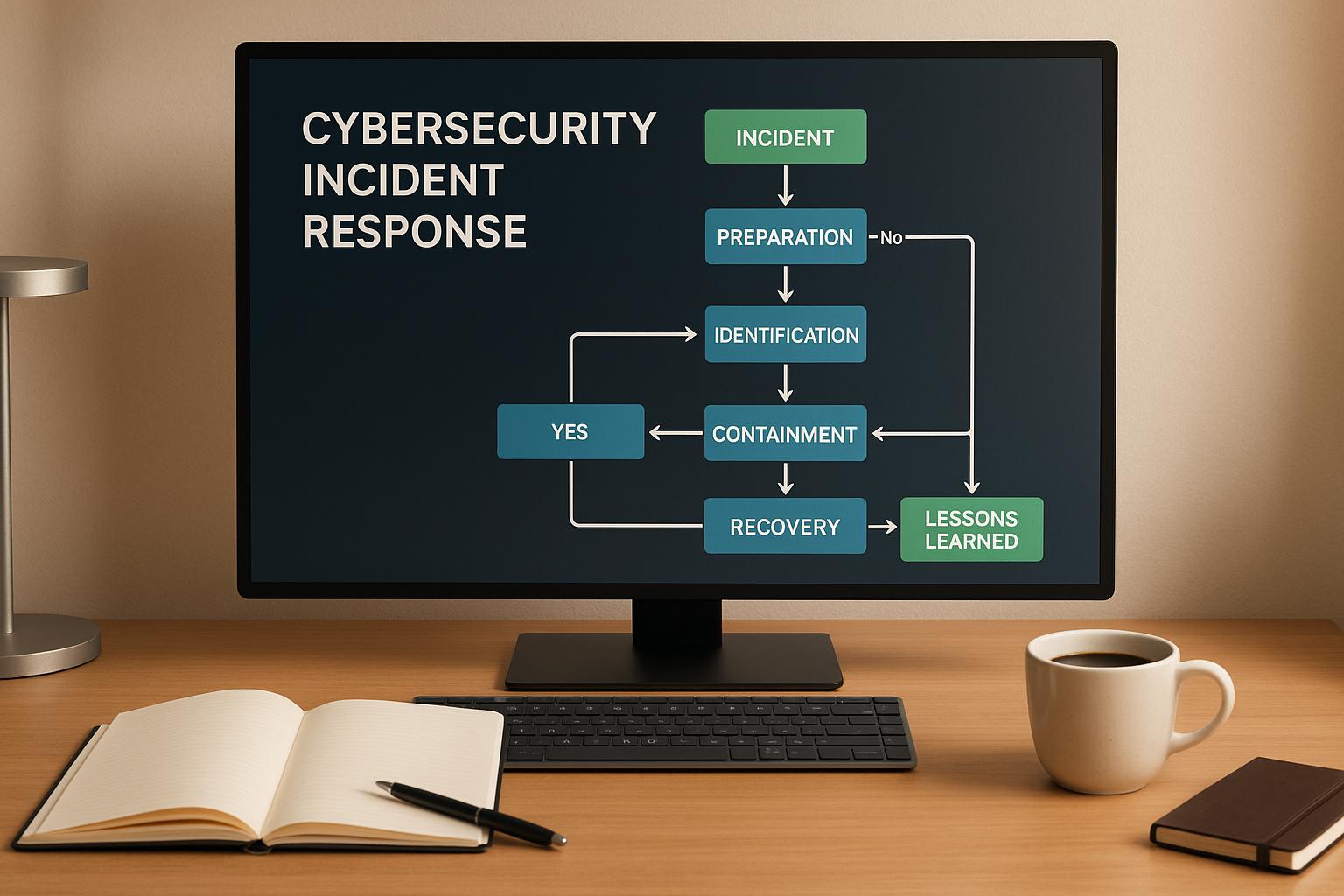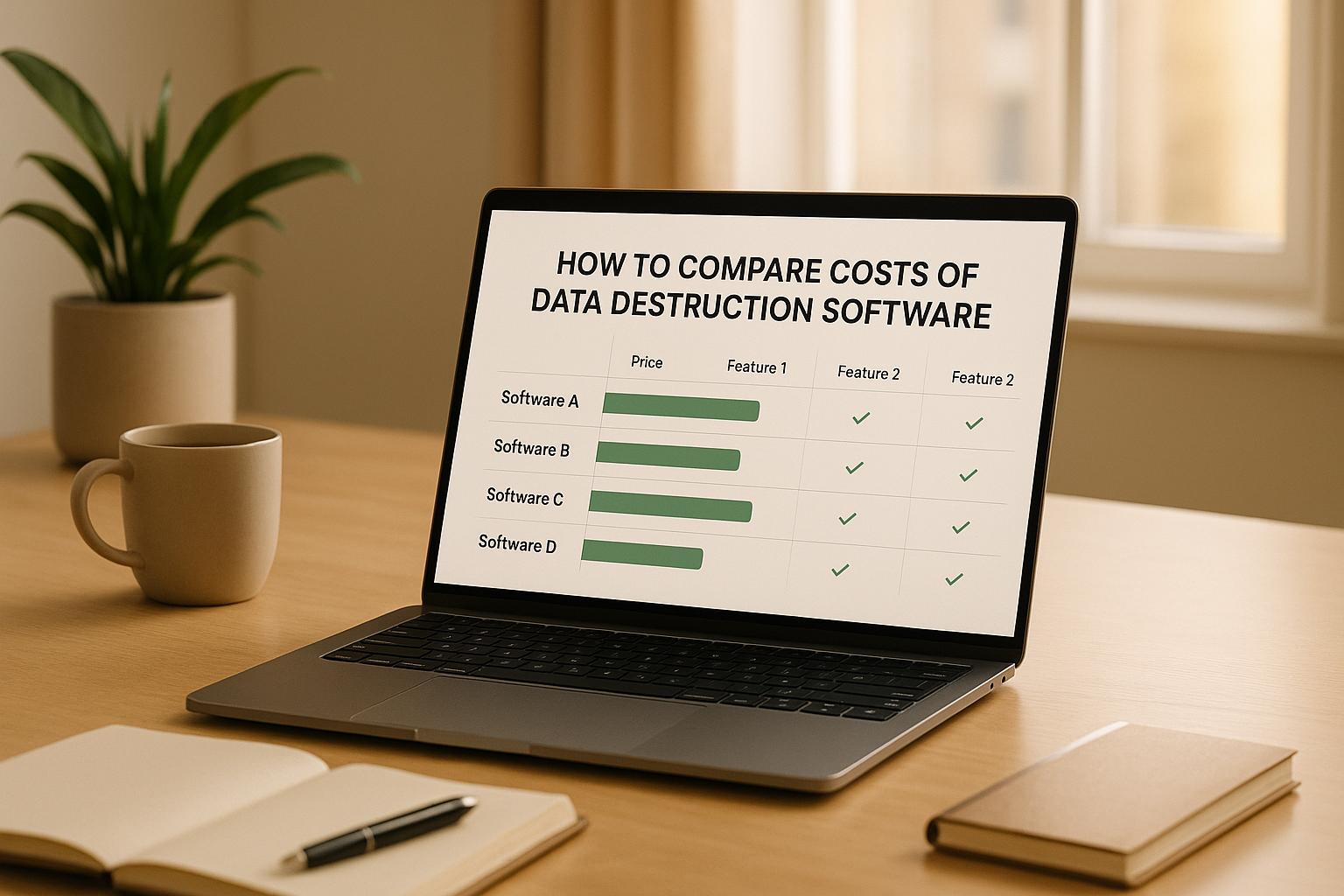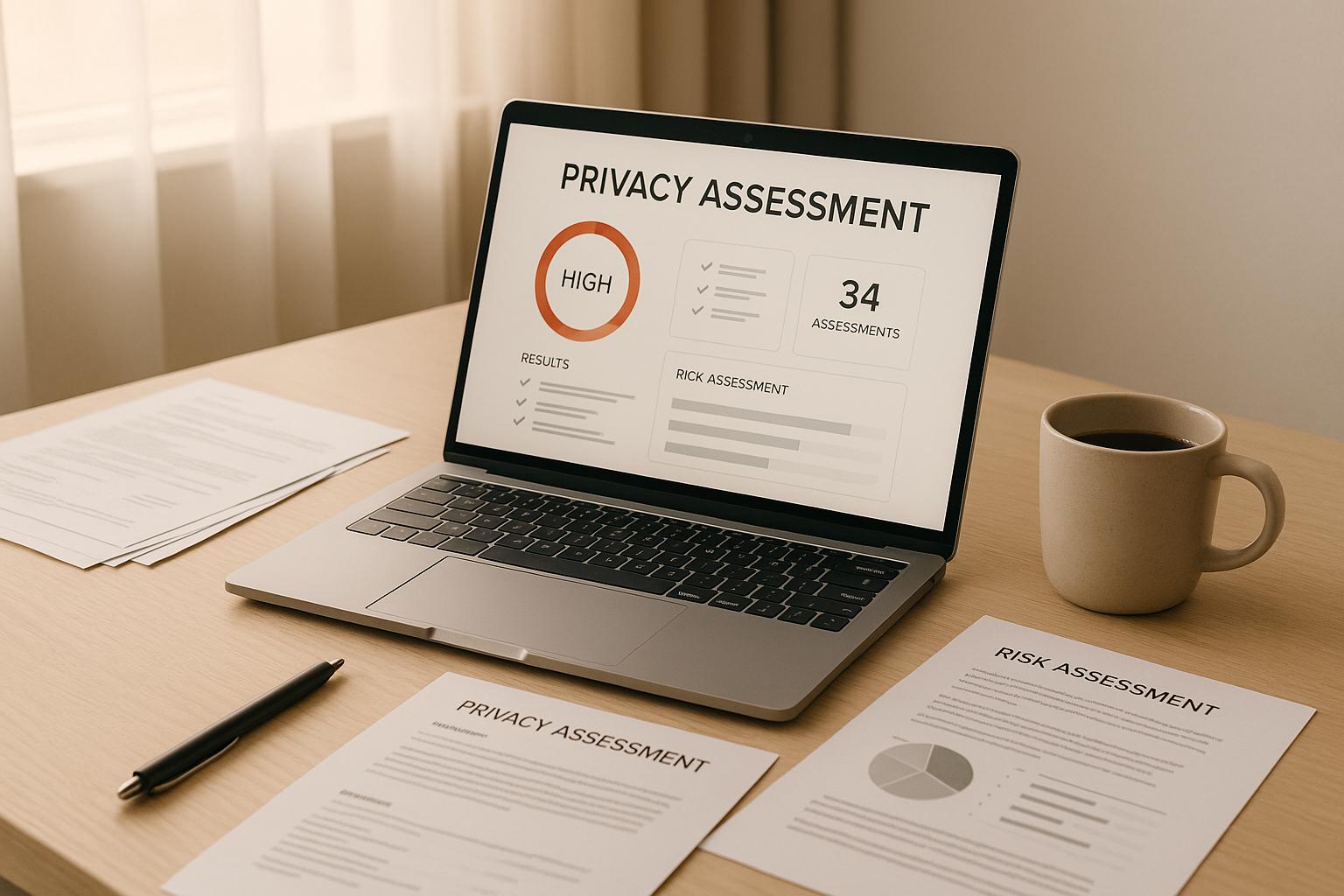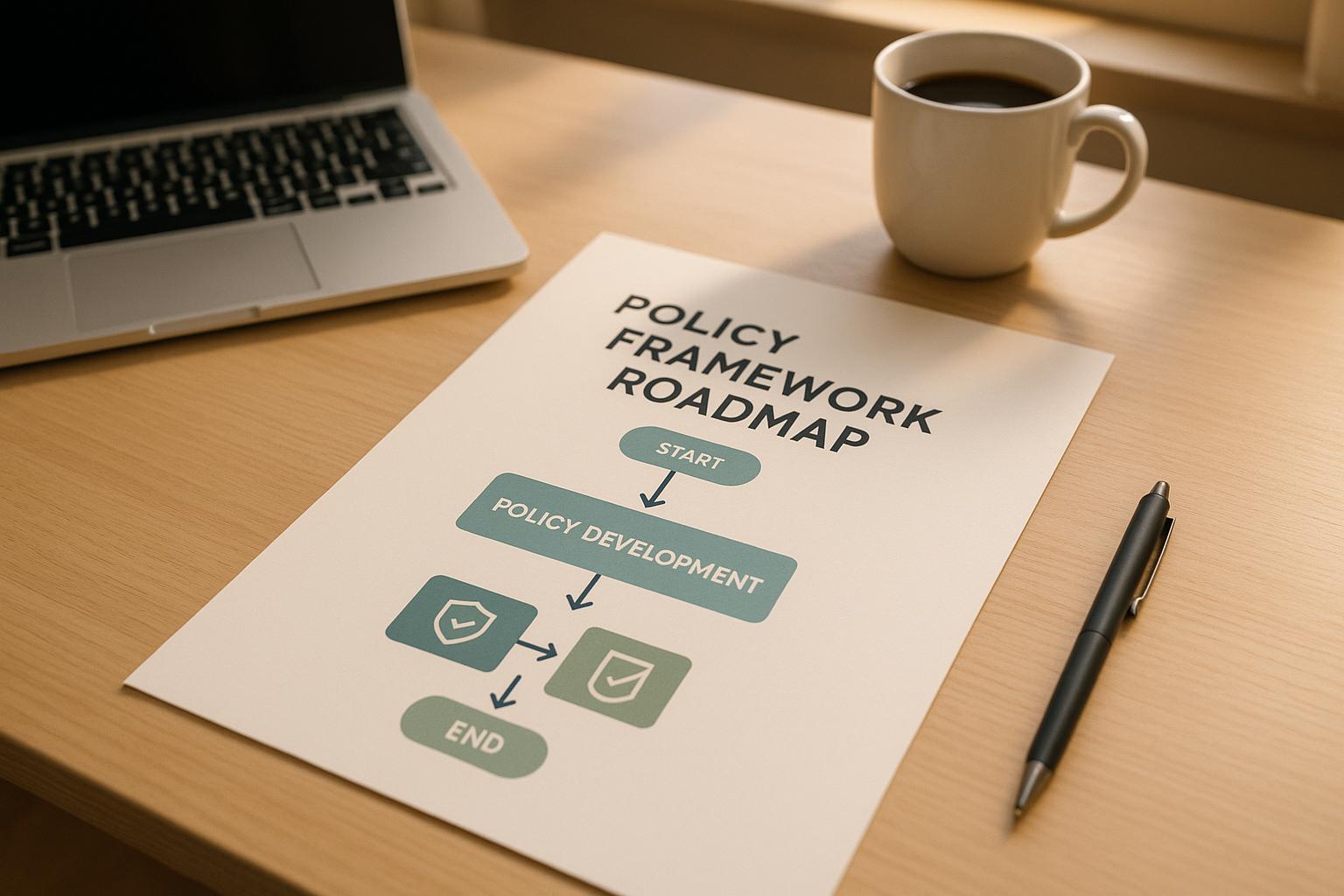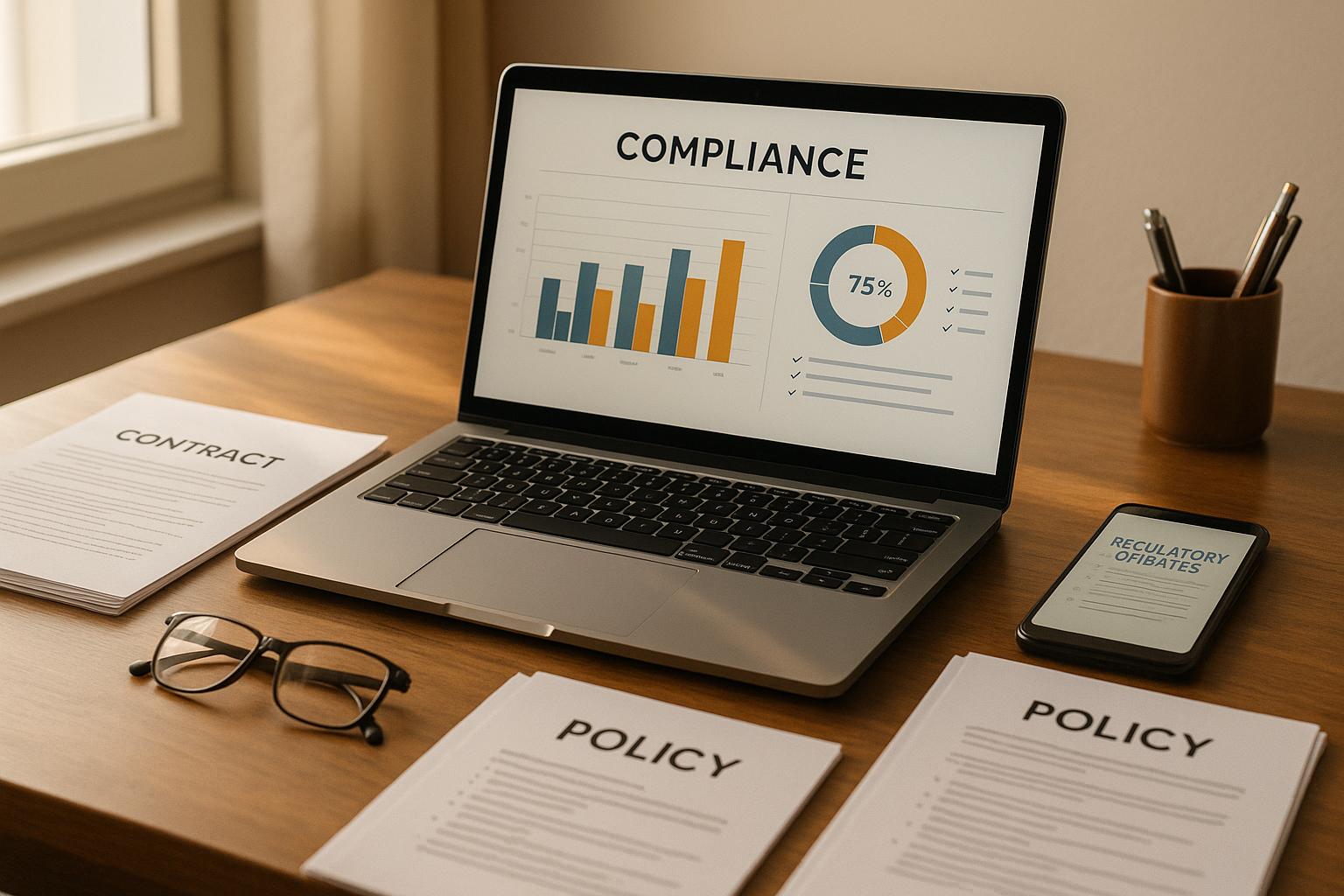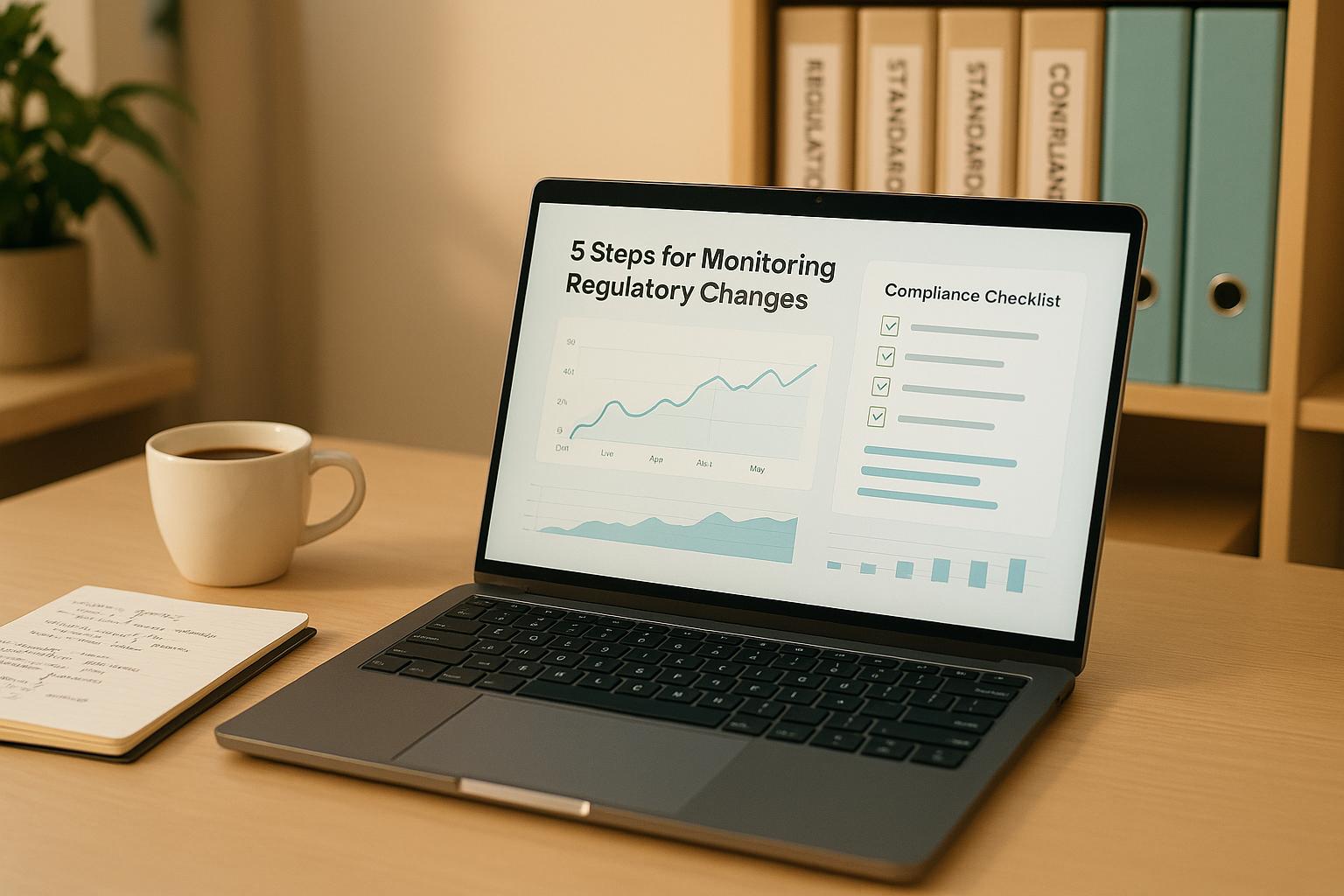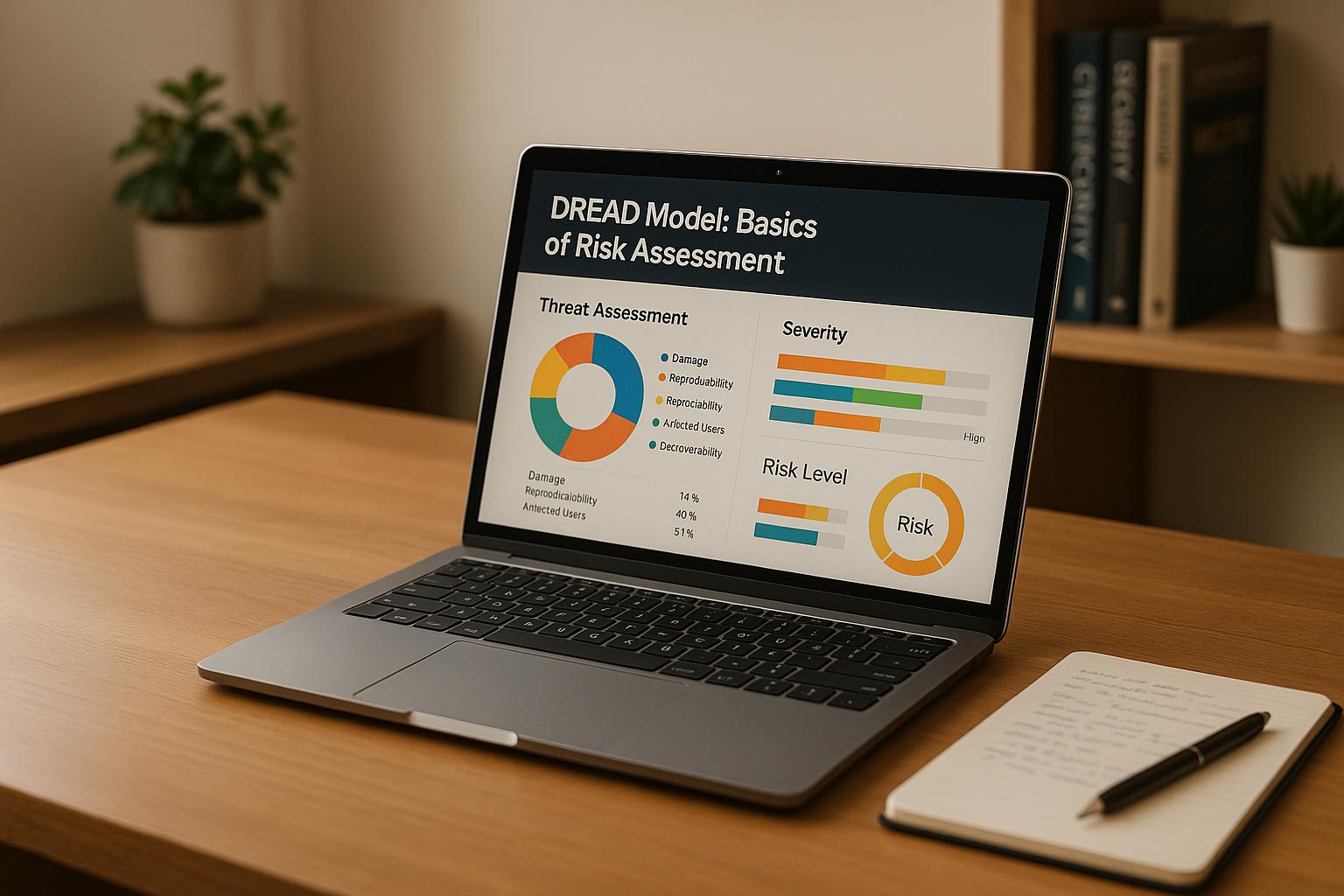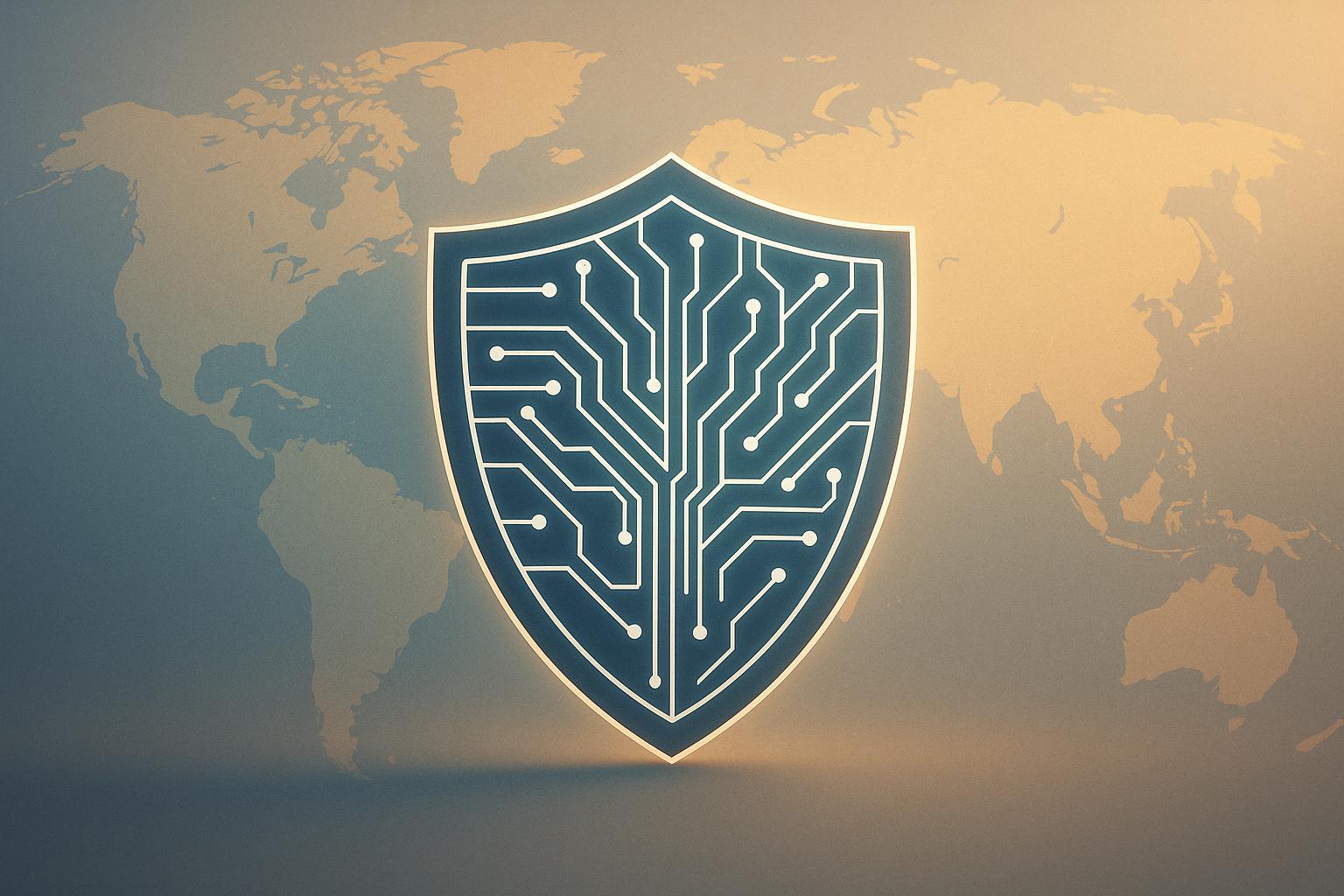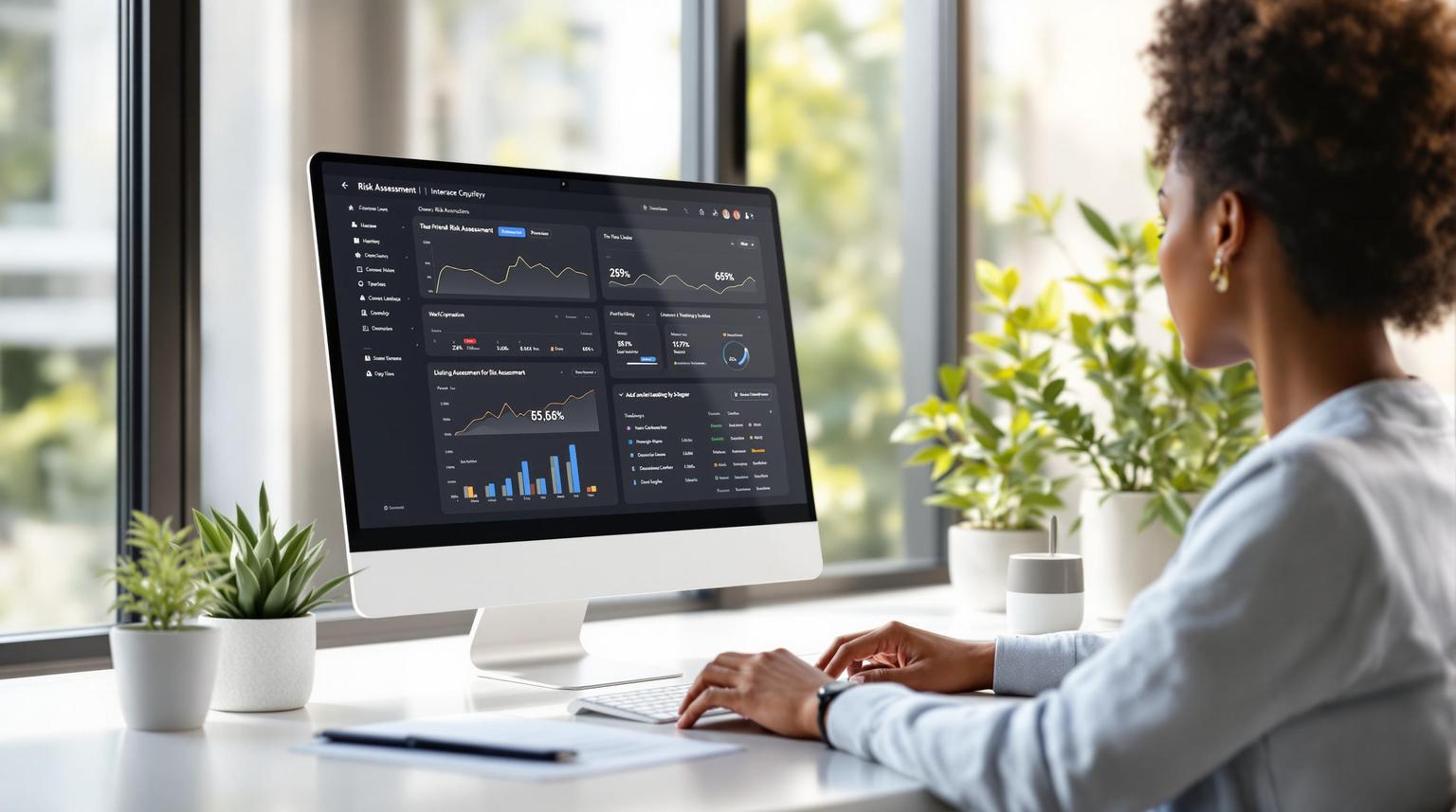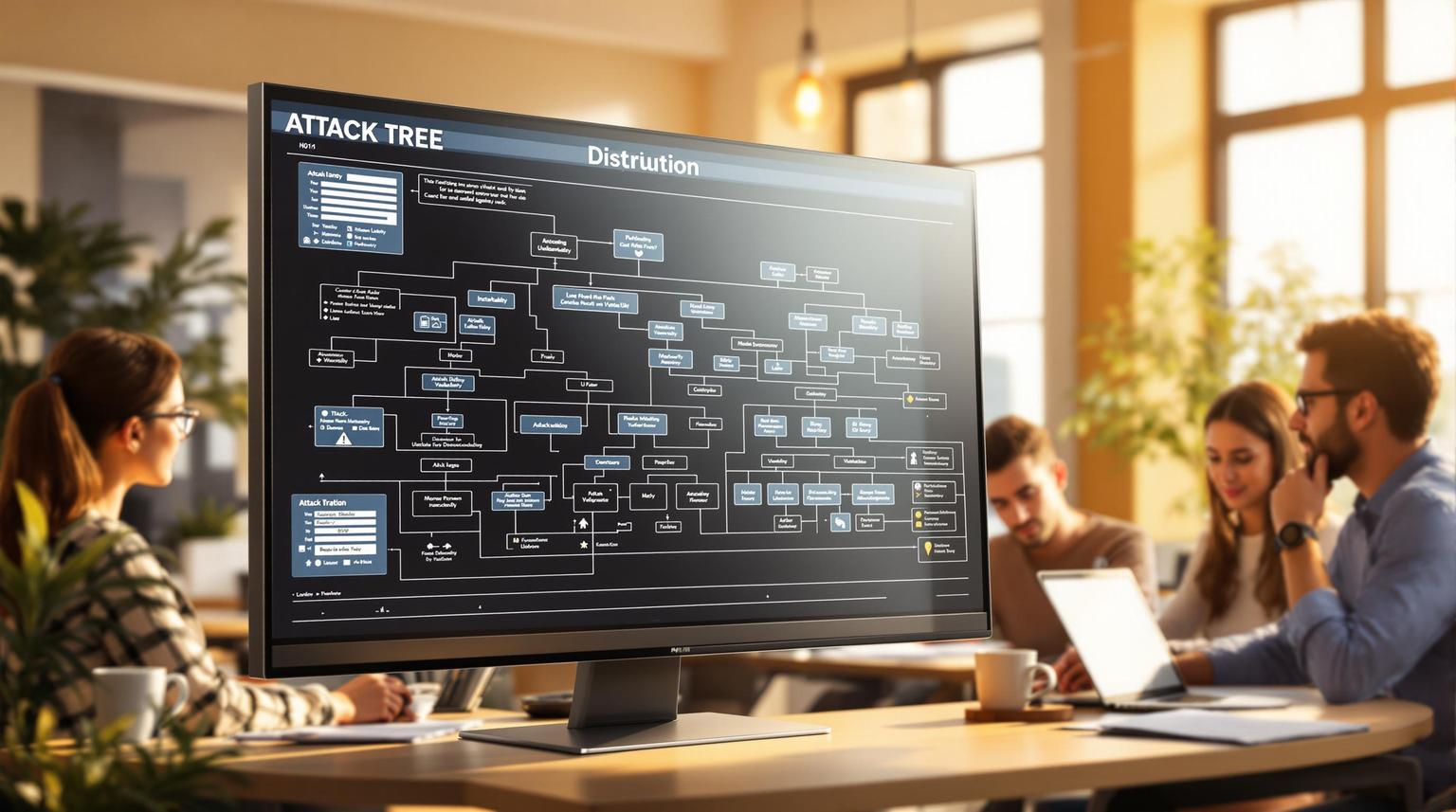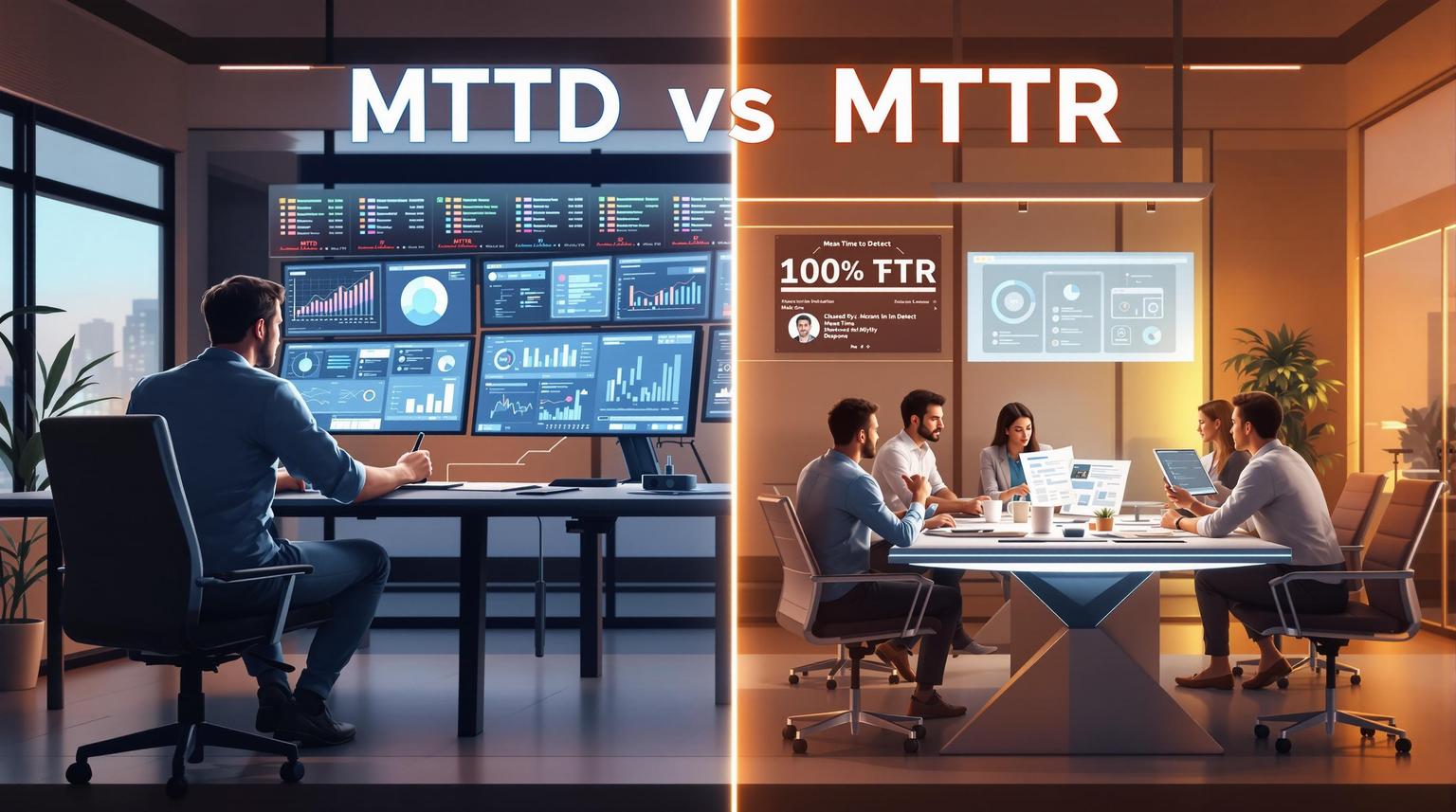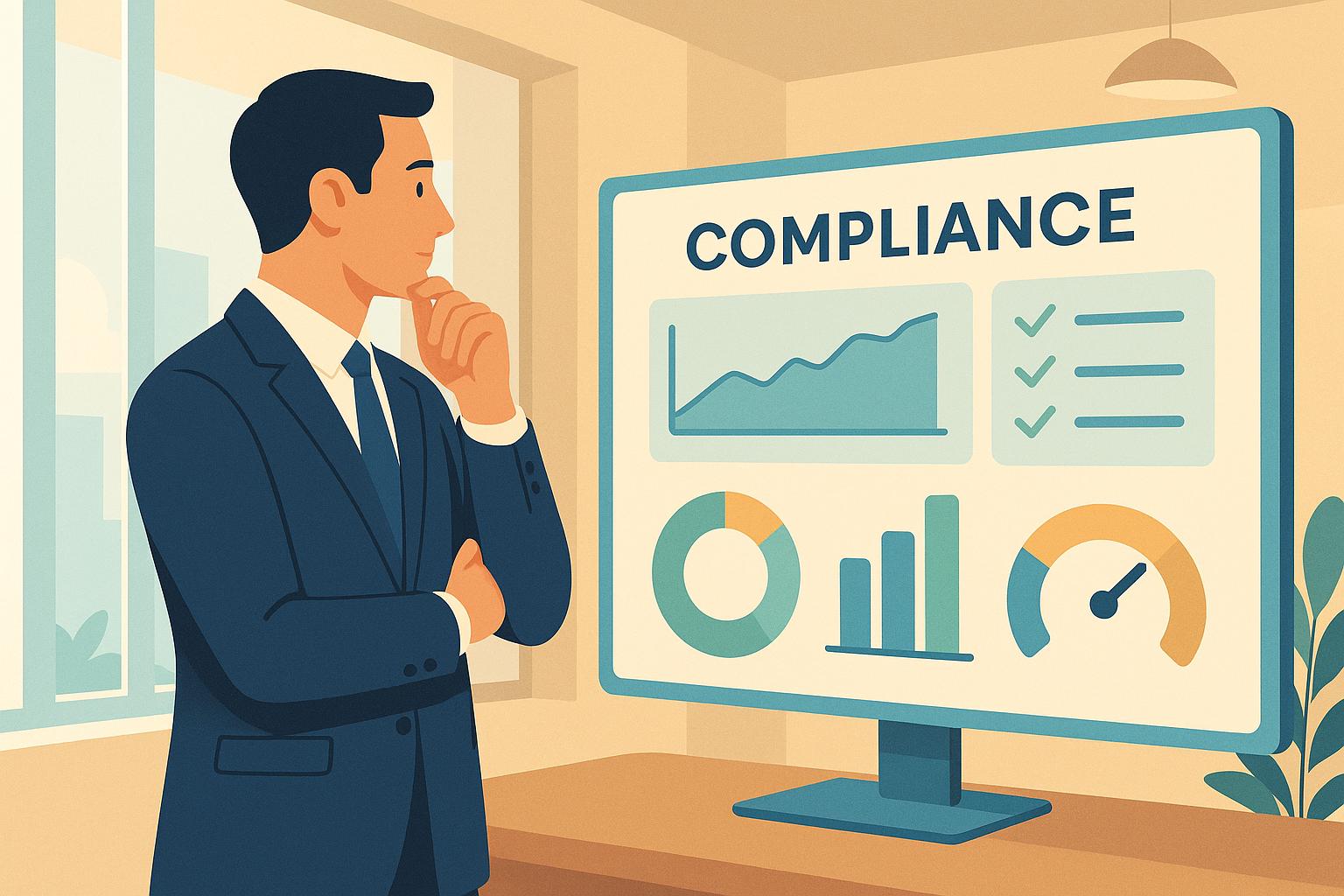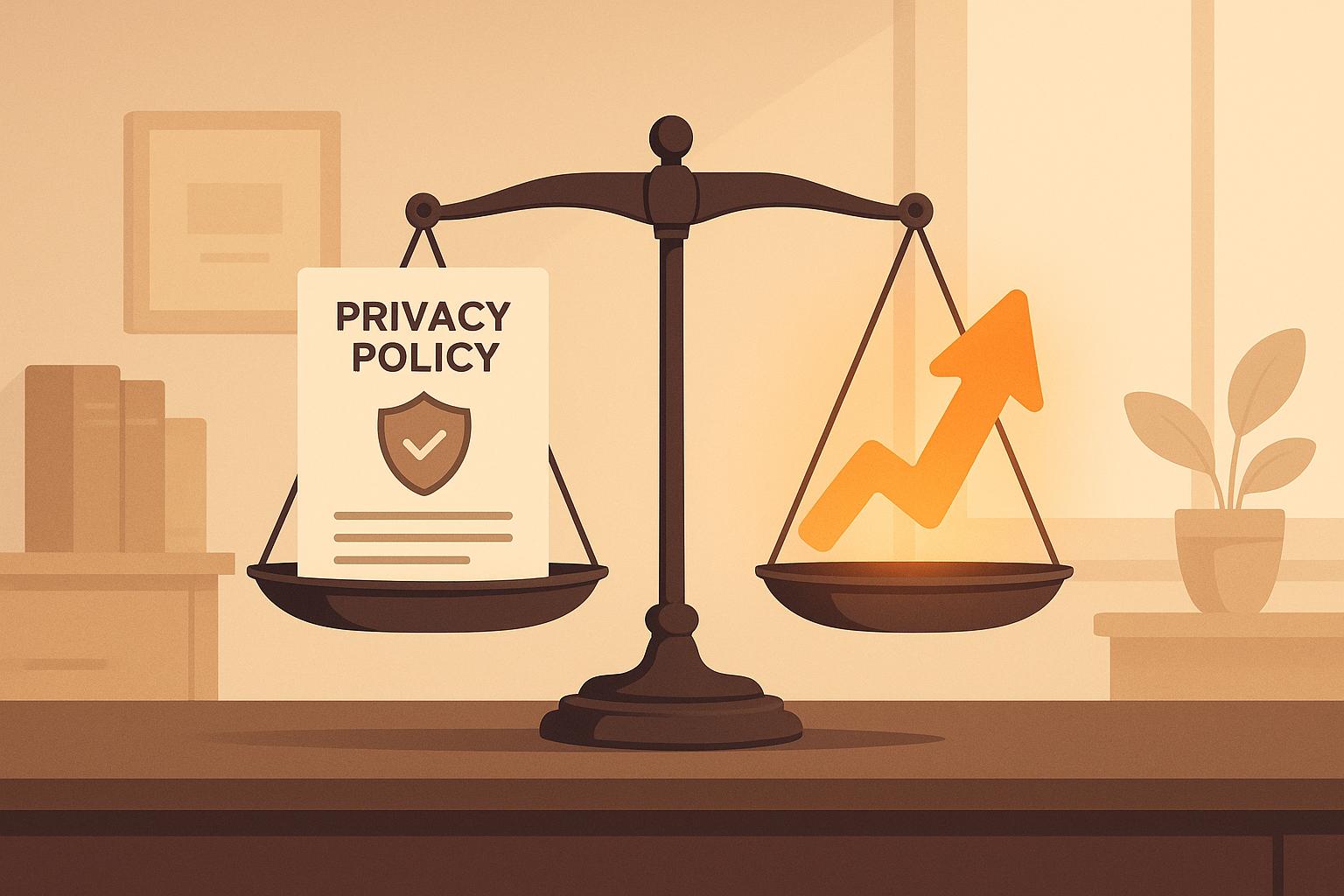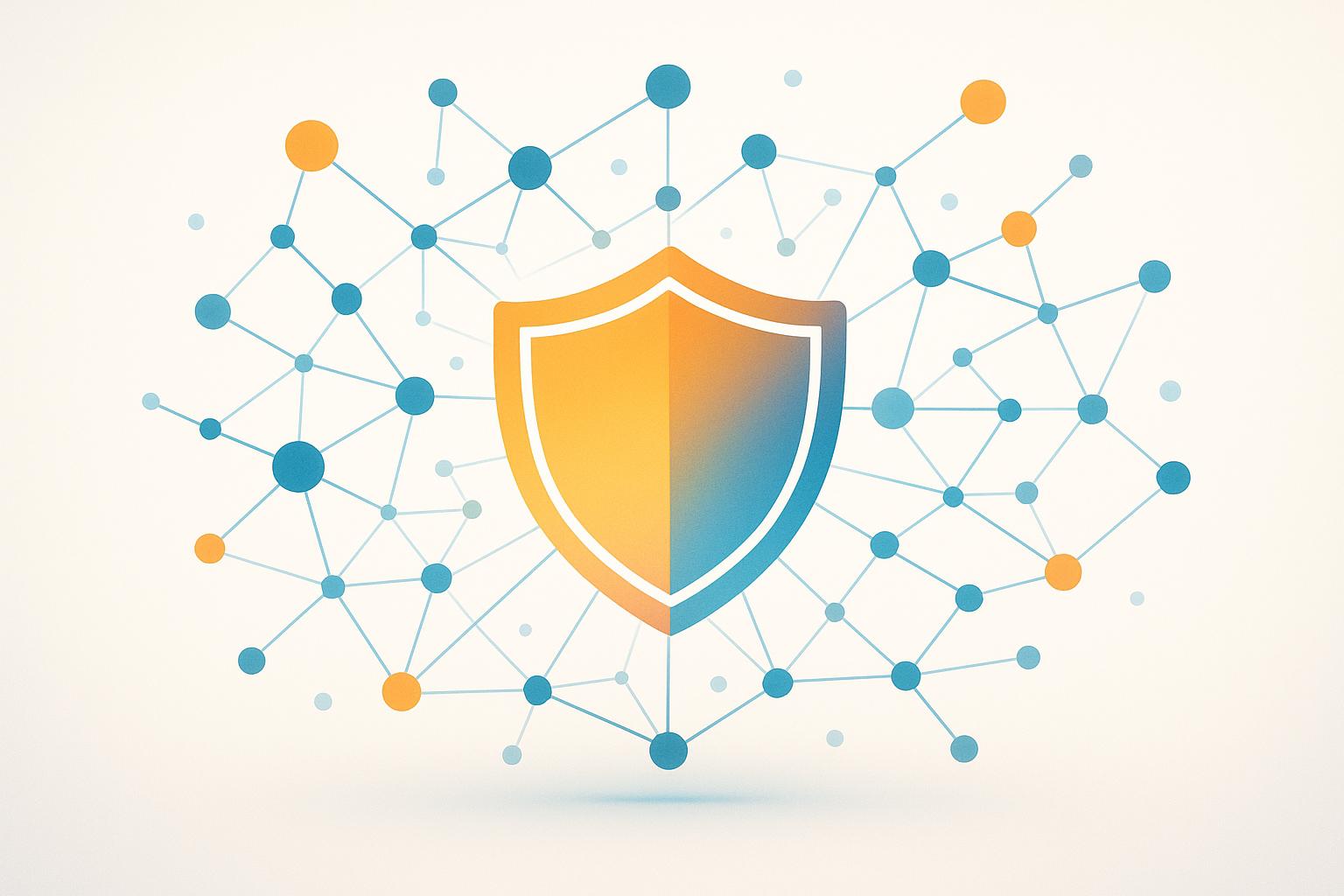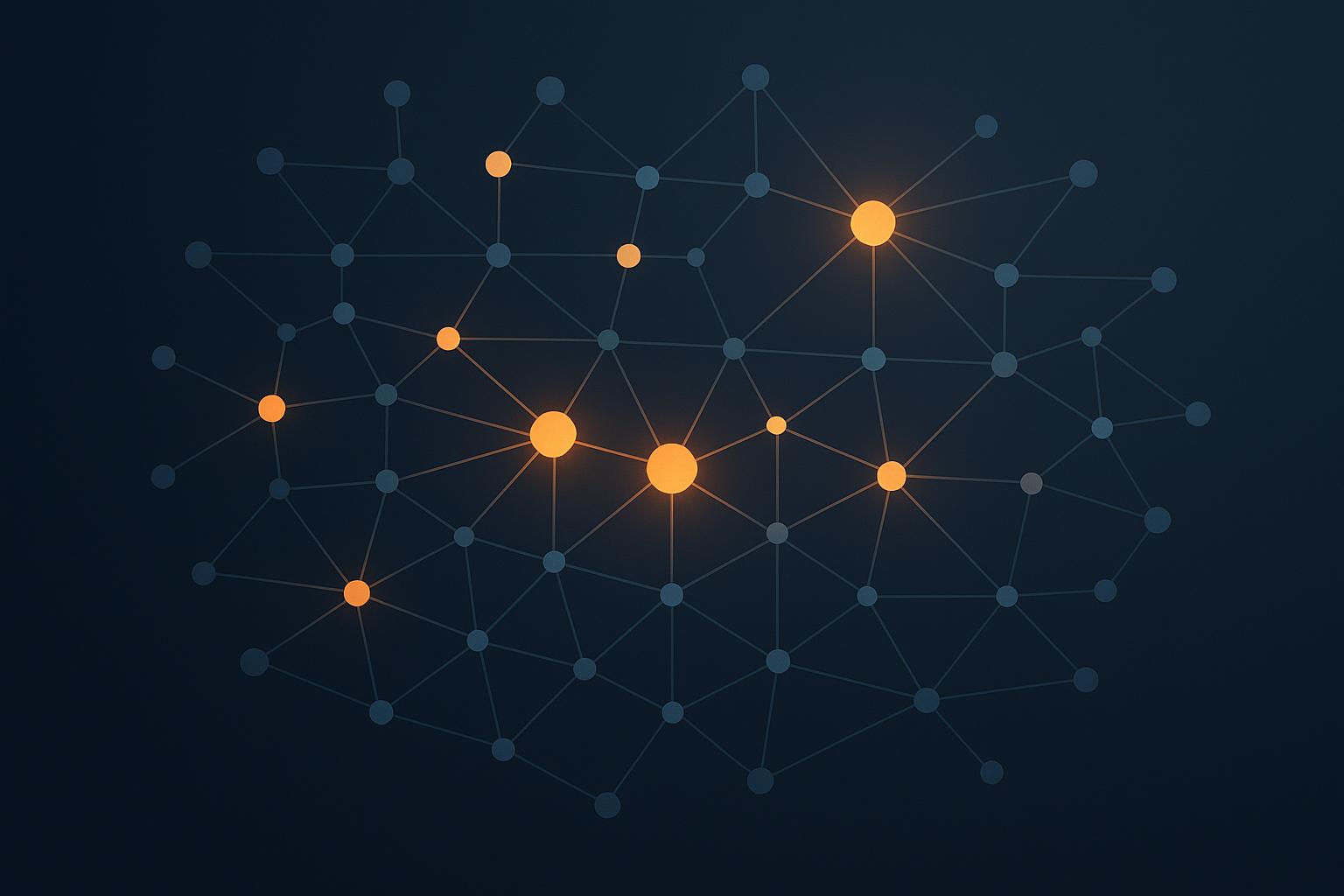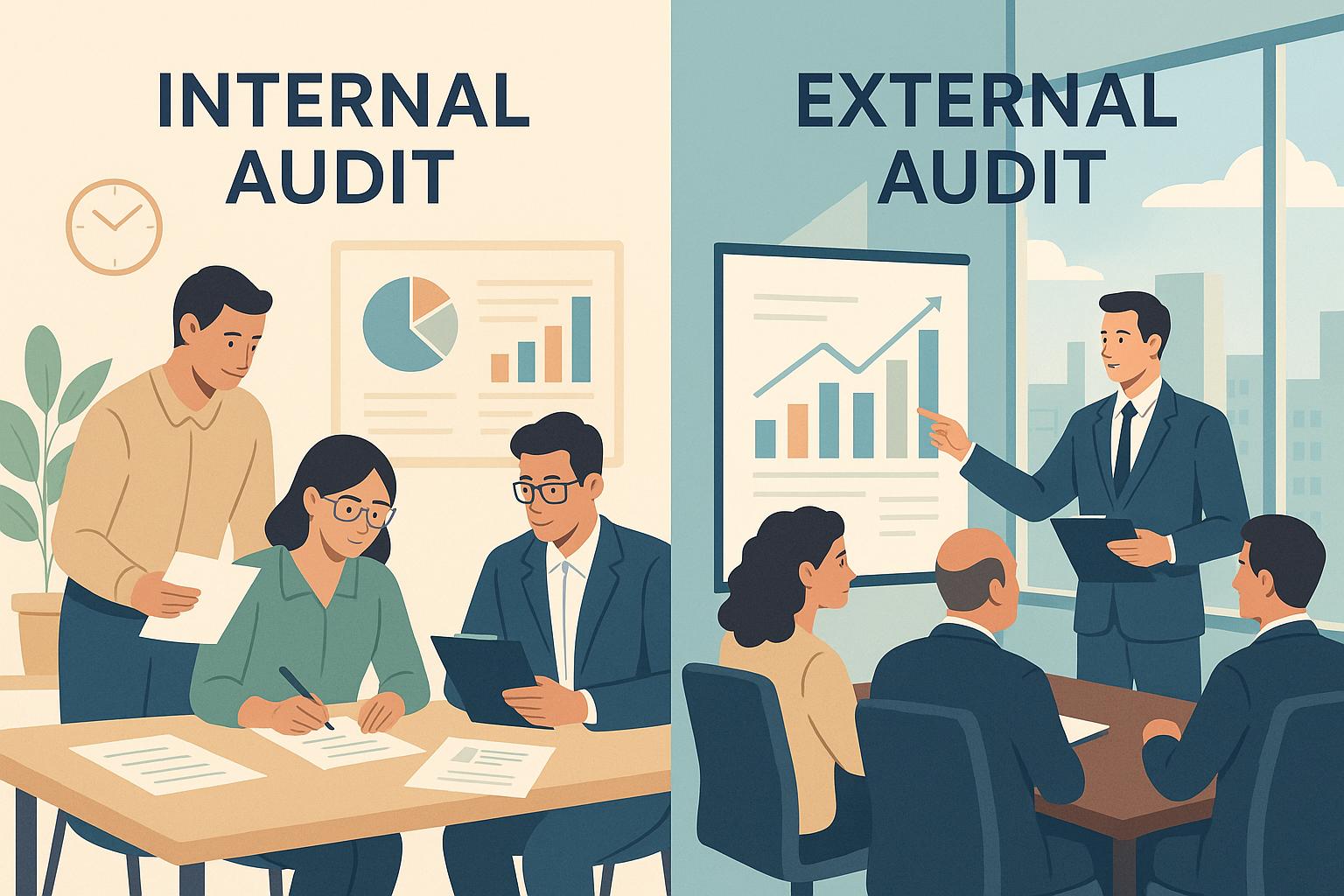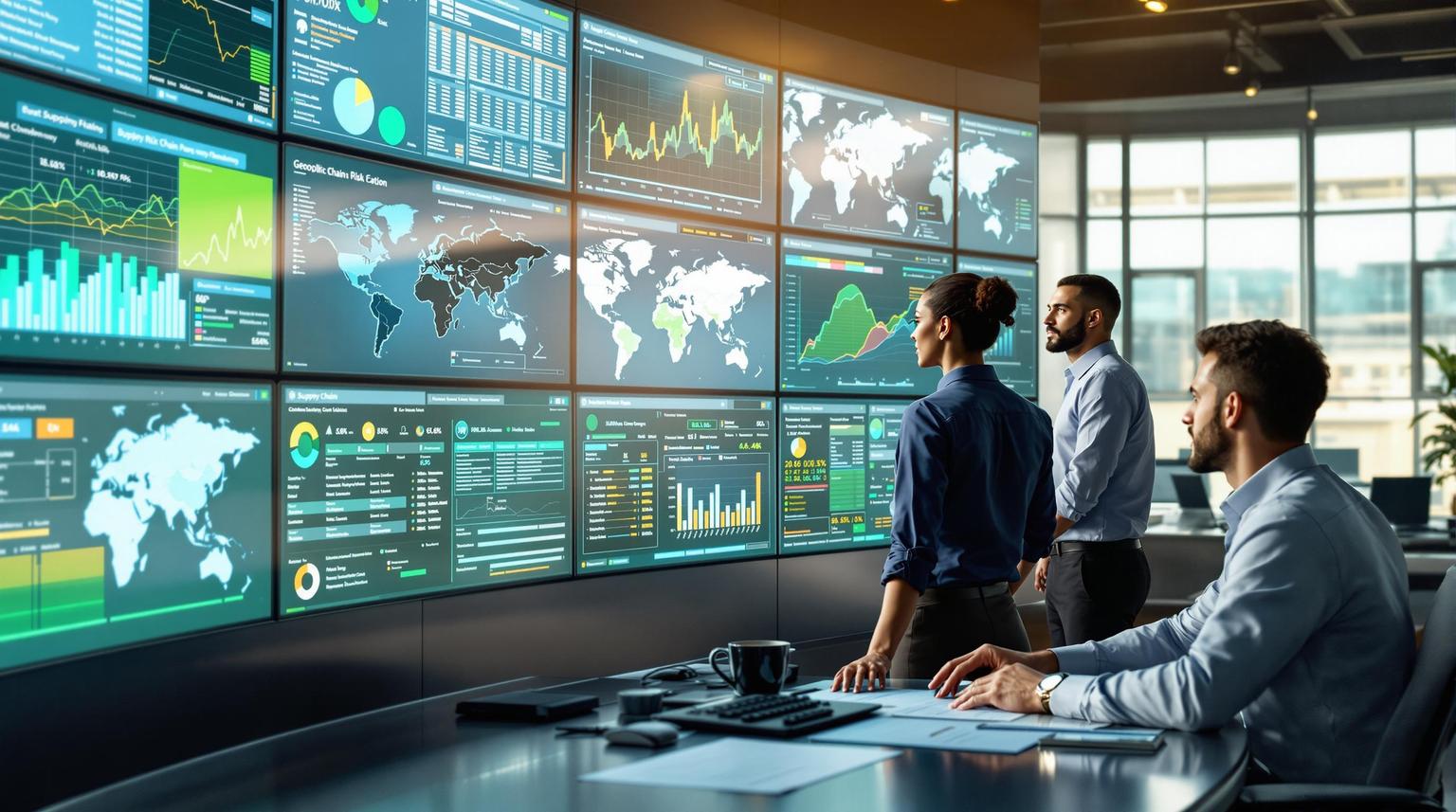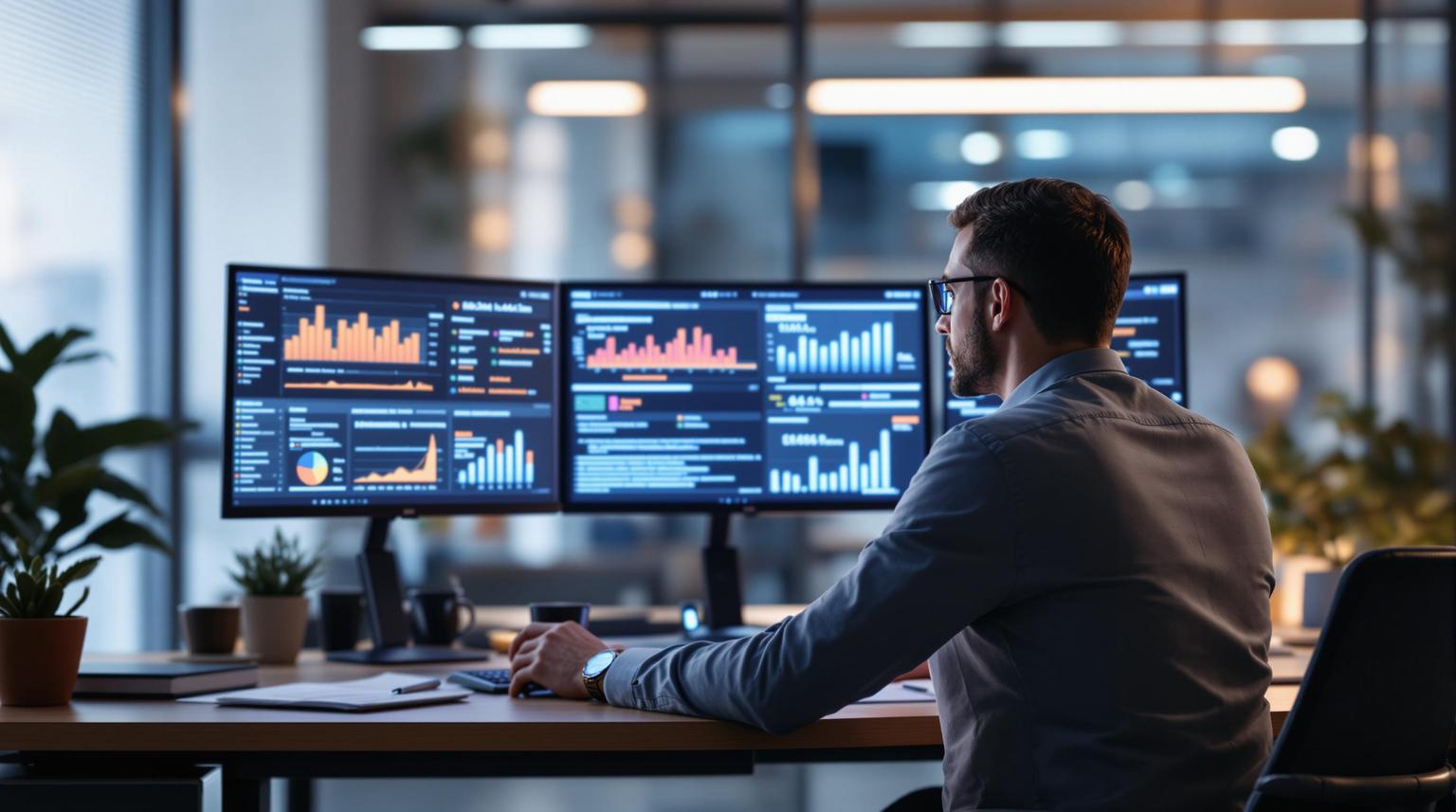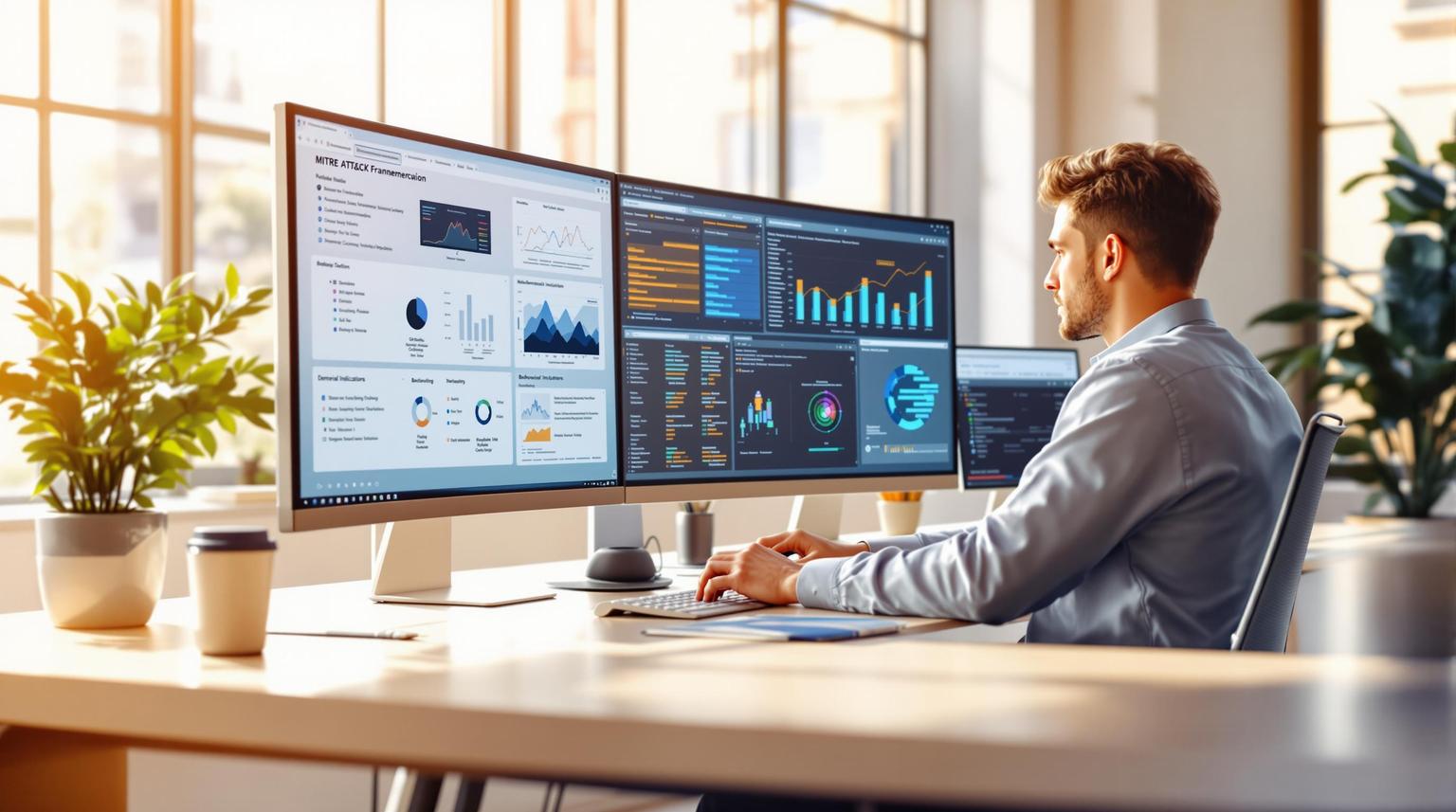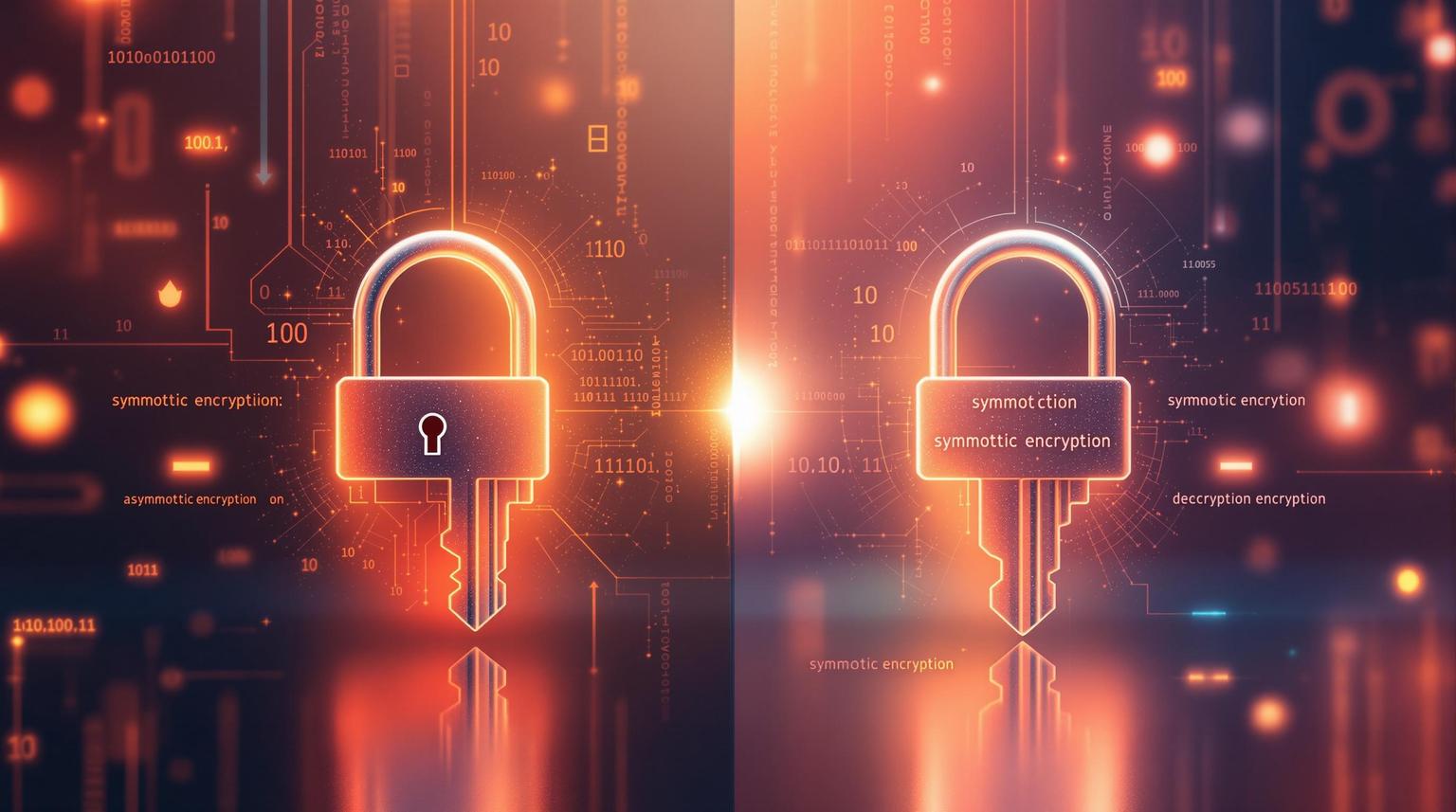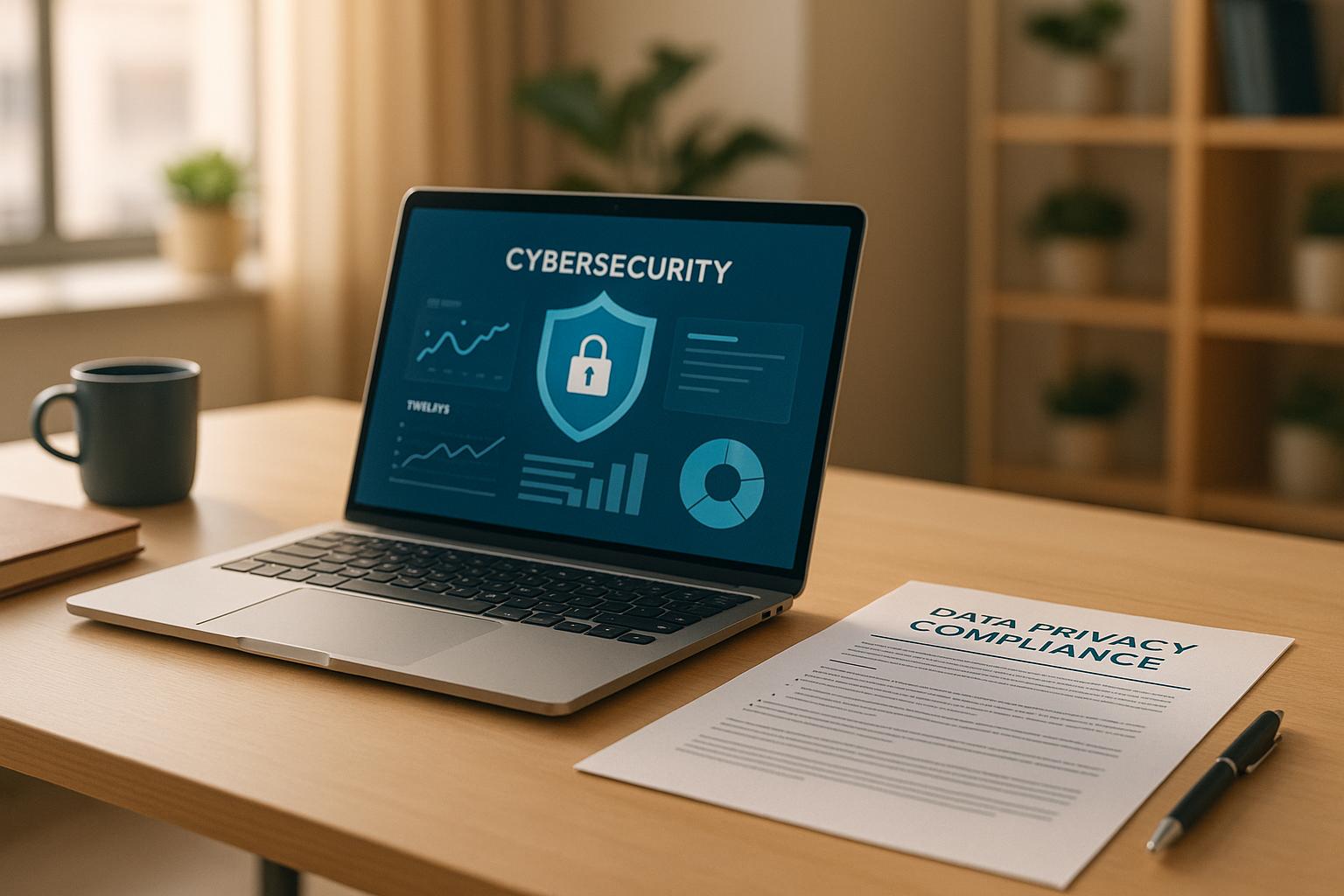
Cybersecurity and privacy compliance are critical for businesses today. Many companies turn to virtual roles like vCISOs (virtual Chief Information Security Officers) and vDPOs (virtual Data Protection Officers) to address these challenges without the cost of full-time hires.
- vCISO: Focuses on cybersecurity strategy, risk management, and compliance with frameworks like HIPAA or PCI DSS.
- vDPO: Ensures compliance with privacy laws like GDPR and CCPA, manages data subject rights, and liaises with regulators.
When Do You Need Both?
If your business handles sensitive data across jurisdictions or faces complex regulatory demands, hiring both roles can provide tailored expertise in security and privacy while saving costs.
What is a Virtual CISO?
1. vCISO (Virtual Chief Information Security Officer)
A virtual Chief Information Security Officer (vCISO) provides outsourced cybersecurity leadership, offering a practical alternative to hiring a full-time executive. With the median salary for traditional CISOs hitting $243,000 annually and an average tenure of just 26 months, many U.S. businesses are turning to vCISOs to save costs while maintaining robust security strategies.
Core Responsibilities
vCISOs focus on strategic security planning, risk management, compliance oversight, and incident response. They craft cybersecurity programs tailored to the organization's evolving needs and conduct regular assessments to identify potential threats and vulnerabilities. When incidents occur, they lead the response efforts, leveraging pre-established containment and resolution protocols.
Their role goes beyond technical tasks. vCISOs also ensure compliance with regulations, track emerging regulatory requirements, and guide security teams in identifying, prioritizing, and addressing threats. The goal is to align all security measures with the broader objectives of the organization.
Regulatory Triggers
Various U.S. regulatory frameworks often necessitate vCISO services. For example:
- Healthcare organizations must comply with HIPAA.
- Businesses handling California residents' data face CCPA requirements.
- Companies processing credit card payments need to meet PCI DSS standards.
- Publicly traded firms must adhere to SOX cybersecurity provisions.
The cost of non-compliance can be devastating. In 2017, British Airways was fined $229 million for a breach affecting 500,000 customers. Similarly, Target's 2013 data breach led to settlements totaling $104.5 million, including $67 million to Visa, $19 million to MasterCard, and $18.5 million to 47 states. For small and medium-sized businesses (SMBs), the stakes are even higher: 43% of cyberattacks target SMBs, and 60% of those affected shut down within six months. Regulatory compliance is not optional - it’s essential for survival.
Integration with GRC Tools
vCISOs often rely on Governance, Risk, and Compliance (GRC) platforms to streamline their work. These tools automate risk assessments and compliance checks, offering centralized dashboards for risks, controls, and compliance data. This approach leads to better decision-making and more efficient oversight. For example, Zurich Insurance enhanced its compliance processes by integrating MetricStream BusinessGRC, gaining a unified view of risks, automated workflows, and faster responses to compliance needs.
Value for U.S. Organizations
The financial benefits of hiring a vCISO are hard to ignore. They typically cost 30% to 50% less than full-time CISOs, with small businesses paying monthly retainers between $3,000 and $6,000, while medium-sized companies pay $5,000 to over $10,000. Aside from cost savings, vCISOs bring flexibility and specialized expertise, helping organizations safeguard their infrastructure, data, and customers while addressing strategic security gaps.
Demand for vCISO services is growing, with the Governance, Risk, and Compliance sector representing a $100 billion market opportunity. To maximize the value of these services, organizations should choose partners who align with their long-term security goals and establish clear expectations from the start. This ensures that cybersecurity investments yield meaningful results and support the development of sustainable security programs.
2. vDPO (Virtual Data Protection Officer)
A virtual Data Protection Officer (vDPO) serves as a dedicated privacy expert, focusing on ensuring lawful data handling and maintaining transparency in data processing. Unlike roles aimed at preventing cybersecurity threats, vDPOs specialize in compliance with data protection regulations and safeguarding data subject rights.
Core Responsibilities
vDPOs oversee privacy compliance within an organization. Their responsibilities include monitoring adherence to data protection laws, advising on data protection impact assessments (DPIAs), conducting internal audits, and training employees on privacy protocols. They also act as the primary contact for regulatory authorities and individuals whose data is being processed.
"Data protection officers (DPOs) assist you to monitor internal compliance, inform and advise on your data protection obligations, provide advice regarding Data Protection Impact Assessments (DPIAs) and act as a contact point for data subjects and the Information Commissioner." - Information Commissioner's Office
To maintain independence, vDPOs report directly to senior management and operate free from conflicts of interest. Their duties extend to conducting risk assessments, maintaining records of data processing activities, managing data subject requests, and liaising with regulators. A key part of their role is demonstrating accountability by showing that the organization actively protects personal data. This is especially important as privacy regulations become increasingly stringent across various jurisdictions.
Regulatory Triggers
State-level privacy laws in the U.S., such as the California Consumer Privacy Act (CCPA), are driving the need for vDPO expertise. While cybersecurity regulations focus on protecting systems from threats, privacy laws emphasize transparency, consent management, and the rights of data subjects. This creates a clear distinction between the roles of vCISOs, who manage technical security risks, and vDPOs, who focus on privacy compliance. As additional laws, like Virginia's Consumer Data Protection Act and Colorado's Privacy Act, come into play, organizations operating across multiple states increasingly rely on vDPOs to navigate the complexities of diverse regulatory requirements.
Integration with GRC Tools
To handle the growing complexity of privacy regulations, vDPOs often turn to Governance, Risk, and Compliance (GRC) platforms. These tools help streamline privacy processes by centralizing risk assessments, automating compliance tasks, and monitoring controls. GRC platforms tailored for privacy management also simplify evidence collection for audits and improve third-party oversight by managing vendor onboarding, risk evaluations, ongoing monitoring, and offboarding [30, 31].
Value for U.S. Organizations
Hiring a vDPO helps organizations reduce the risks and costs associated with privacy violations while simplifying compliance with intricate data protection laws. Privacy regulations demand expertise that goes beyond the scope of a CISO’s responsibilities. A vDPO provides specialized knowledge in privacy law, IT security, and compliance, ensuring the organization stays aligned with evolving regulations. By clearly communicating risks and compliance requirements to leadership, vDPOs contribute to building a proactive privacy program. For businesses handling personal data, this not only minimizes regulatory exposure but also strengthens customer trust.
sbb-itb-ec1727d
Advantages and Disadvantages
Balancing costs and operational demands is essential for organizations aiming to enhance compliance and security. Here's a closer look at the benefits and challenges of leveraging vCISO and vDPO roles.
Cost-Effectiveness and Scalability
One of the standout advantages of vCISO services is their ability to cut costs compared to hiring a full-time Chief Information Security Officer. In 2024, the median annual salary for a full-time CISO ranged from $202,000 to $357,000. By contrast, businesses can opt for more flexible pricing models, such as hourly rates ($150–$400) or monthly retainers ($5,000–$20,000).
Similarly, vDPO services offer flexibility by scaling their efforts based on a company’s changing privacy and compliance needs. This adaptability is particularly valuable as privacy regulations evolve across different states, allowing organizations to adjust without committing to a full-time hire.
Expertise and Experience
Both vCISO and vDPO professionals bring a wealth of experience from working across various industries, which often translates into broader insights than those offered by internal hires. For instance, vCISOs can draw on diverse cybersecurity expertise and leverage advanced tools, including AI, to automate critical tasks. On the other hand, vDPOs excel in navigating intricate data protection laws, ensuring compliance with regulations like GDPR and CCPA.
However, one potential drawback is that virtual professionals may require additional time to align with an organization's unique culture and processes. While this onboarding period can be a hurdle, their external perspective often proves invaluable in addressing operational and regulatory challenges.
| Aspect | vCISO | vDPO |
|---|---|---|
| Cost-Effectiveness | Reduces costs by avoiding full-time salaries ($202,000–$357,000) with flexible pricing models ($150–$400/hr; $5,000–$20,000/month) | Offers savings compared to hiring a full-time Data Protection Officer |
| Scalability | Easily adjusts to meet evolving cybersecurity needs | Adapts to shifting state privacy laws |
| Expertise | Provides broad cybersecurity knowledge and uses advanced technologies to enhance operations | Focuses on data protection compliance and privacy management |
| Coordination | Requires clear SLAs to ensure accountability | Needs well-defined roles to avoid overlaps and ensure smooth collaboration |
Operational Considerations
Operational integration is a crucial factor when adopting vCISO and vDPO services. Organizations must establish clear service-level agreements (SLAs) to set expectations and ensure accountability. While combining these roles can enhance protection against cyber threats, it also introduces complexity. Interestingly, only about 10% of organizations in the EU and US merge these roles, despite the potential for comprehensive coverage when dealing with sensitive personal data.
Regulatory and Compliance Impact
vDPOs shine when it comes to navigating the maze of state-specific privacy laws. They specialize in ensuring compliance with transparency requirements and protecting data subject rights. Meanwhile, vCISOs lay the groundwork for privacy compliance through robust technical measures. However, these roles don't always overlap seamlessly, and regulators have penalized companies for failing to clearly separate the responsibilities of CISOs and DPOs.
One of the primary challenges lies in coordination. Without proper integration, organizations risk creating silos between their security and privacy functions. This lack of alignment can lead to gaps in protection or conflicting policies, ultimately confusing employees and stakeholders alike.
Conclusion
Aligning cybersecurity leadership with privacy expertise has never been more important in today’s complex regulatory environment. Whether your organization needs a vCISO, a vDPO, or both depends largely on your specific regulatory requirements and how you handle sensitive data. To achieve robust protection, businesses must ensure both cybersecurity and privacy expertise are in place.
The decision becomes clearer when you evaluate your compliance needs. For instance, failing to meet GDPR standards could result in hefty fines. Similarly, industries handling critical or highly regulated data can greatly benefit from the strategic oversight a vCISO provides.
When to engage a vCISO
A vCISO is indispensable for organizations seeking strategic security leadership. This role covers areas like incident response, risk management, and compliance with frameworks such as SOC 2, ISO 27001, or HIPAA. A vCISO ensures your cybersecurity risks are managed effectively, both operationally and financially.
When to engage a vDPO
A vDPO is essential if your organization processes personal data under regulations like GDPR, CCPA, or other state privacy laws. This role focuses on maintaining privacy compliance, overseeing data subject rights, and staying ahead of evolving privacy regulations.
When you need both
If your organization operates across multiple jurisdictions or faces intricate regulatory challenges, combining the expertise of a vCISO and a vDPO is the optimal approach. Andreas Klug, Chief Privacy Officer at QVC Ladbrokes Coral, highlights the distinct nature of these roles:
"The functions of the CSO and the DPO have been always very separate. It's a different education. The DPO tends to be either a legal or compliance professional who is used to interpret and apply laws in an organizational environment whereas the CISO tends to be more versed in tech, usually has an IT background, and uses technology in order to keep the company and data safe."
European regulators have reinforced the need to keep these roles separate, penalizing organizations that improperly combine them. Significant fines have been issued for conflicts between these responsibilities.
By outsourcing both roles, organizations gain access to specialized expertise, operational flexibility, and cost savings. With approximately 72% of companies in the EU and US employing at least one DPO, and as cybersecurity threats grow more sophisticated, the value of virtual leadership becomes increasingly evident. While the vCISO protects your systems and mitigates threats, the vDPO ensures compliance with privacy laws and safeguards personal data.
For maximum effectiveness, these roles must work together while maintaining their distinct responsibilities. A strong partnership between a vCISO and vDPO strengthens your organization’s defenses against evolving cybersecurity and privacy challenges.
FAQs
What’s the difference between a vCISO and a vDPO, and when might your organization need both?
A vCISO (virtual Chief Information Security Officer) is responsible for creating and managing your organization's information security program. Their work includes addressing cybersecurity risks, implementing security frameworks, and ensuring the organization meets industry compliance standards. Meanwhile, a vDPO (virtual Data Protection Officer) focuses on data privacy, ensuring adherence to privacy laws like GDPR and CCPA, and overseeing the collection, storage, and use of personal data.
These two roles work hand-in-hand, tackling the essential areas of cybersecurity and data privacy. Together, they help organizations mitigate risks, comply with regulations, and improve governance practices. For businesses dealing with sensitive data or navigating complex regulatory landscapes, having both a vCISO and a vDPO offers a well-rounded approach to protection and compliance.
How can a business decide if it needs both a vCISO and a vDPO, and what value do these roles provide together?
To determine whether your business would benefit from both a virtual Chief Information Security Officer (vCISO) and a virtual Data Protection Officer (vDPO), you’ll need to assess several key factors: your regulatory requirements, cybersecurity risks, and data privacy challenges. For instance, laws like GDPR or CCPA often demand strong data protection and security measures - areas where these roles can provide essential support.
Each role brings a unique focus to the table. A vCISO concentrates on building and managing cybersecurity strategies, preventing breaches, and overseeing risk management. On the other hand, a vDPO ensures your organization complies with data privacy laws and implements proper practices for handling personal data. Together, they create a balanced approach, aligning security and compliance efforts. This collaboration not only strengthens governance but also helps your organization meet legal and operational demands more efficiently.
What challenges can arise when combining vCISO and vDPO roles, and how can organizations address them?
Integrating the roles of vCISO (virtual Chief Information Security Officer) and vDPO (virtual Data Protection Officer) can sometimes create hurdles. These challenges often stem from overlapping duties, potential conflicts of interest, or miscommunication, especially when the lines between cybersecurity and data privacy aren’t clearly drawn.
To navigate these issues, organizations should start by clearly outlining the specific responsibilities of each role. Encouraging open collaboration between the vCISO and vDPO is equally important, as is setting up structured communication channels to avoid misunderstandings. Regular training sessions and a well-documented governance framework can further ensure that both roles align seamlessly, working together to achieve compliance and strengthen security.


